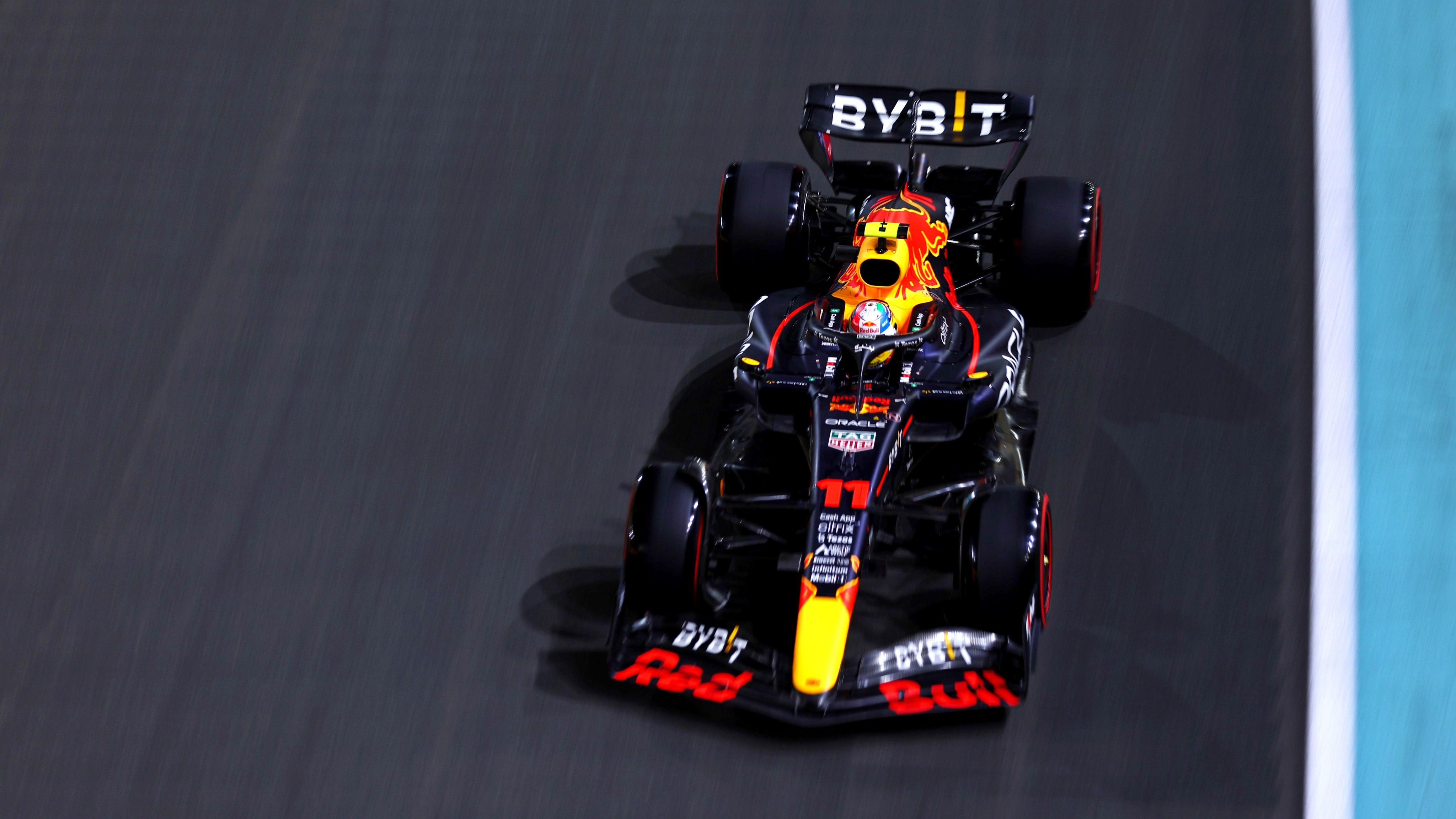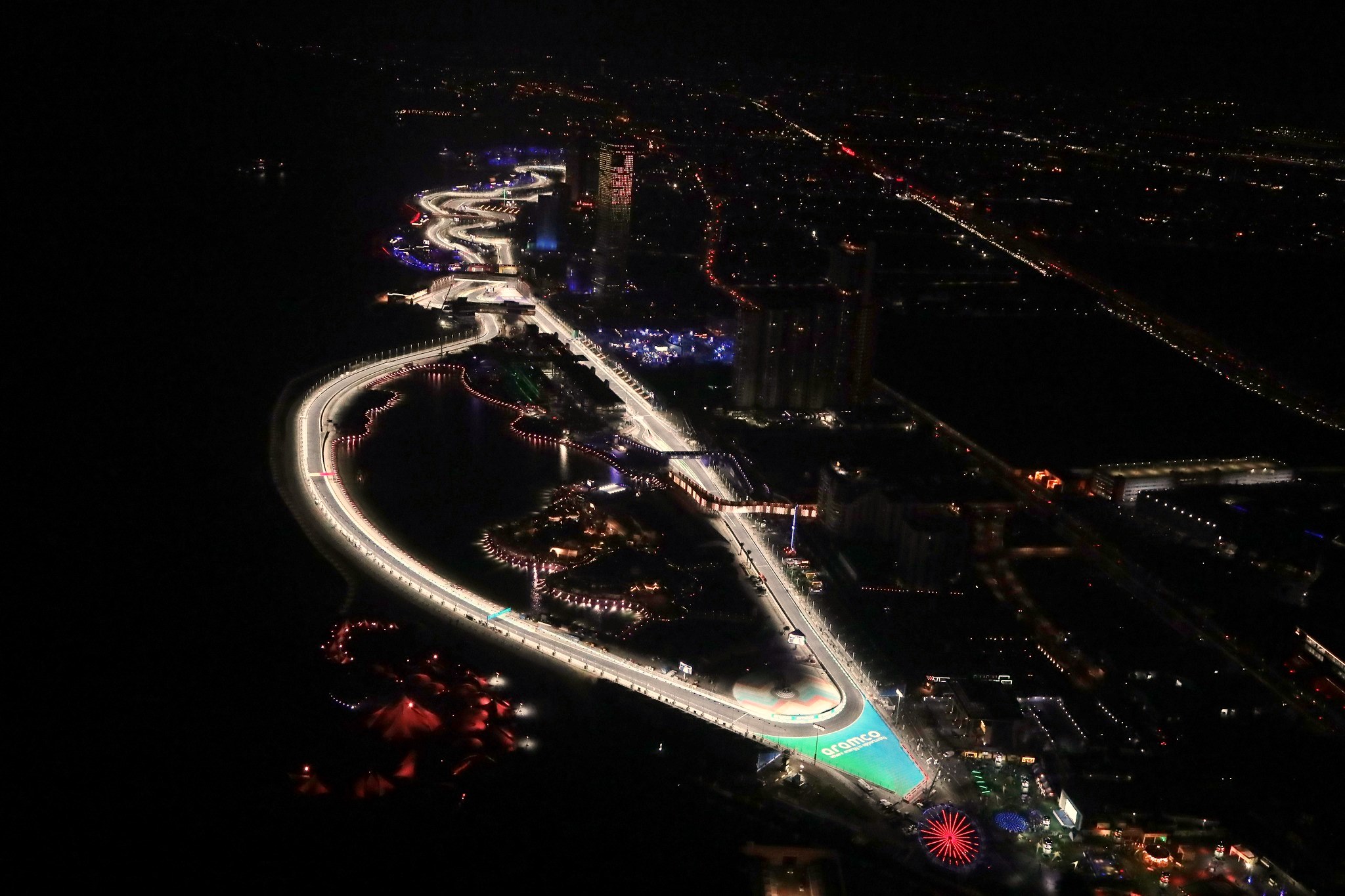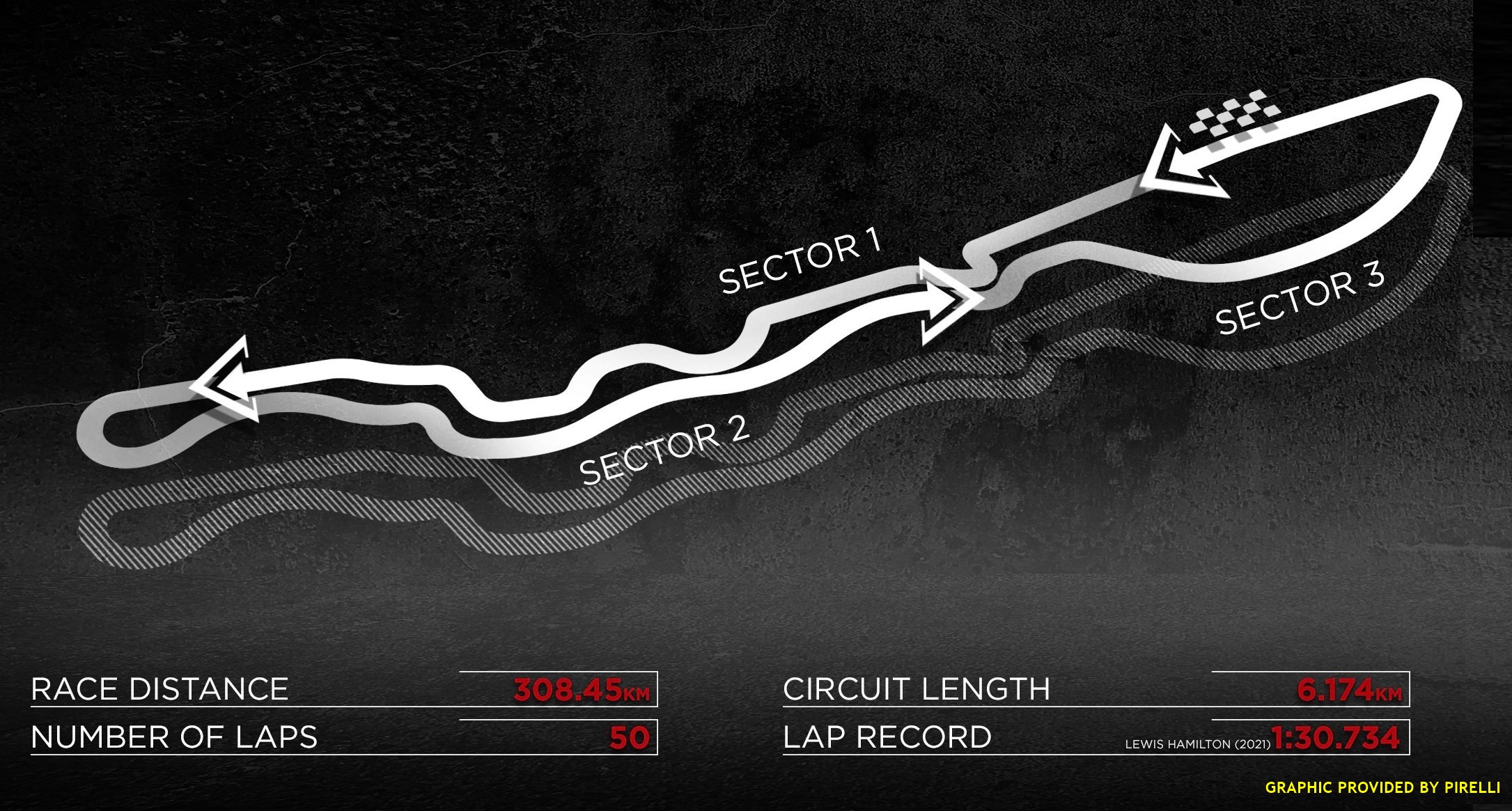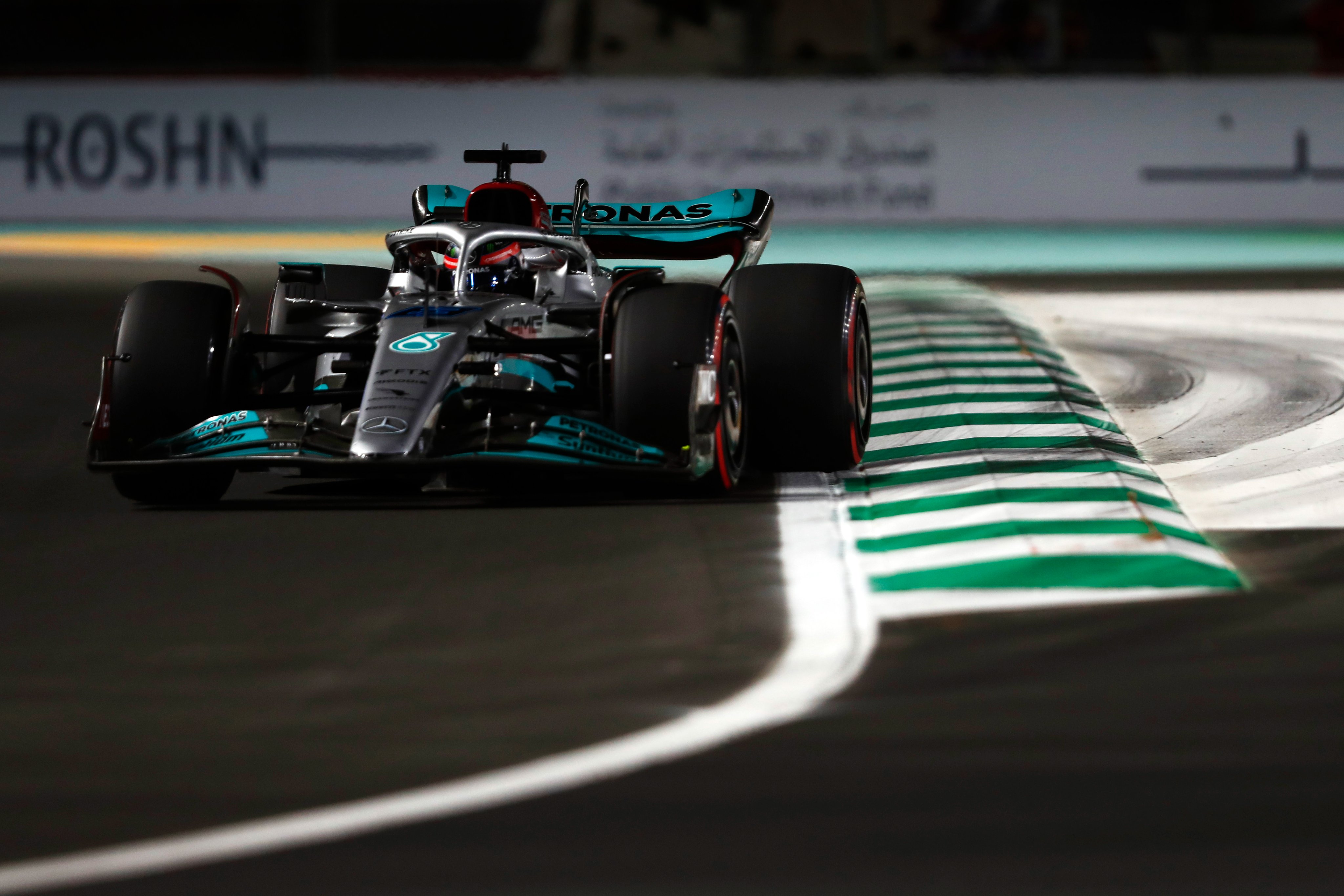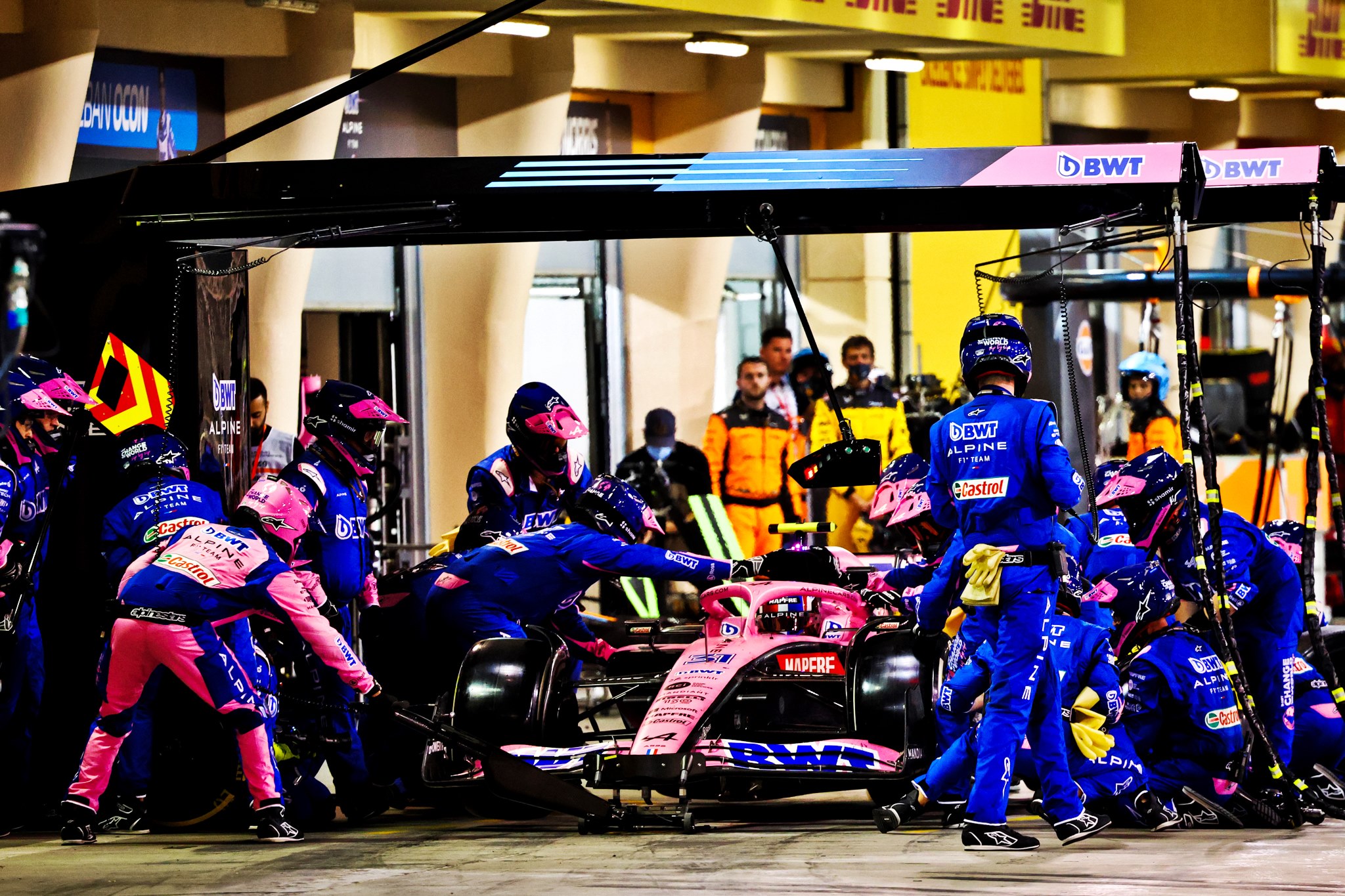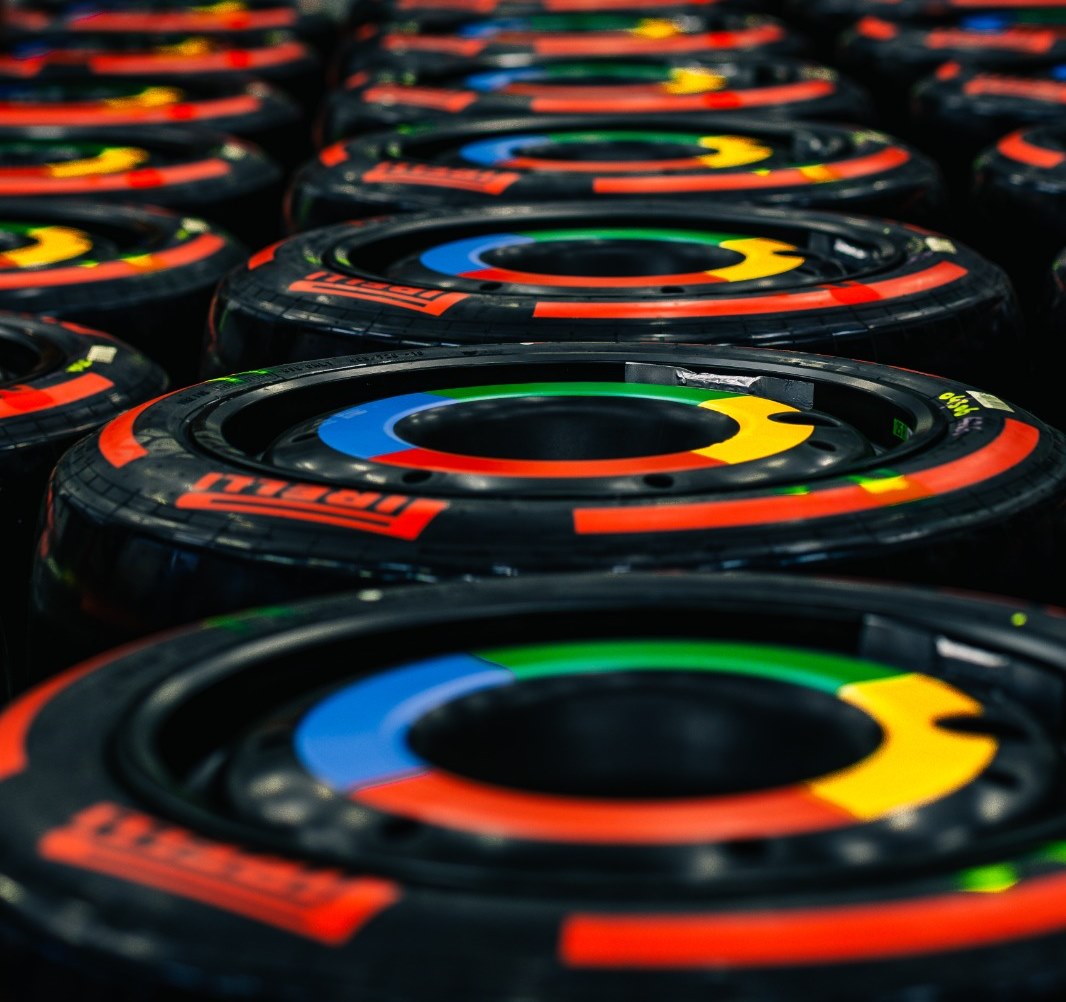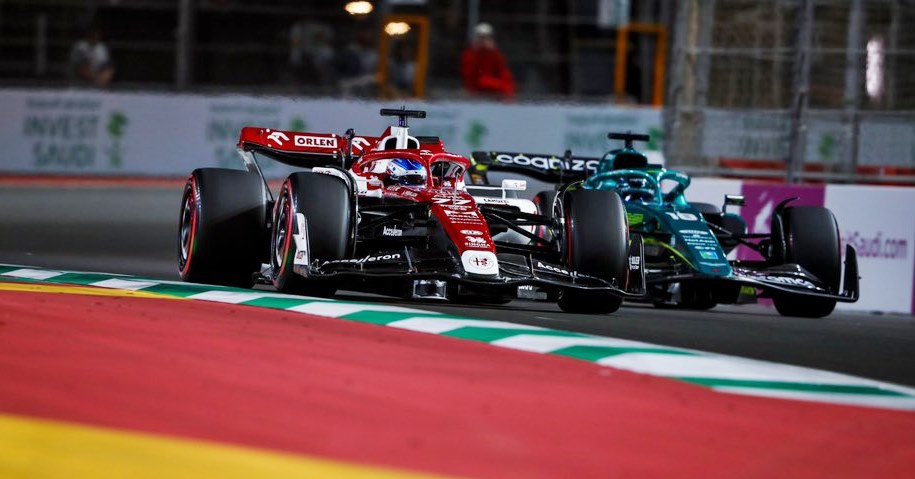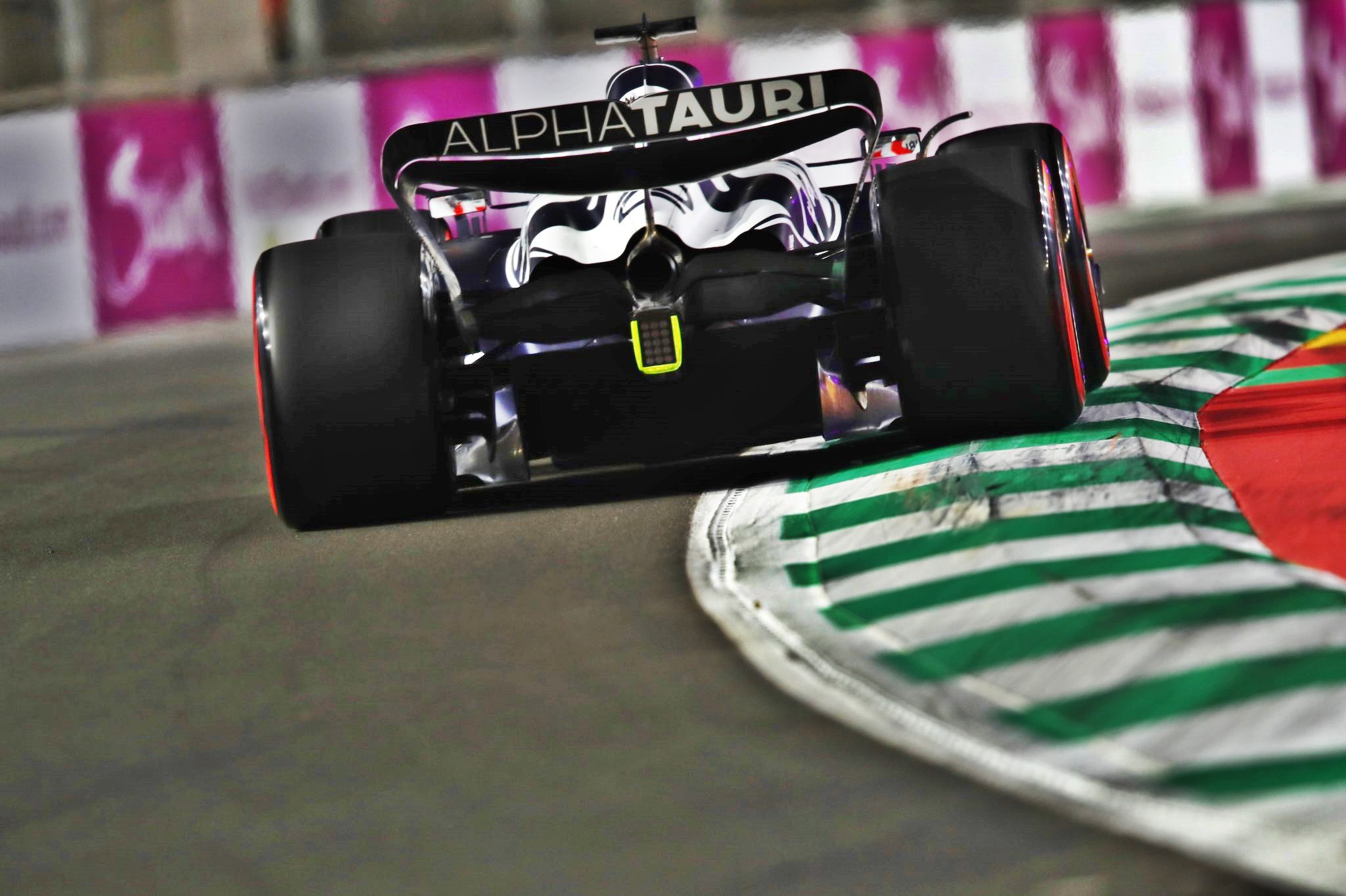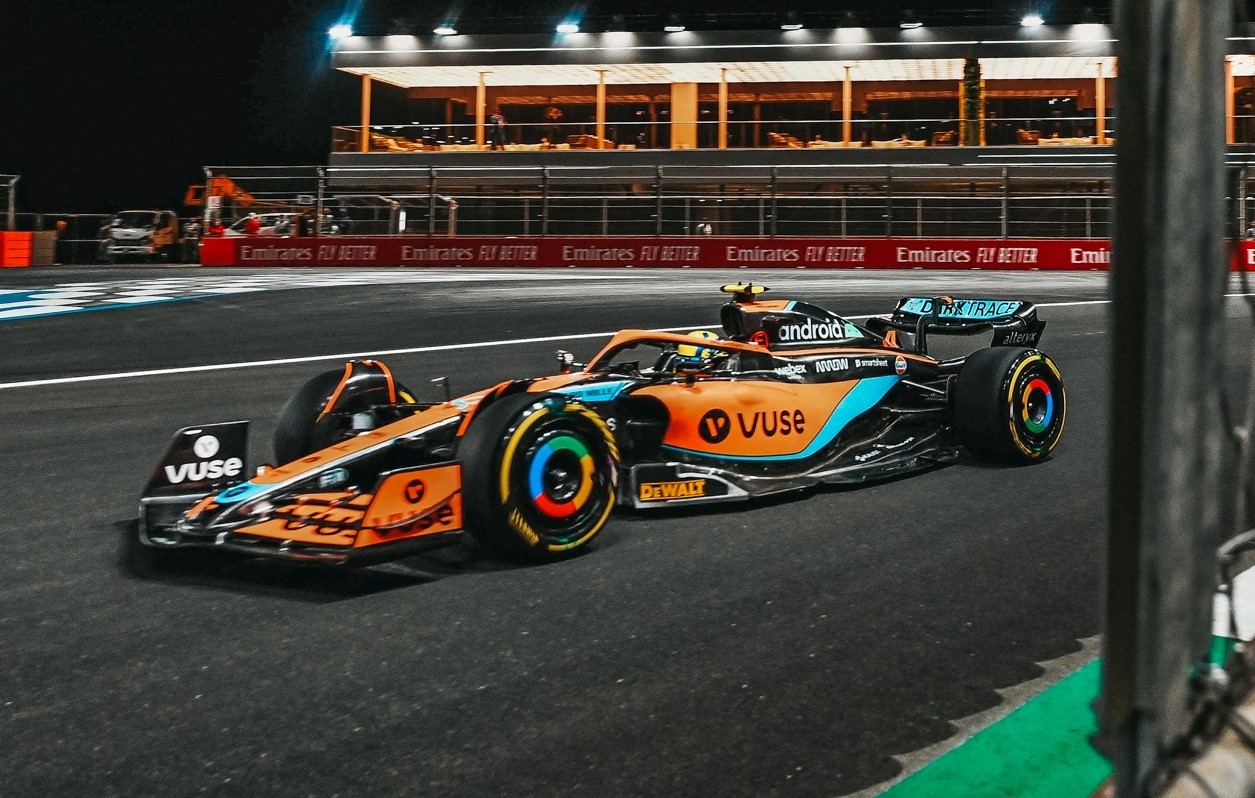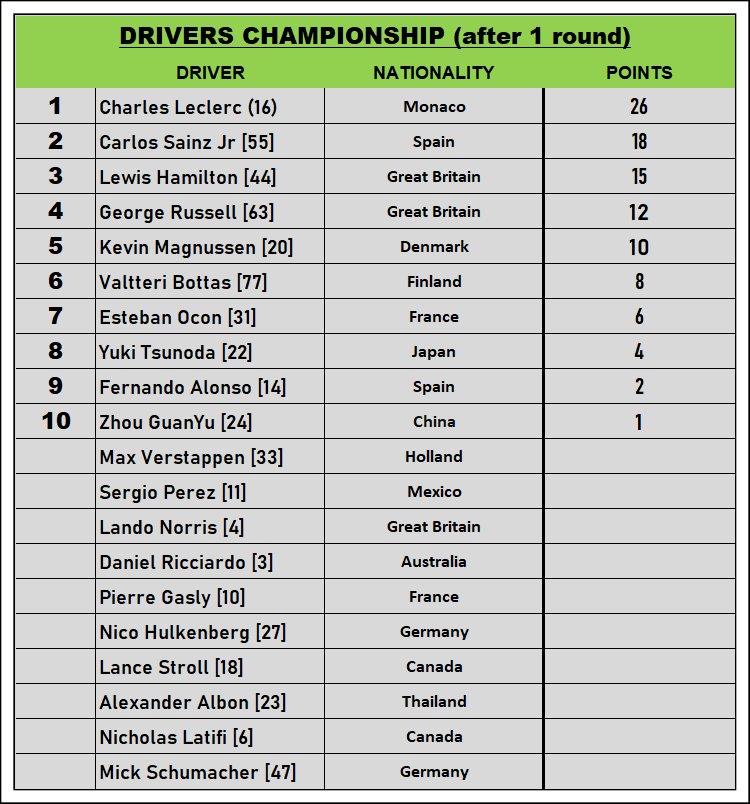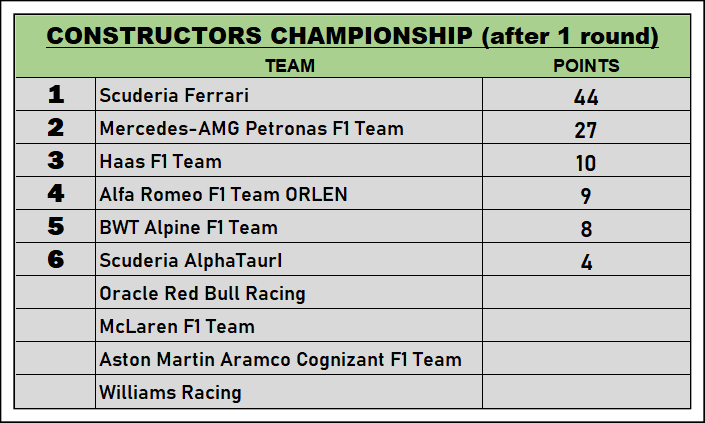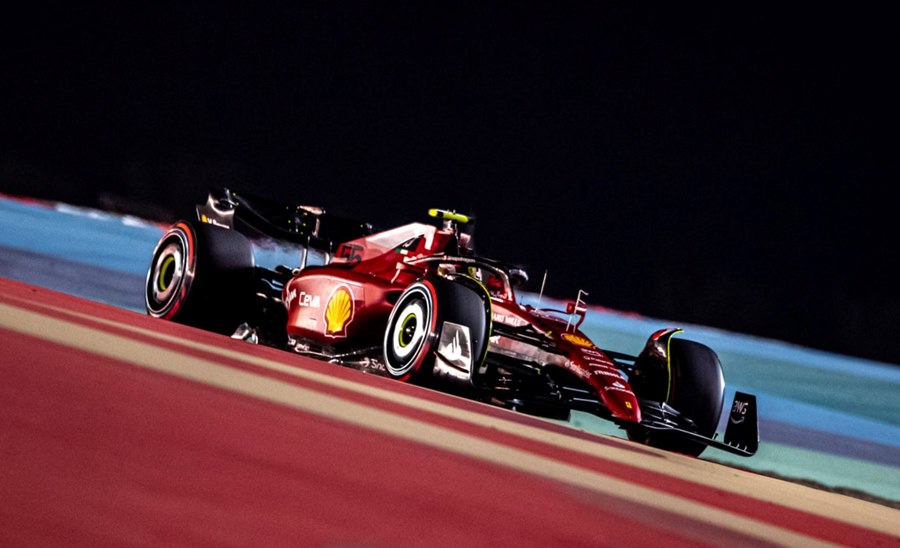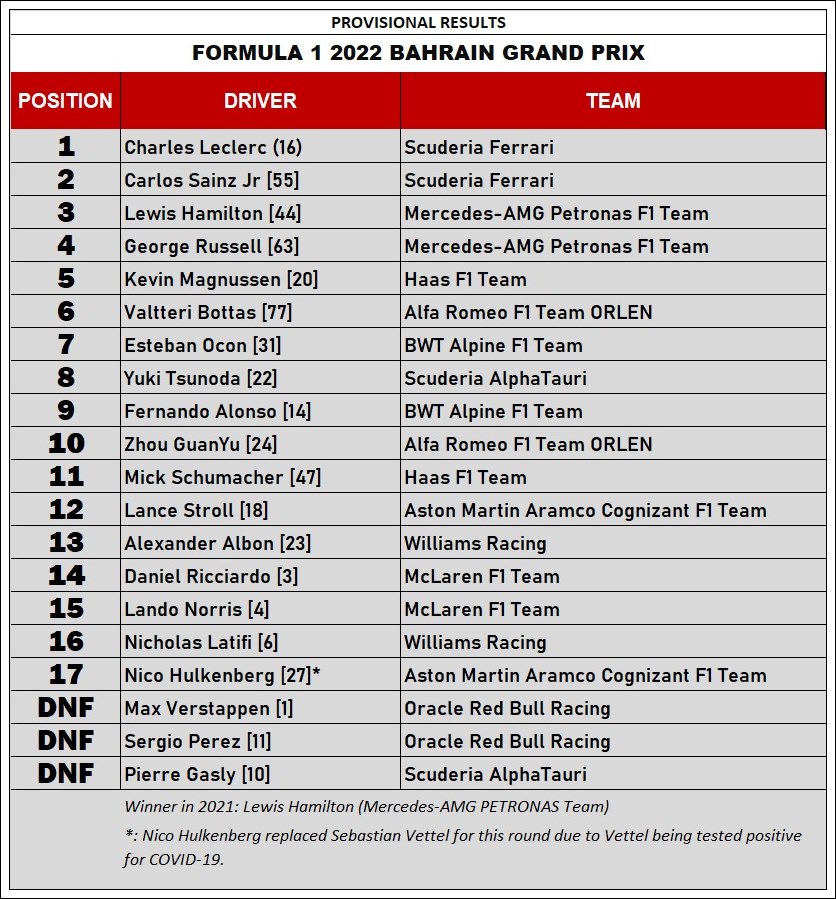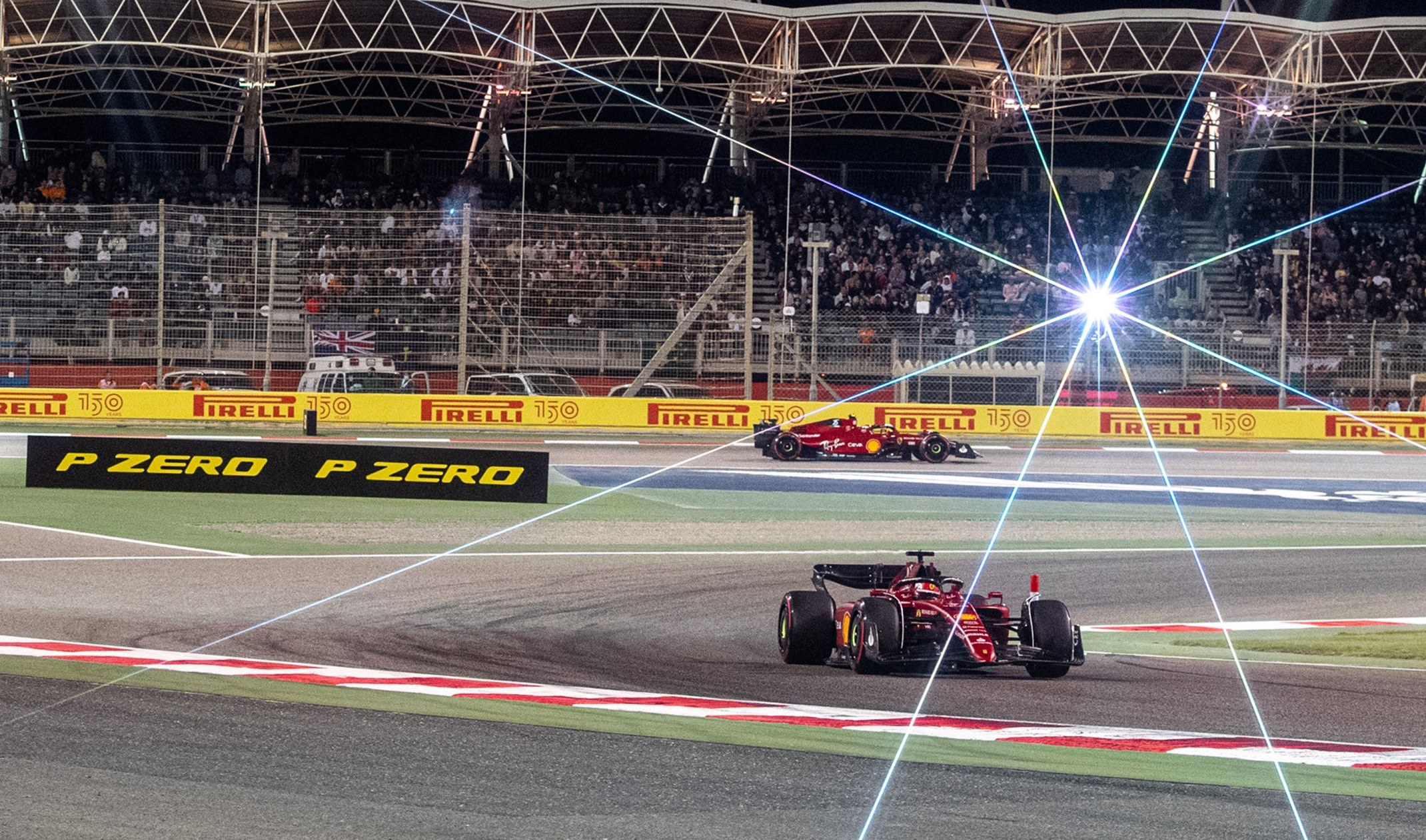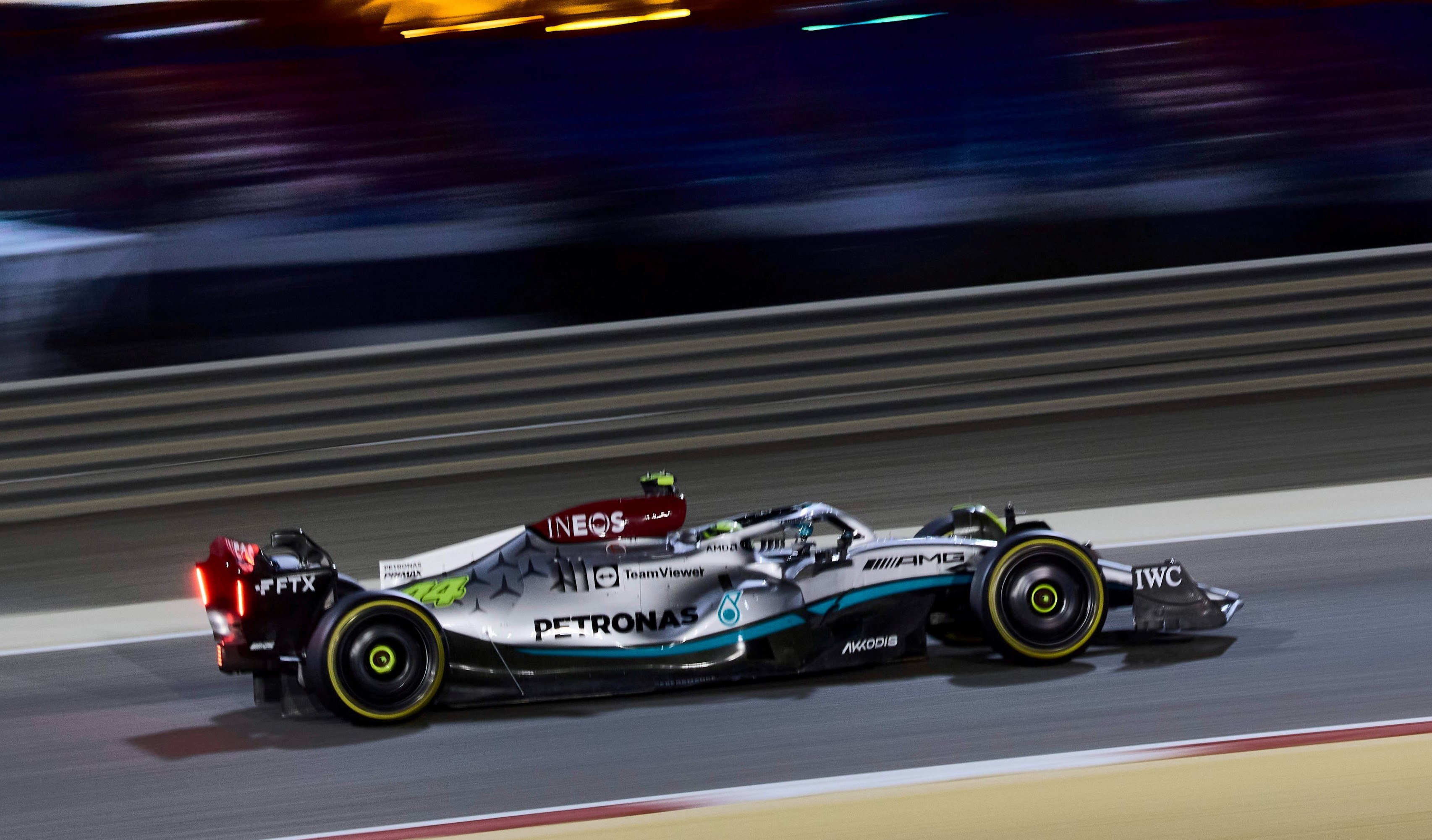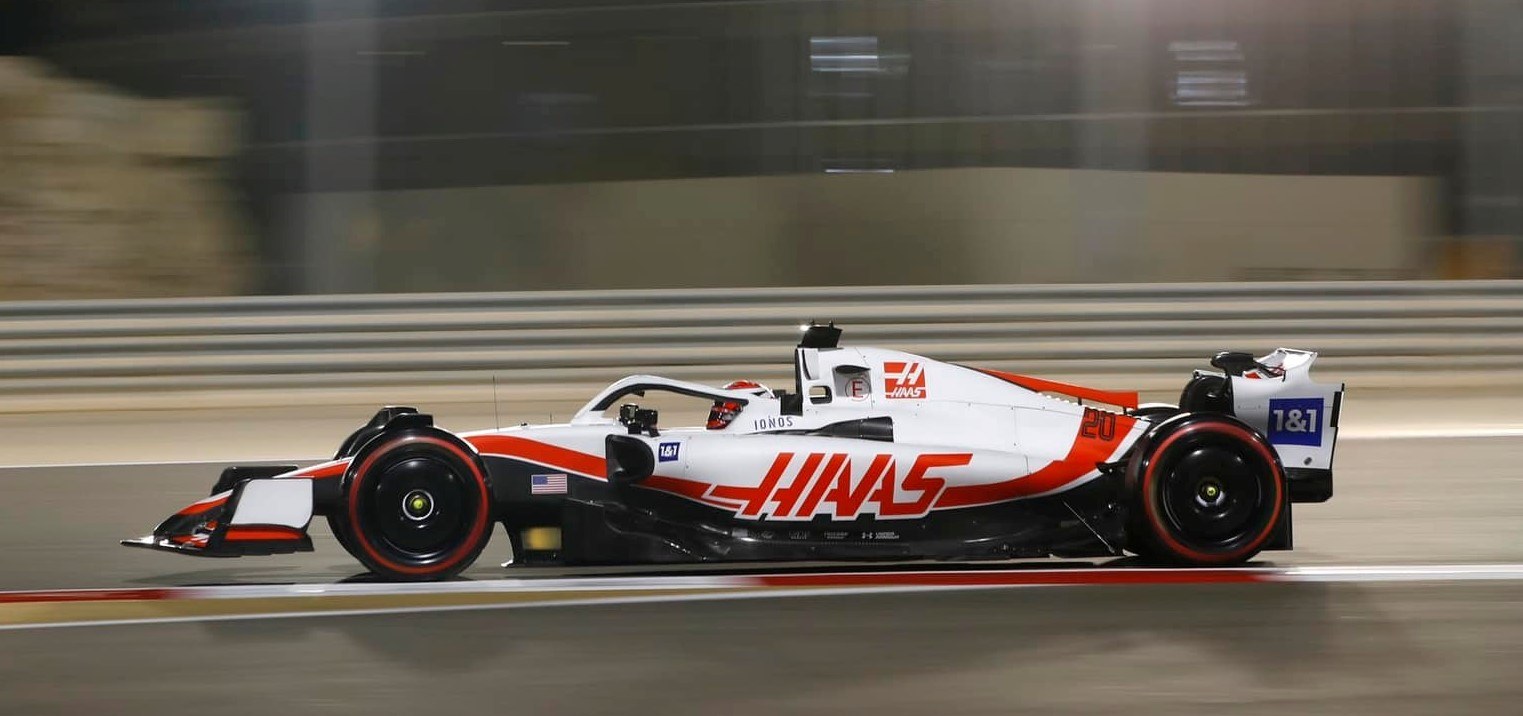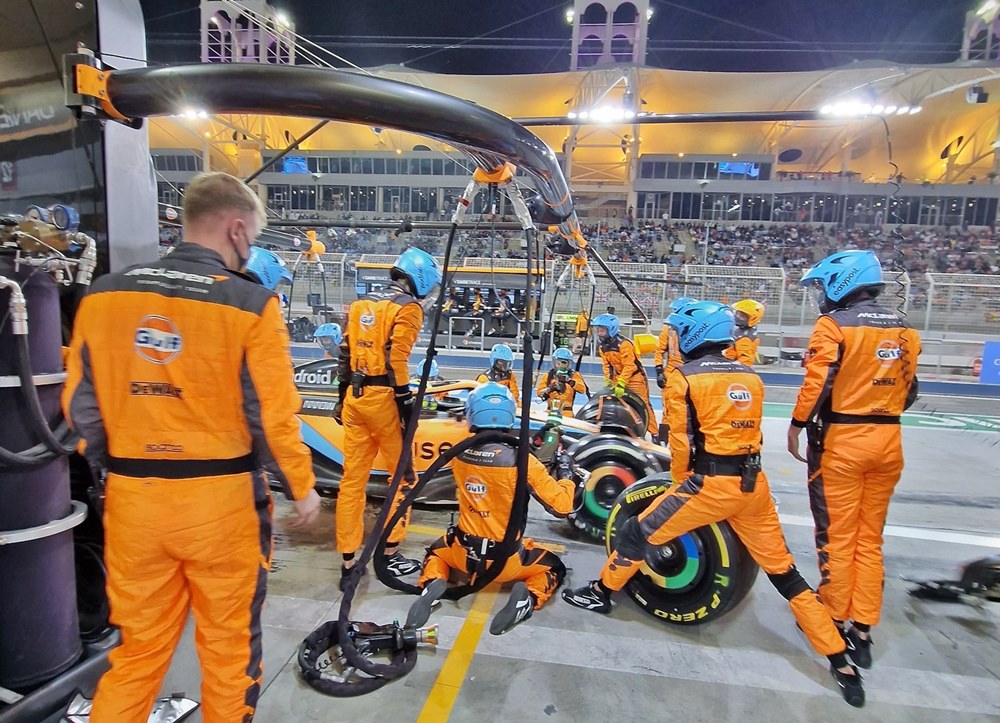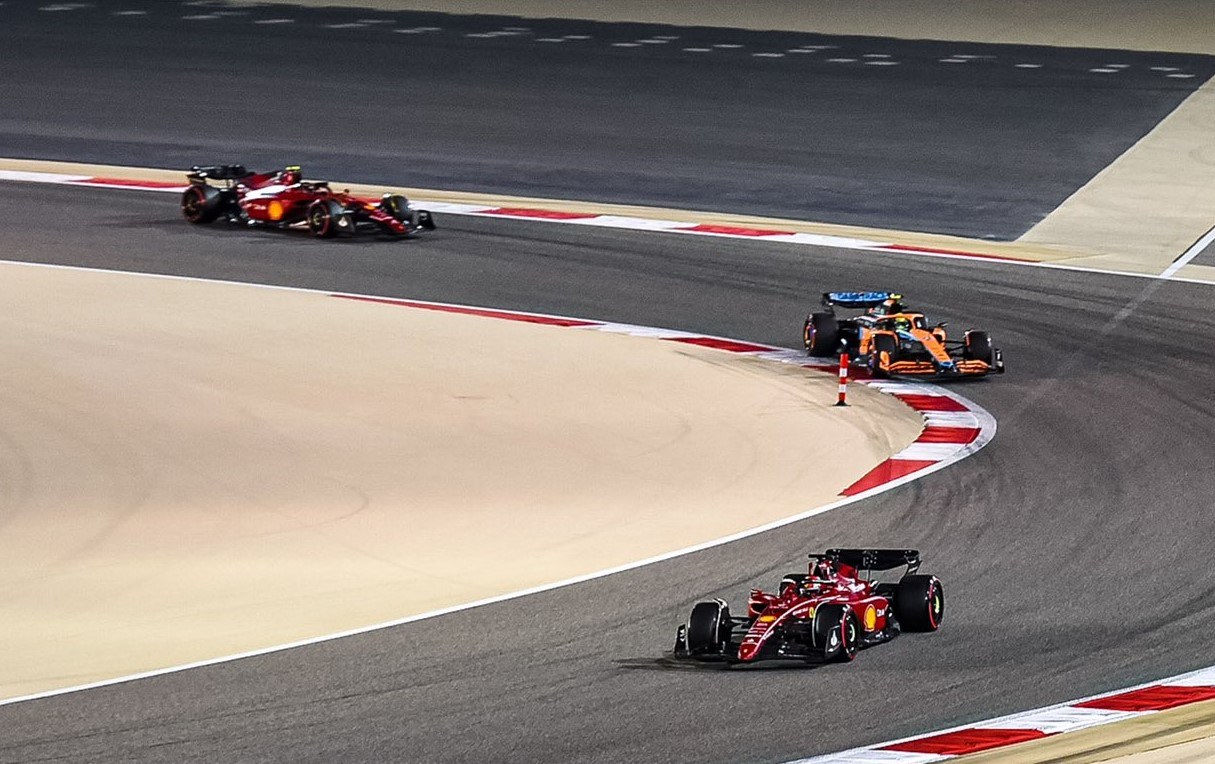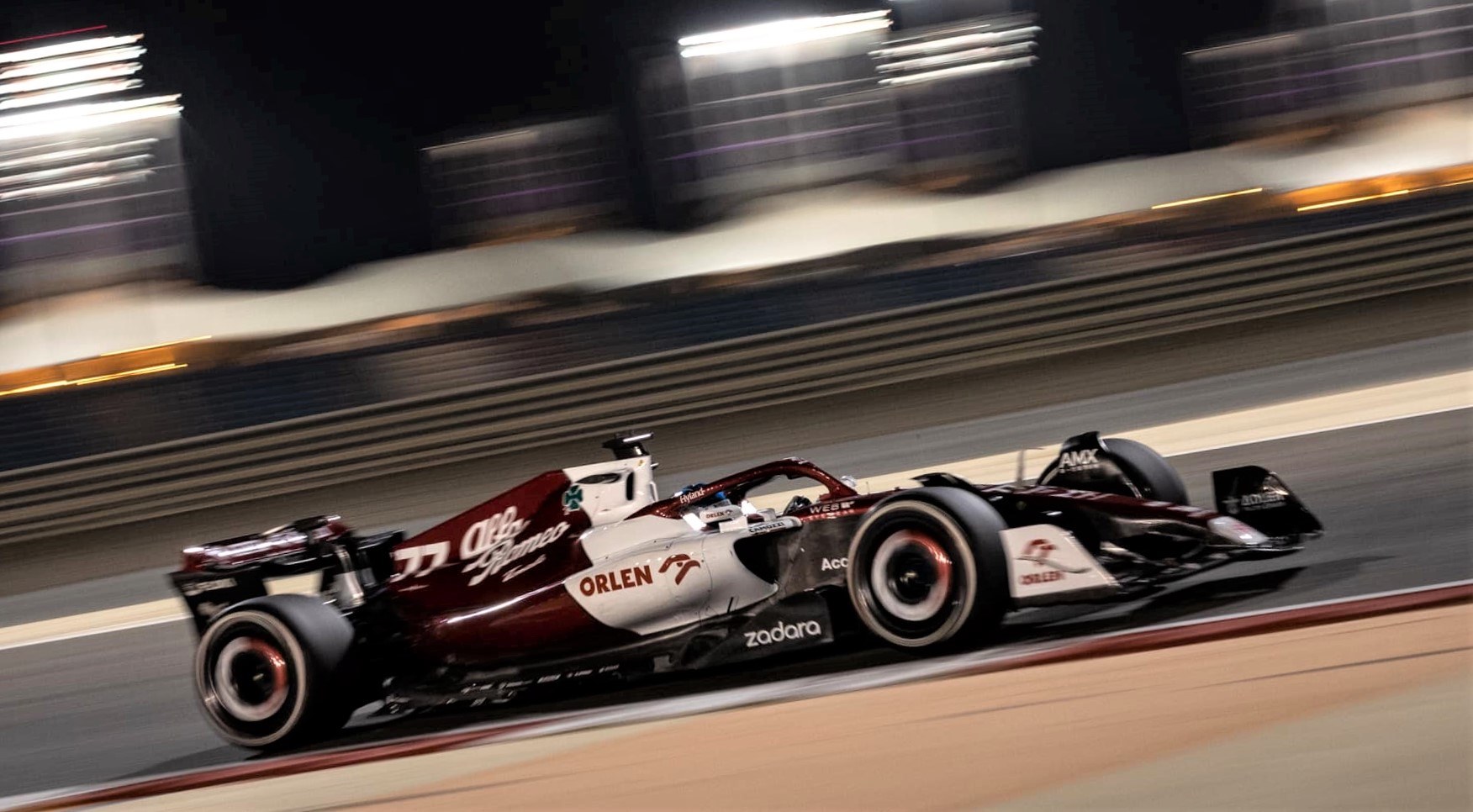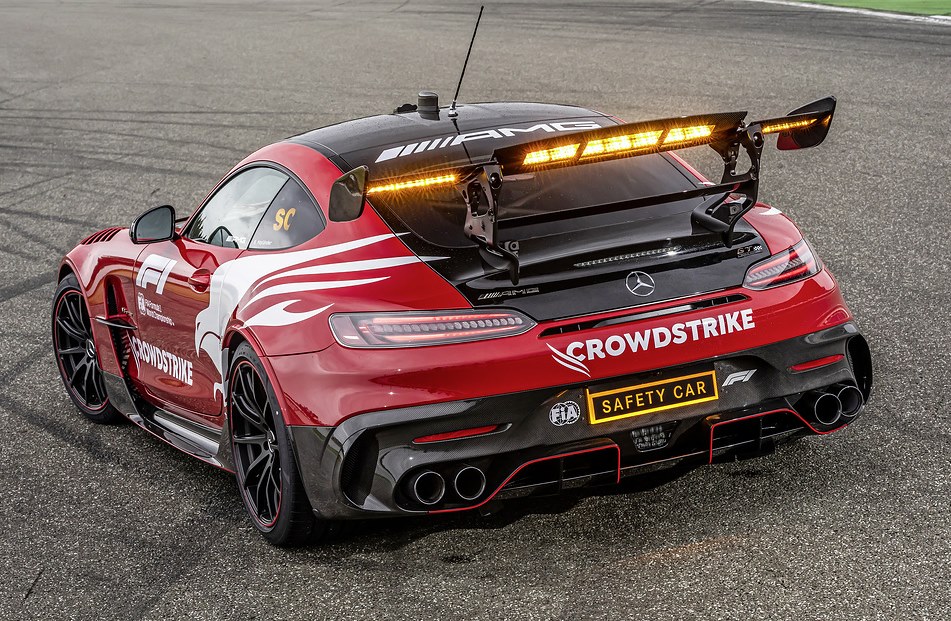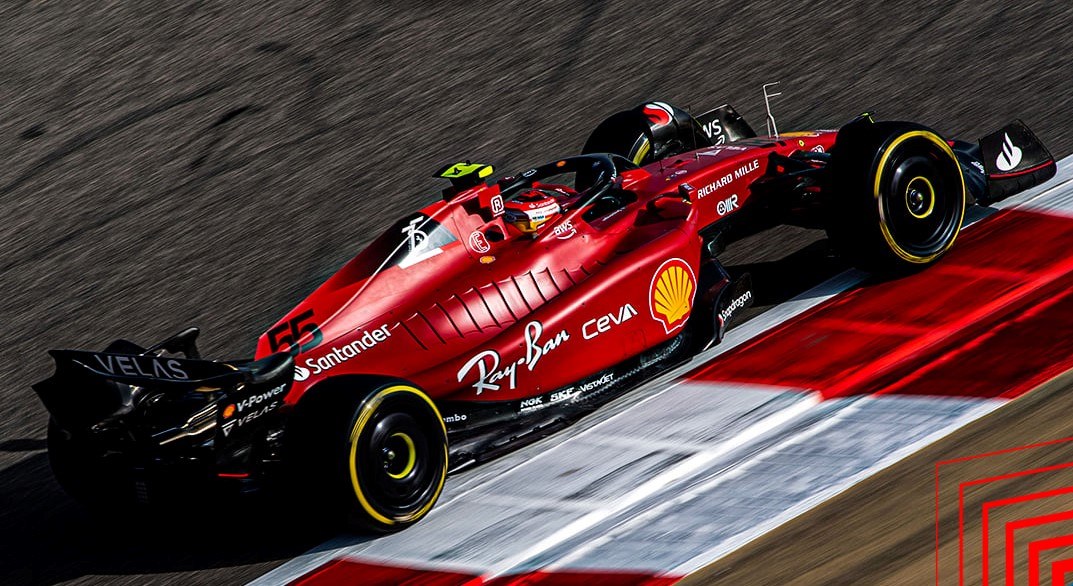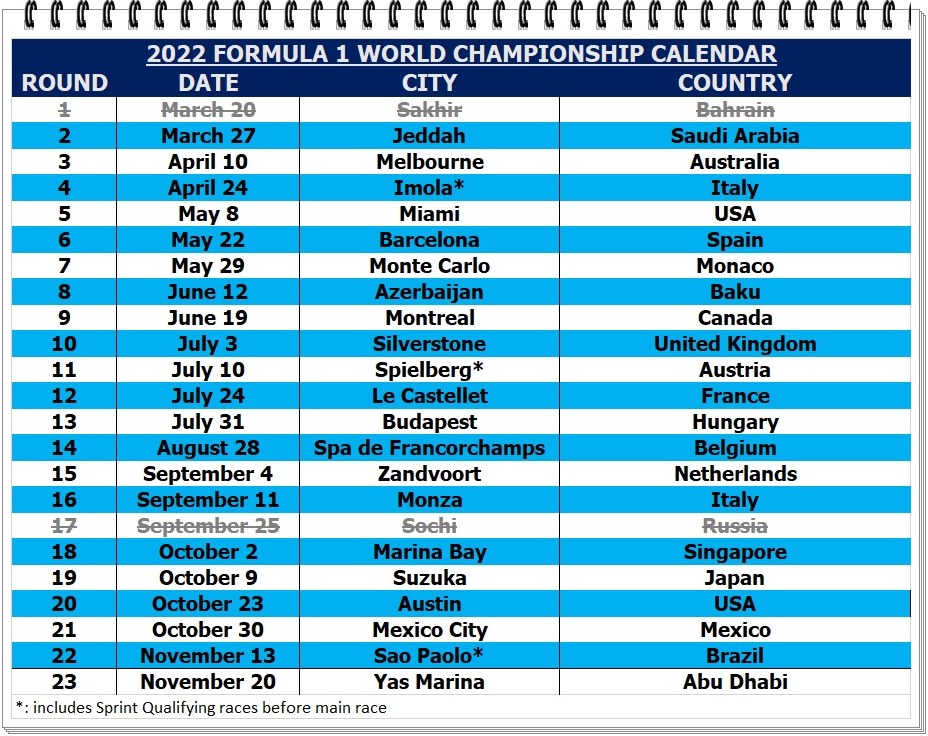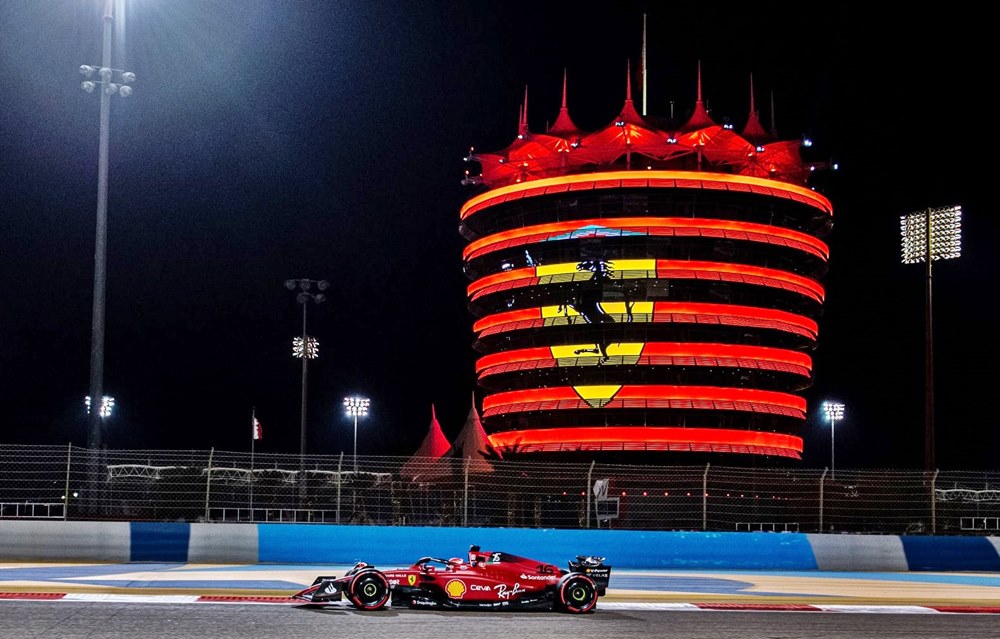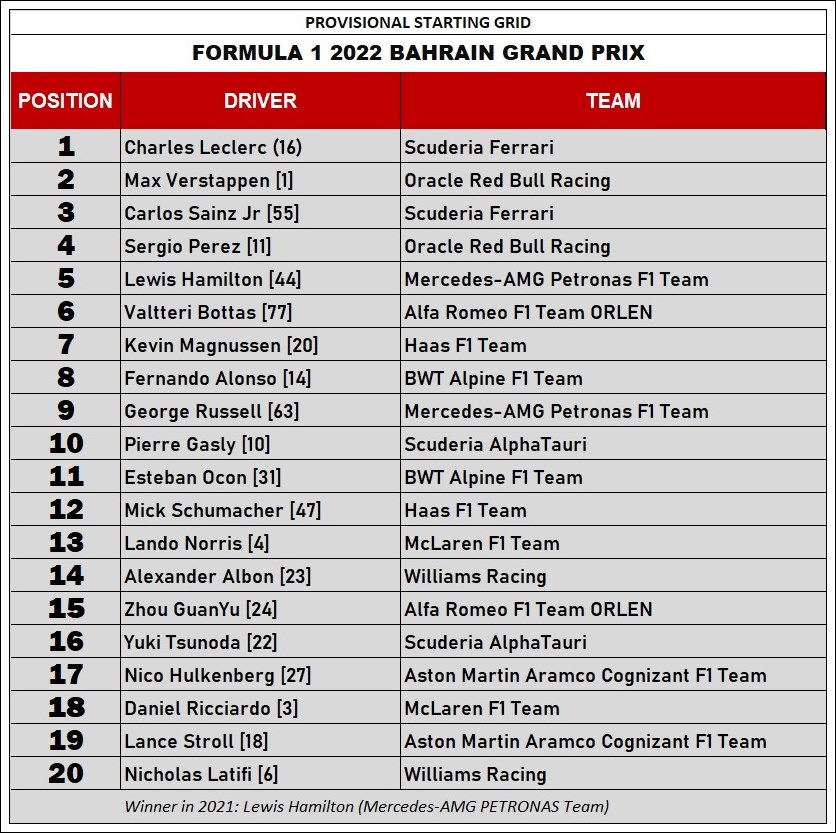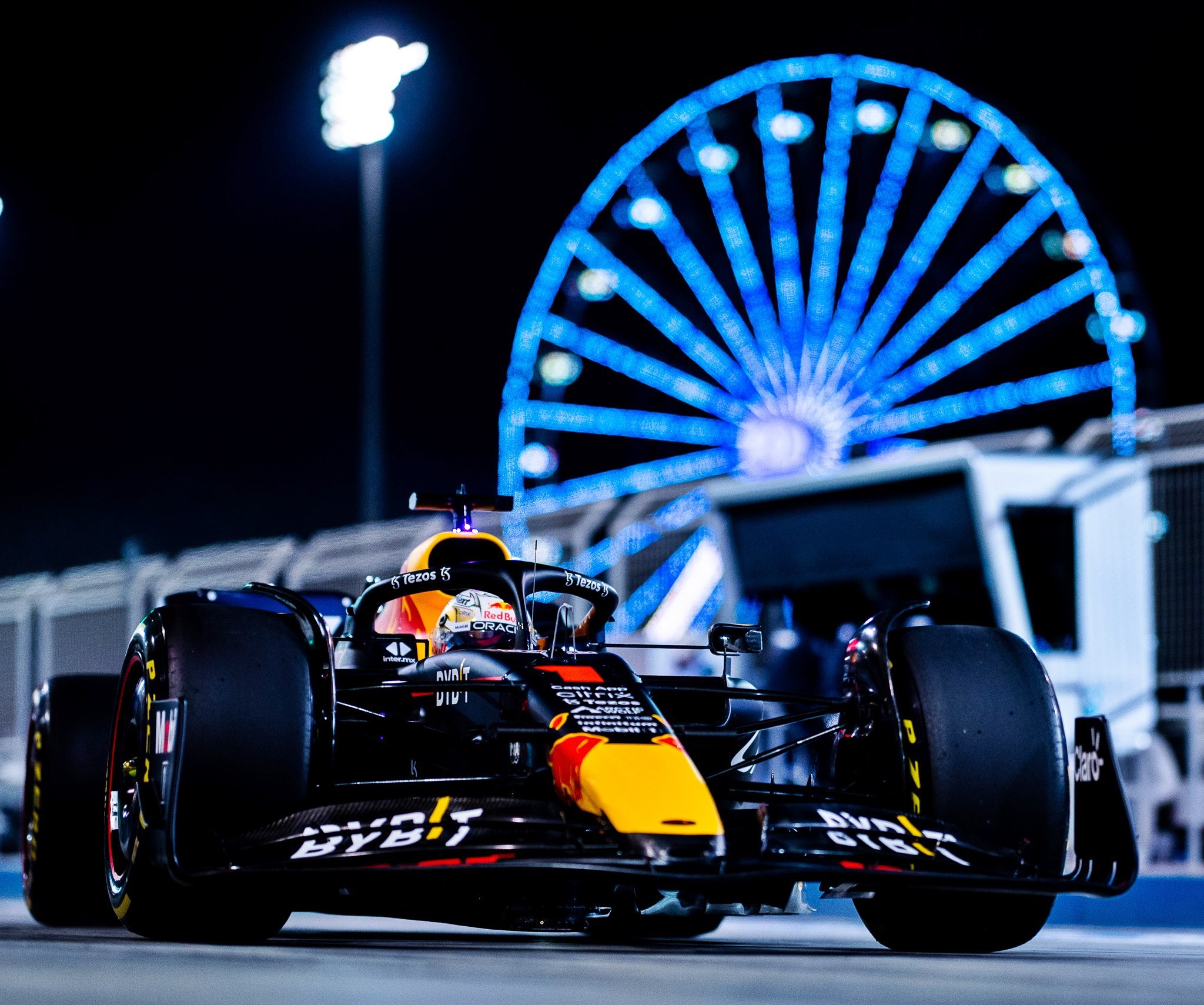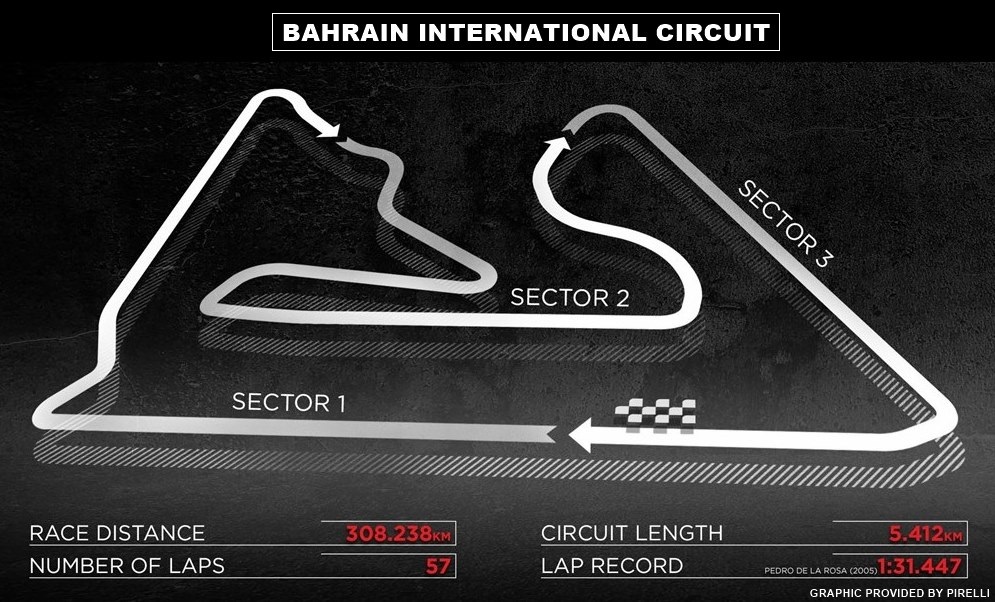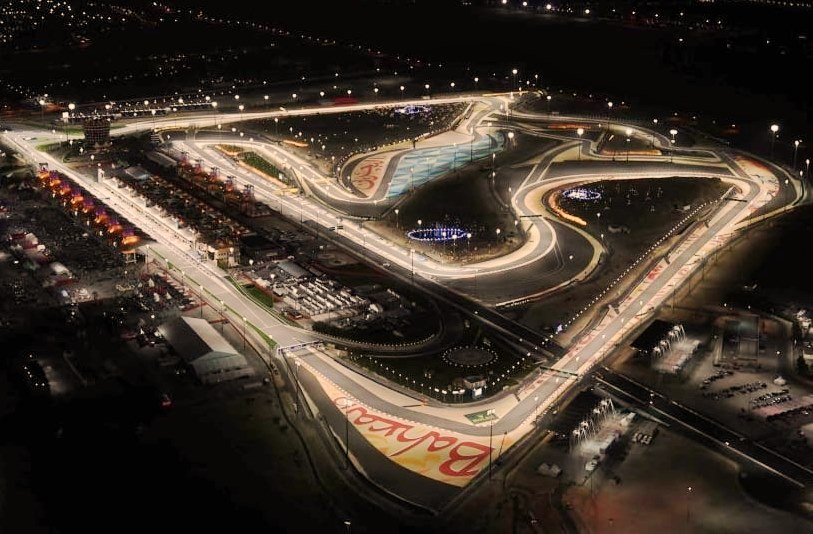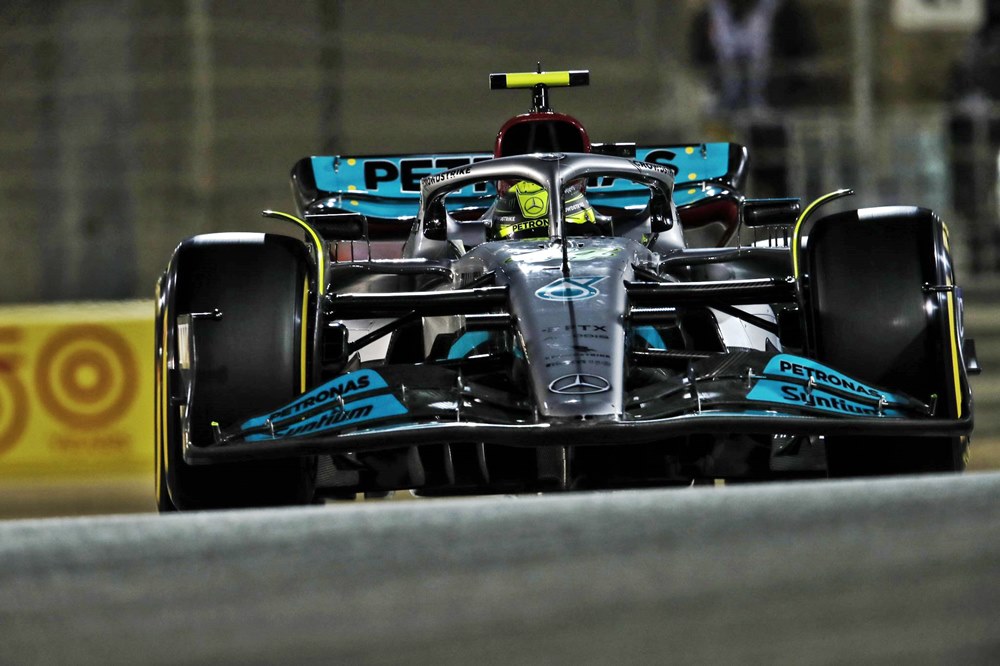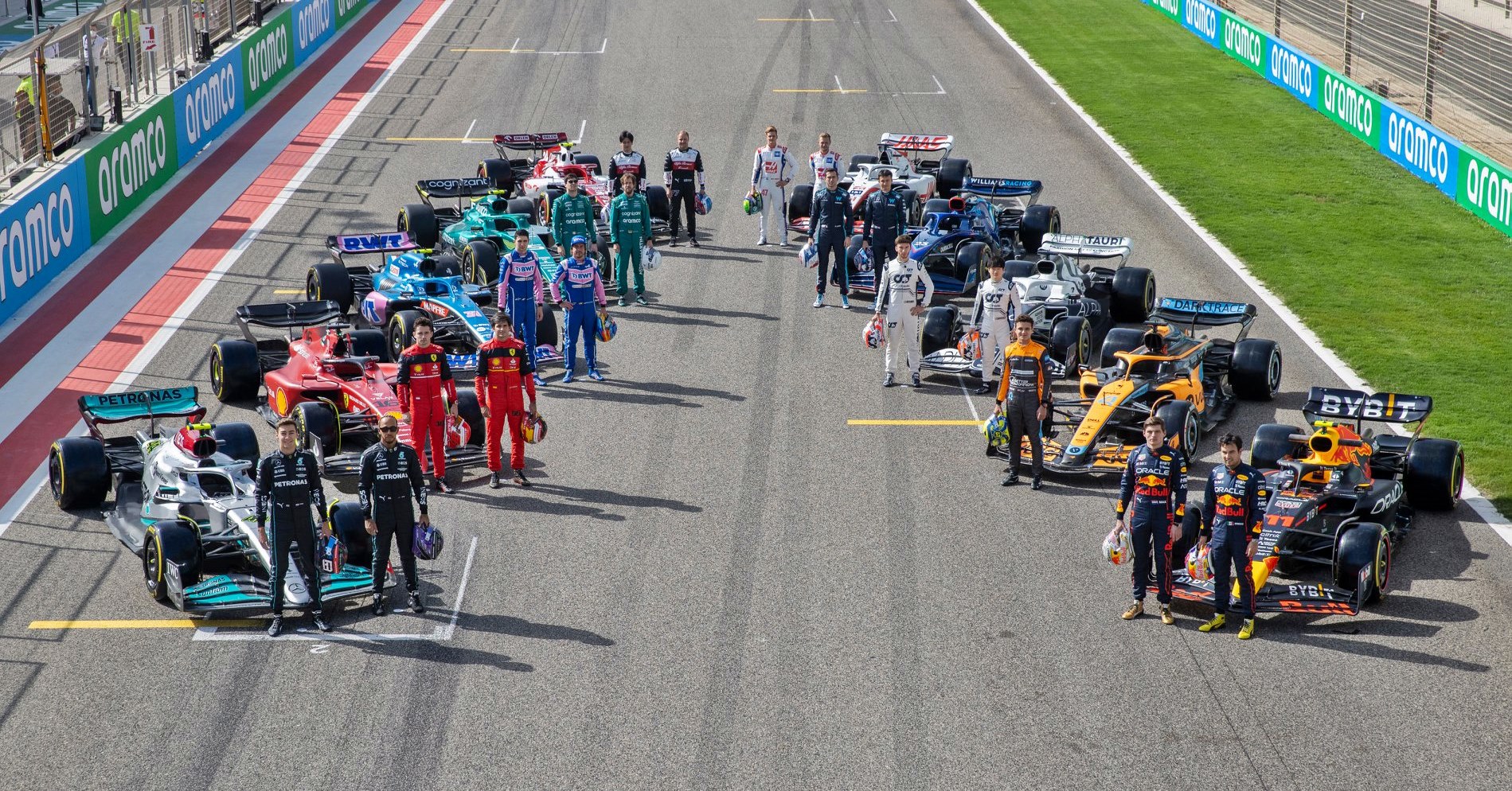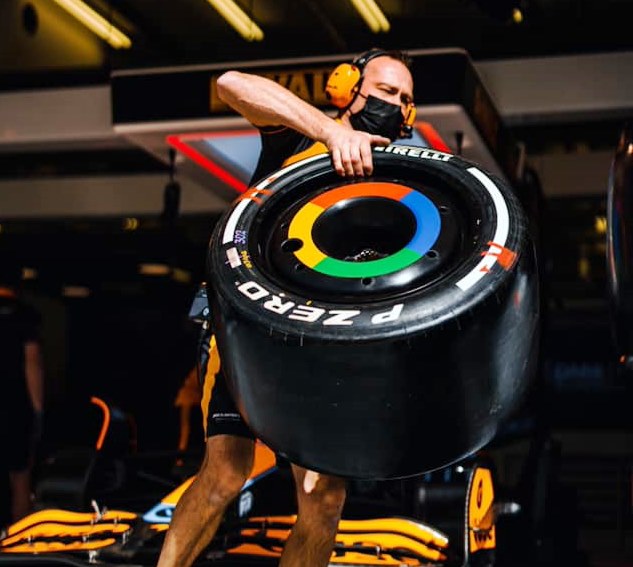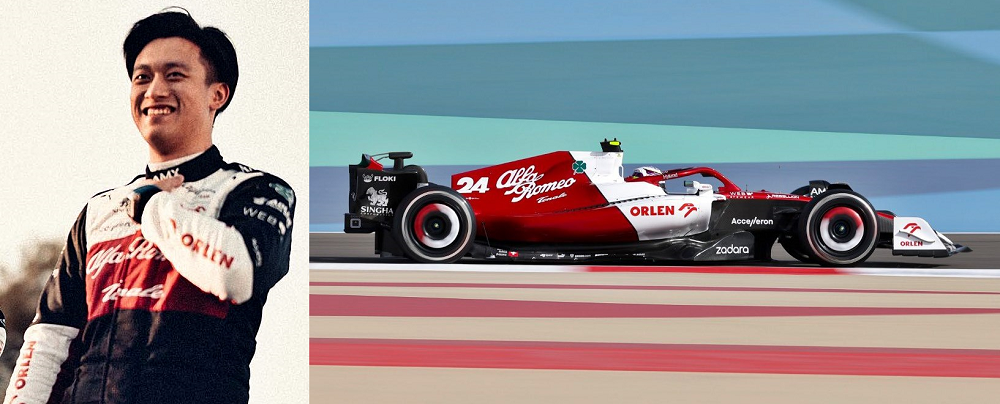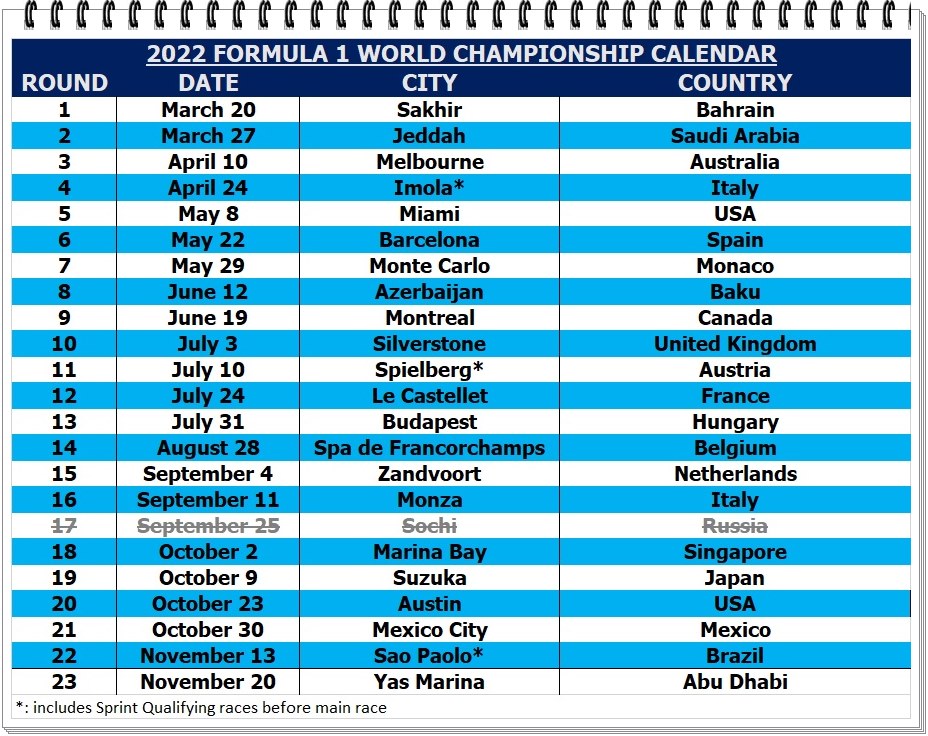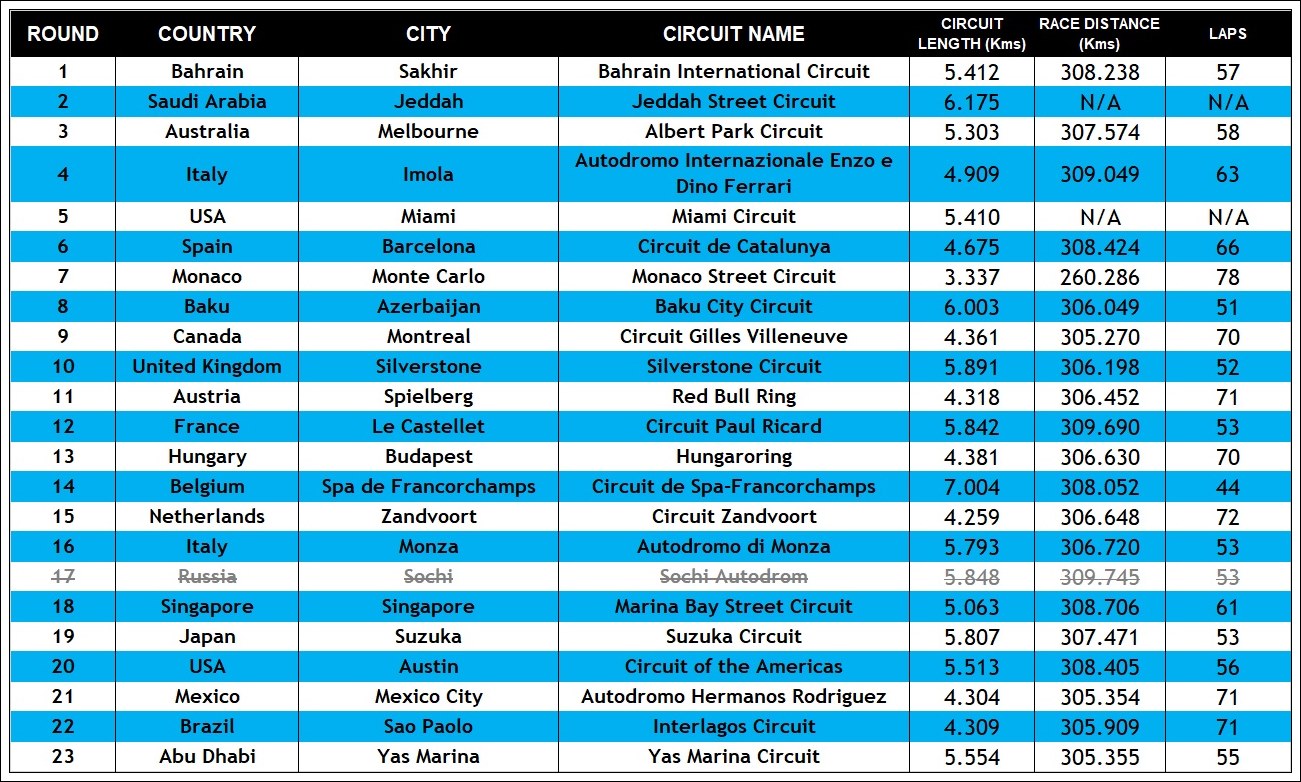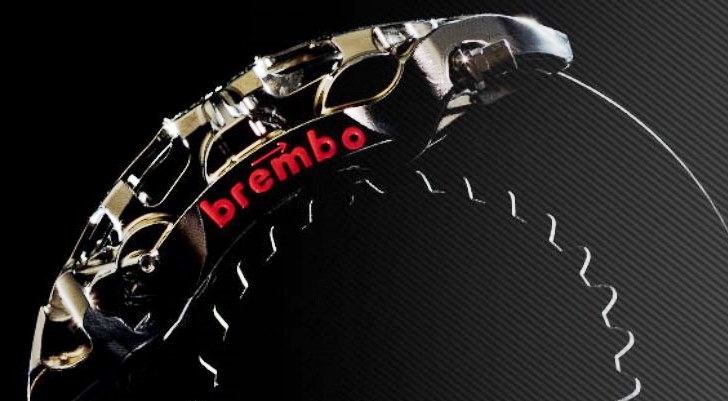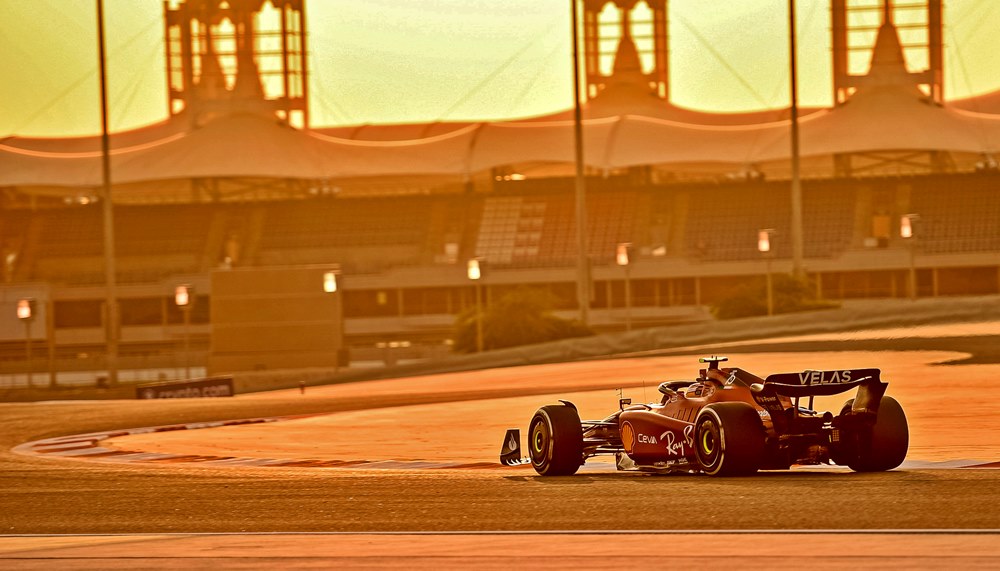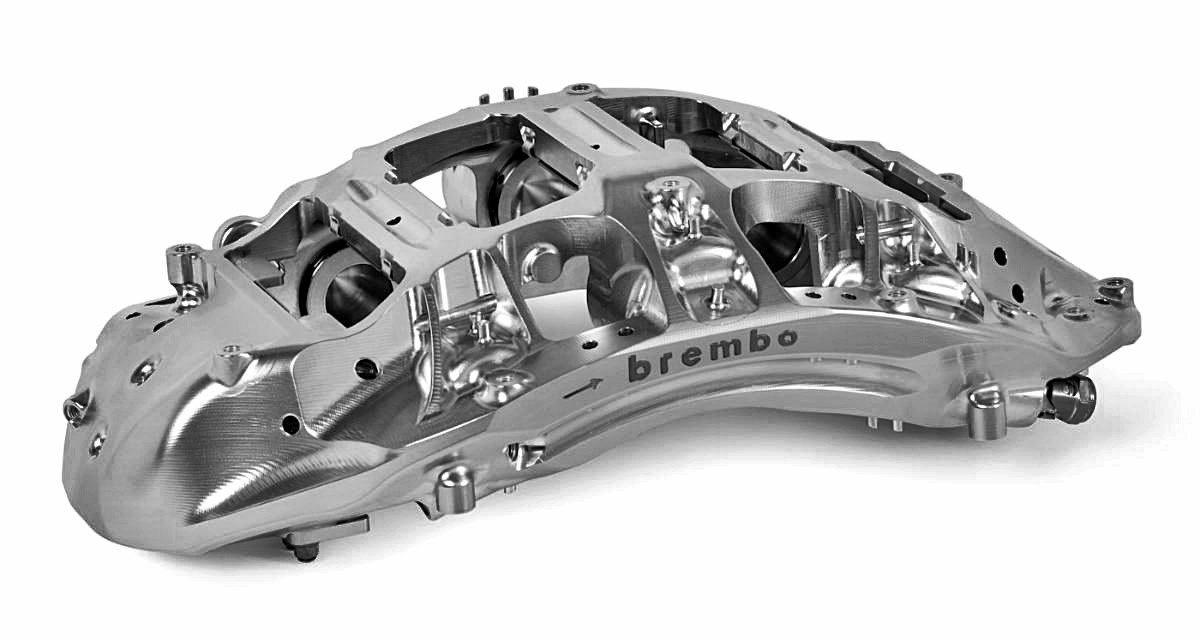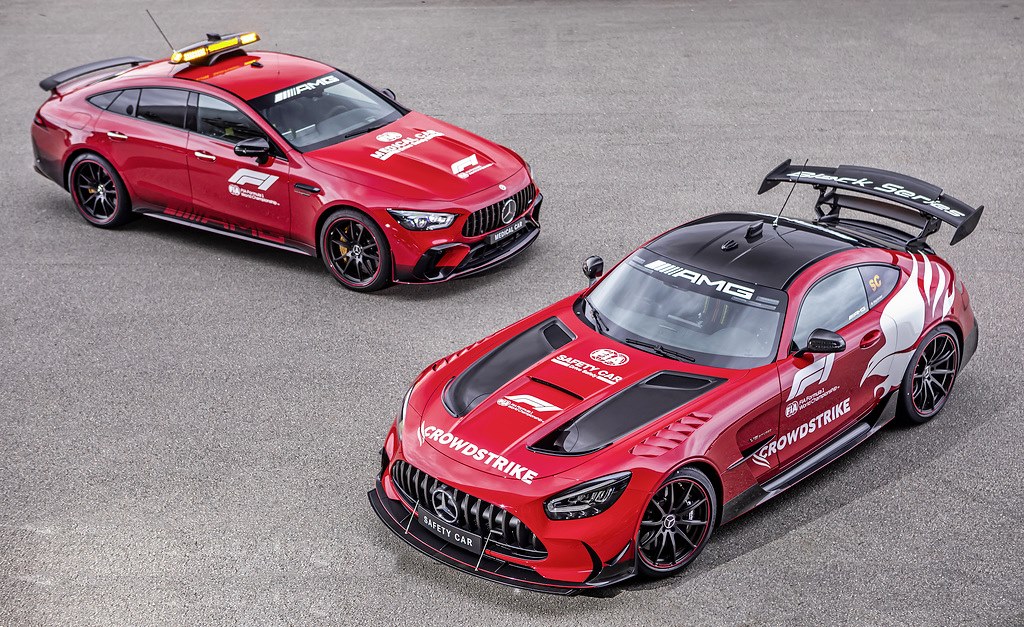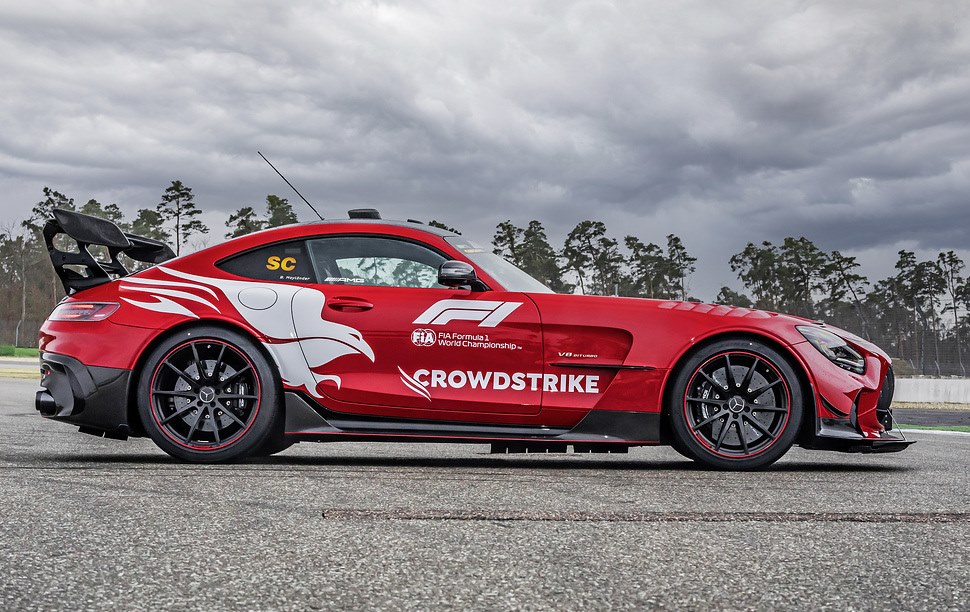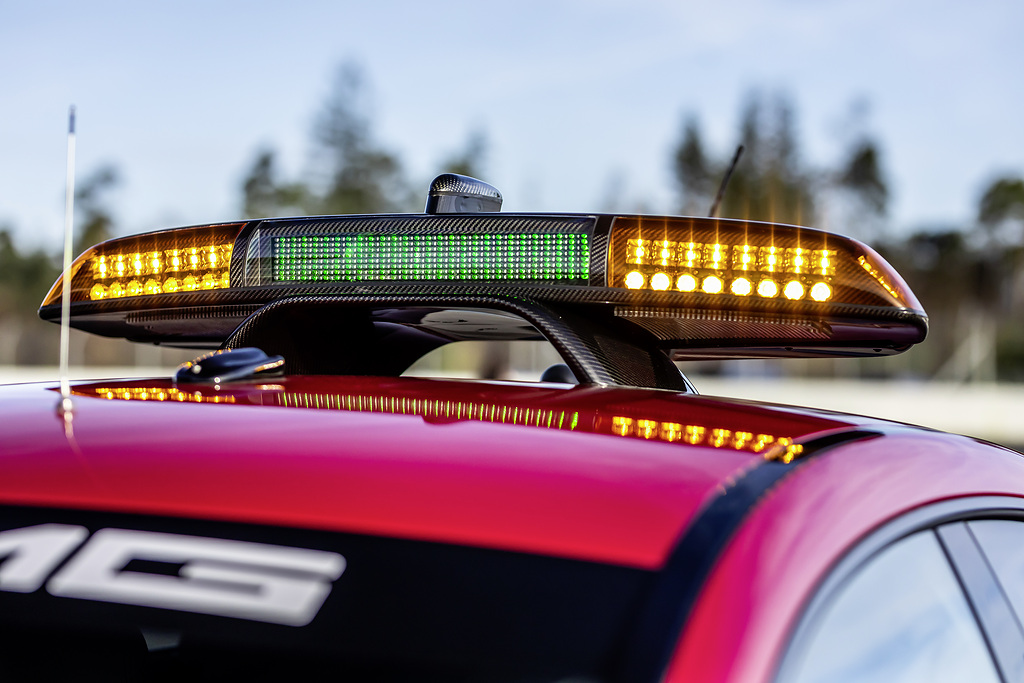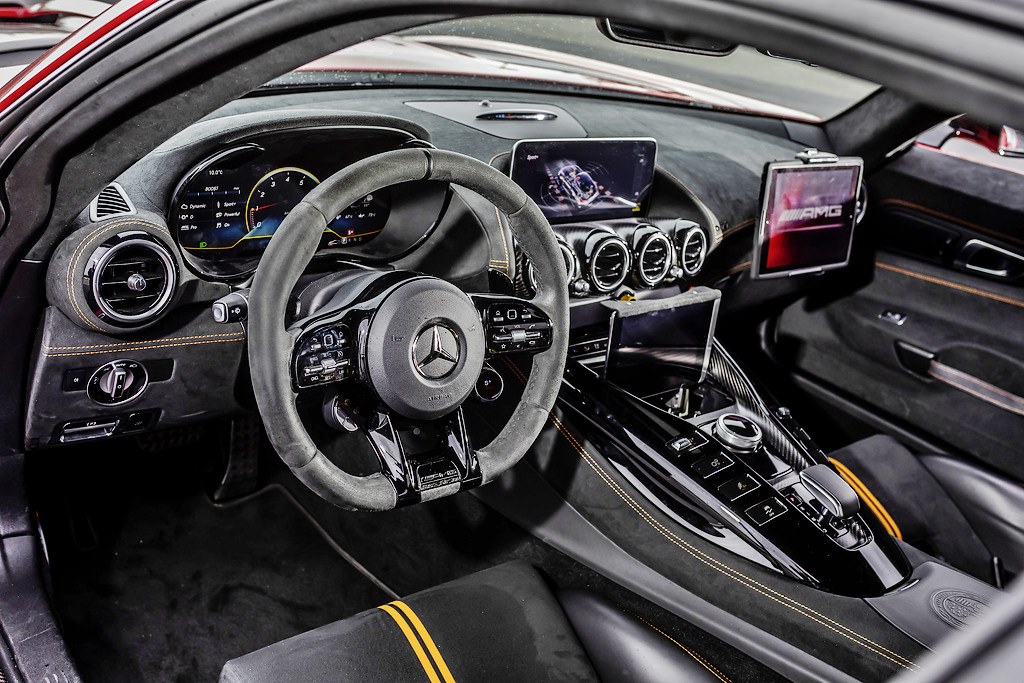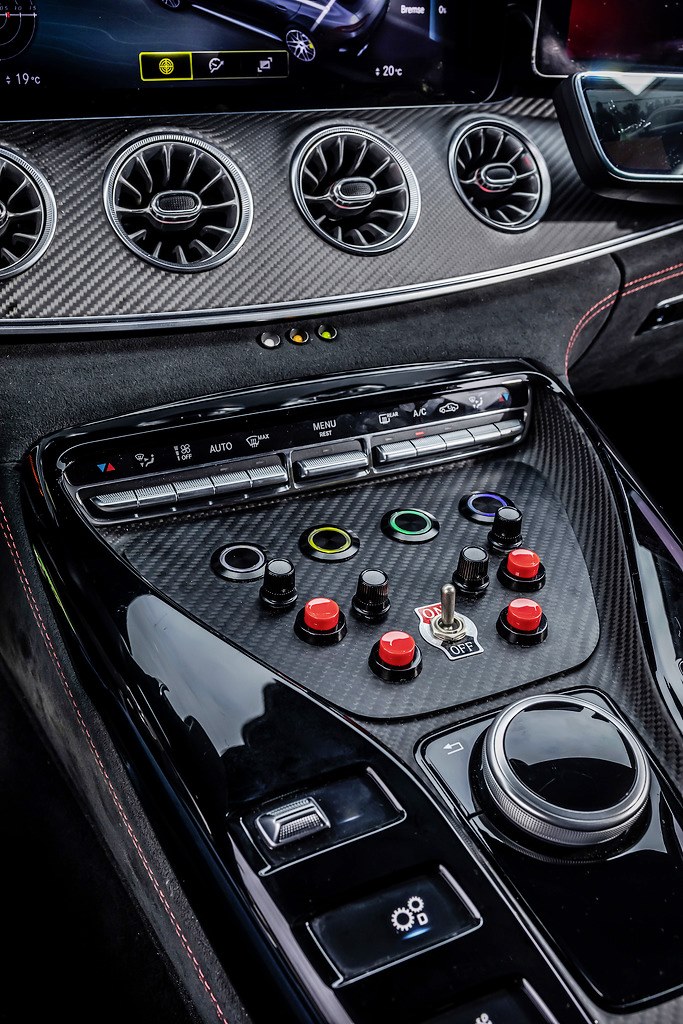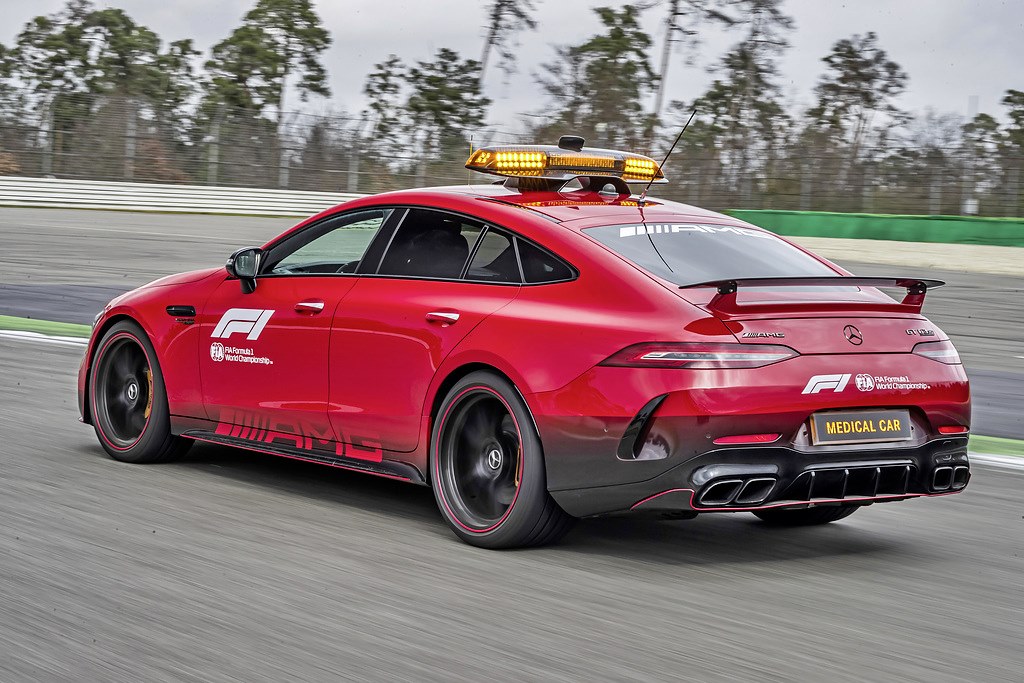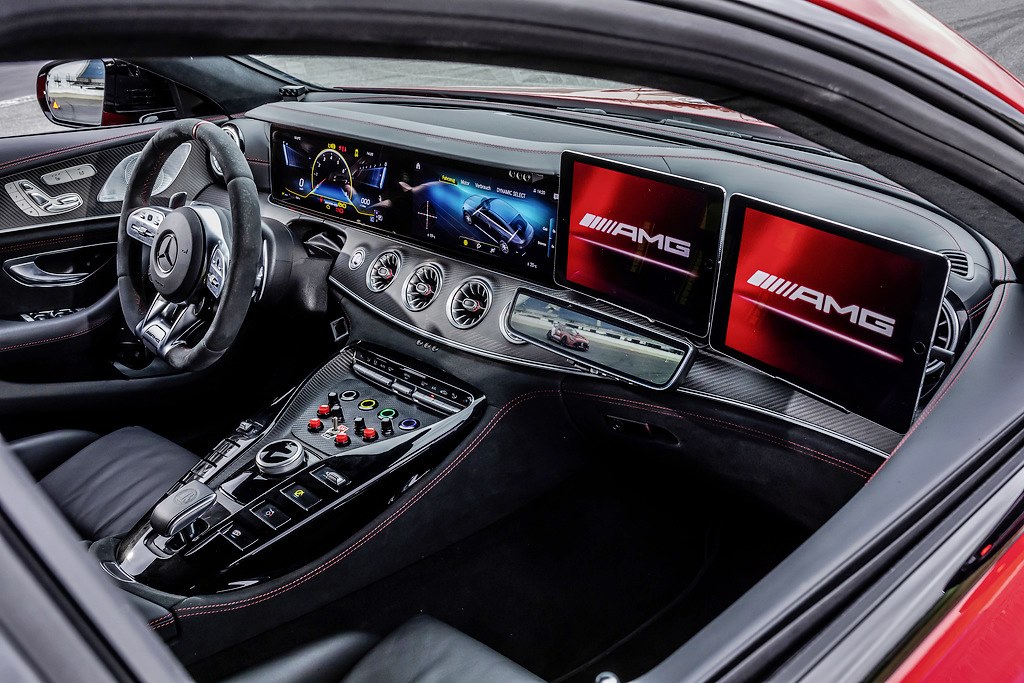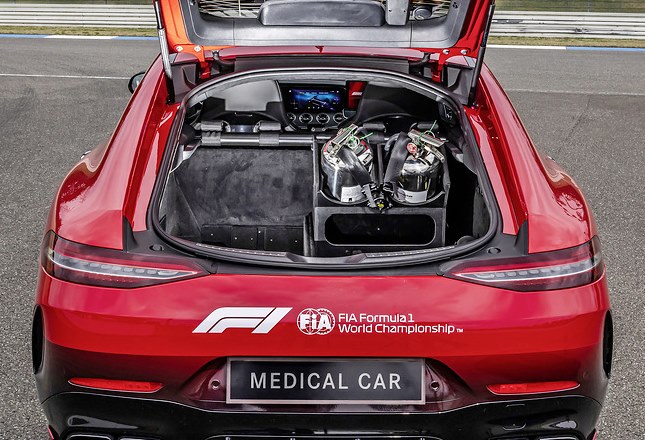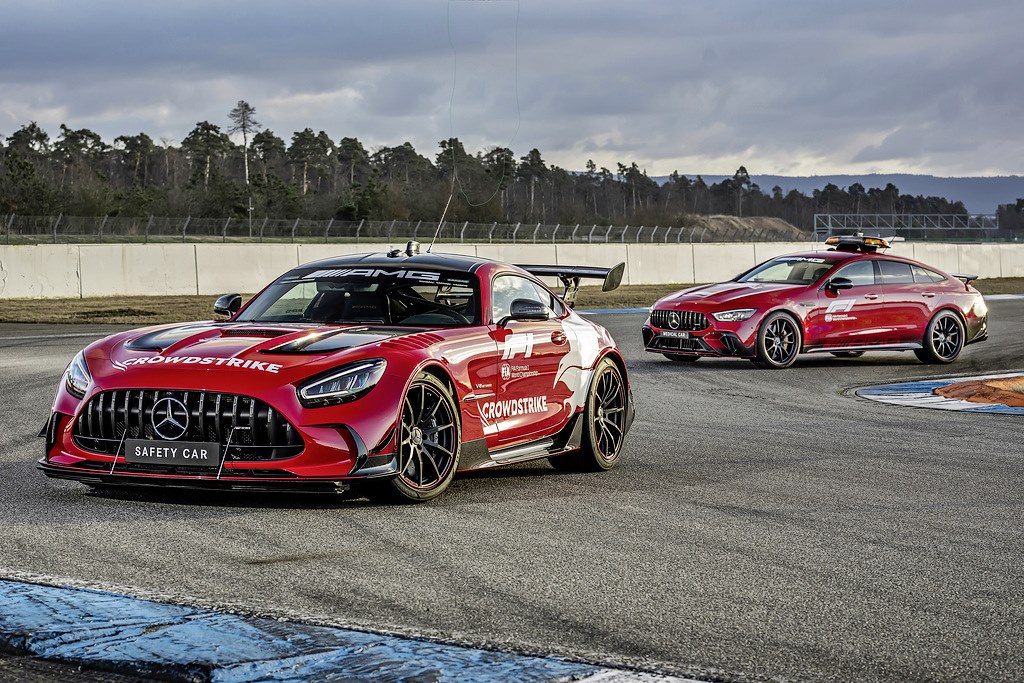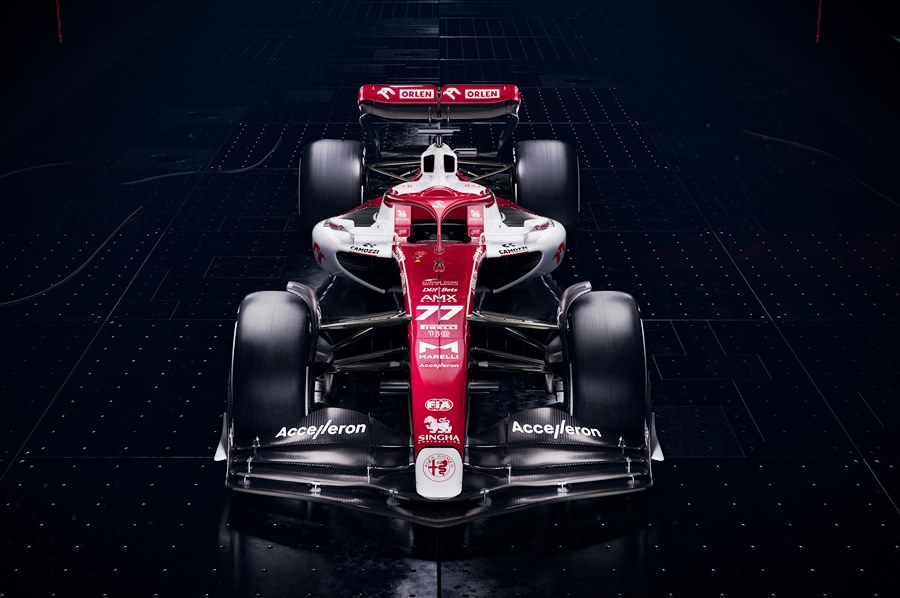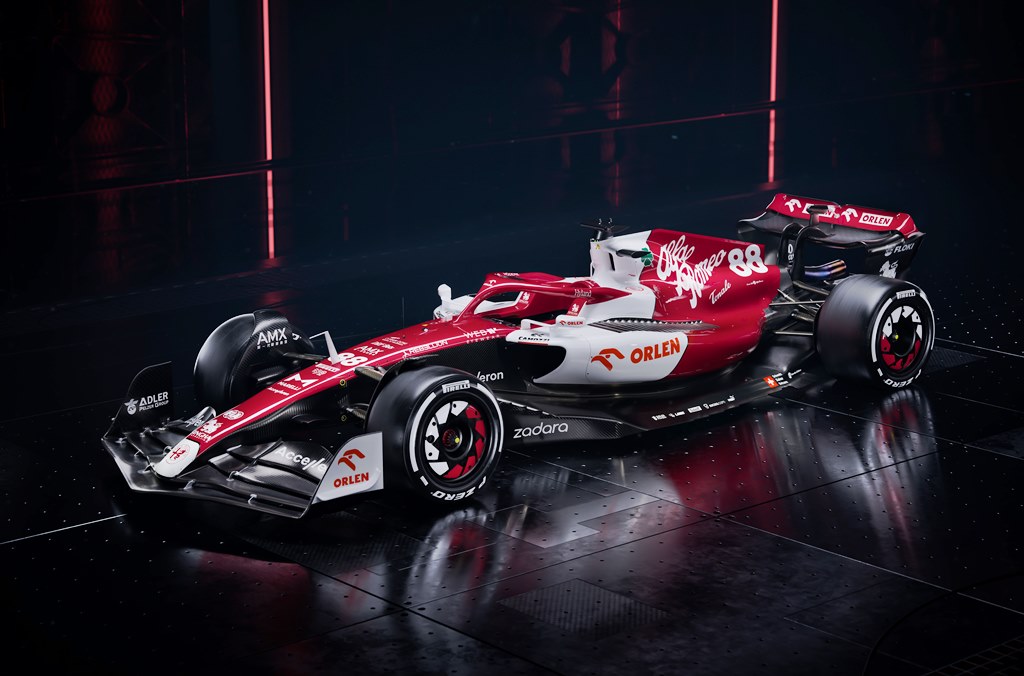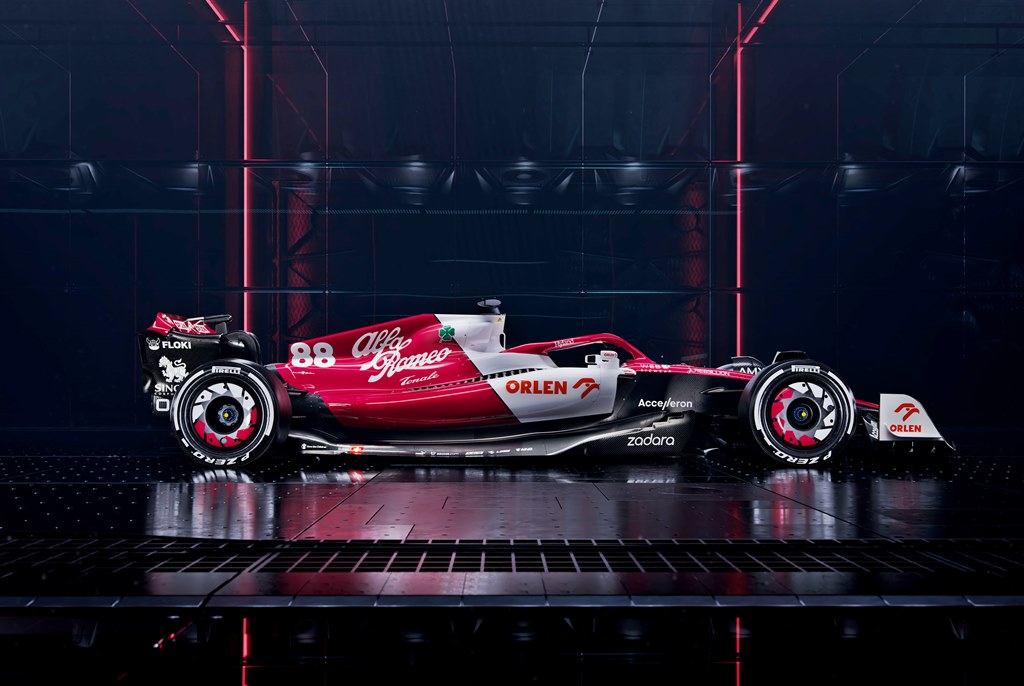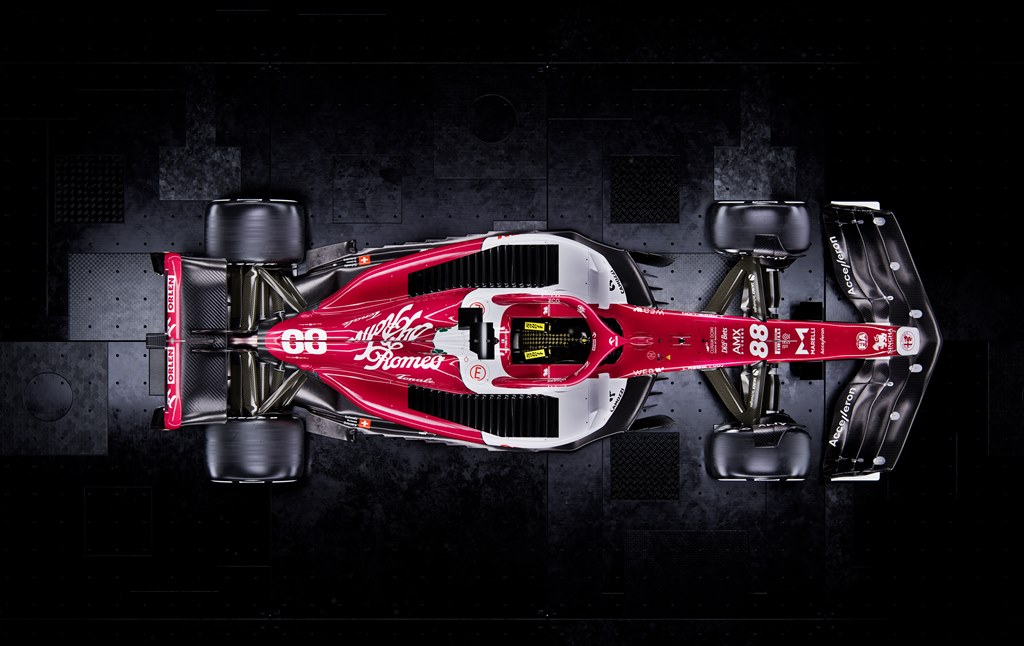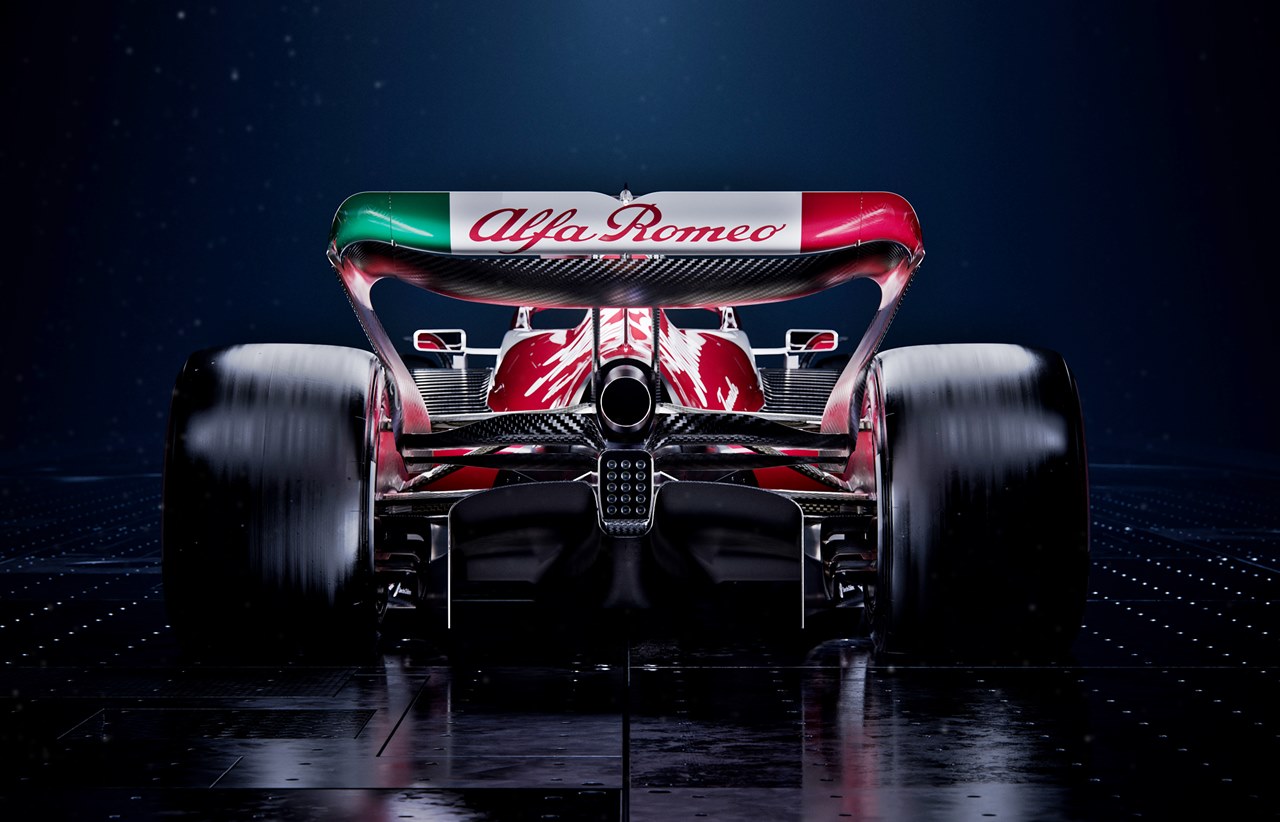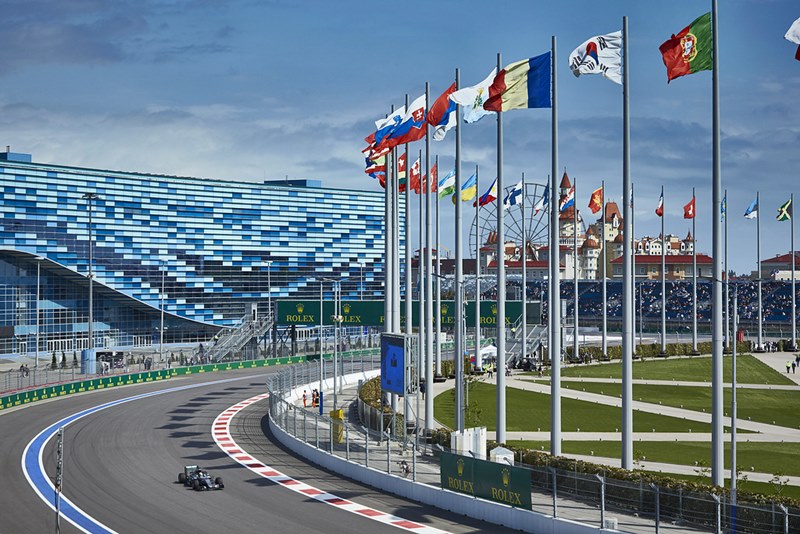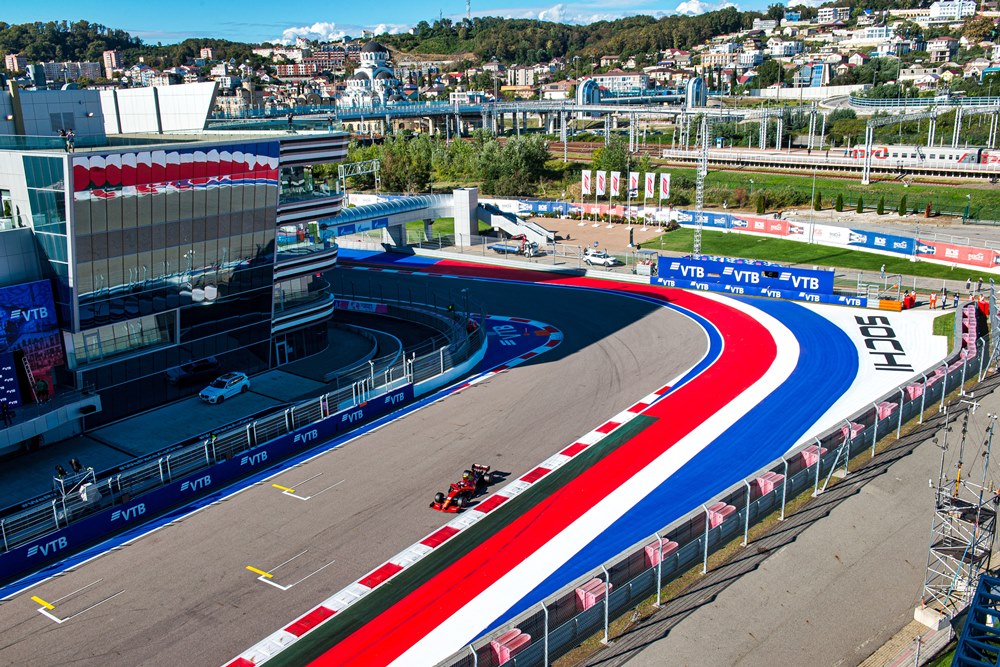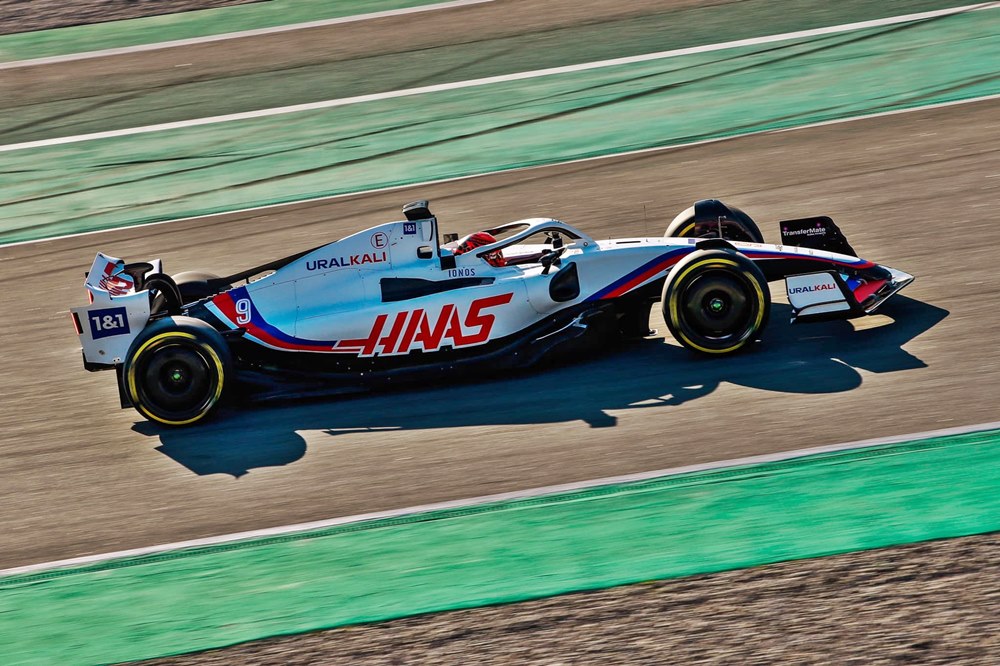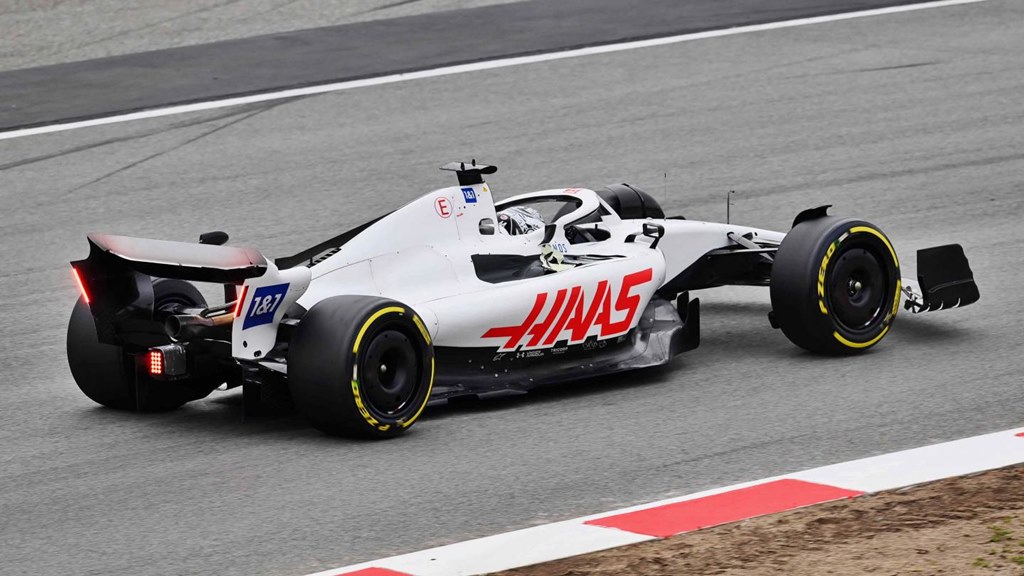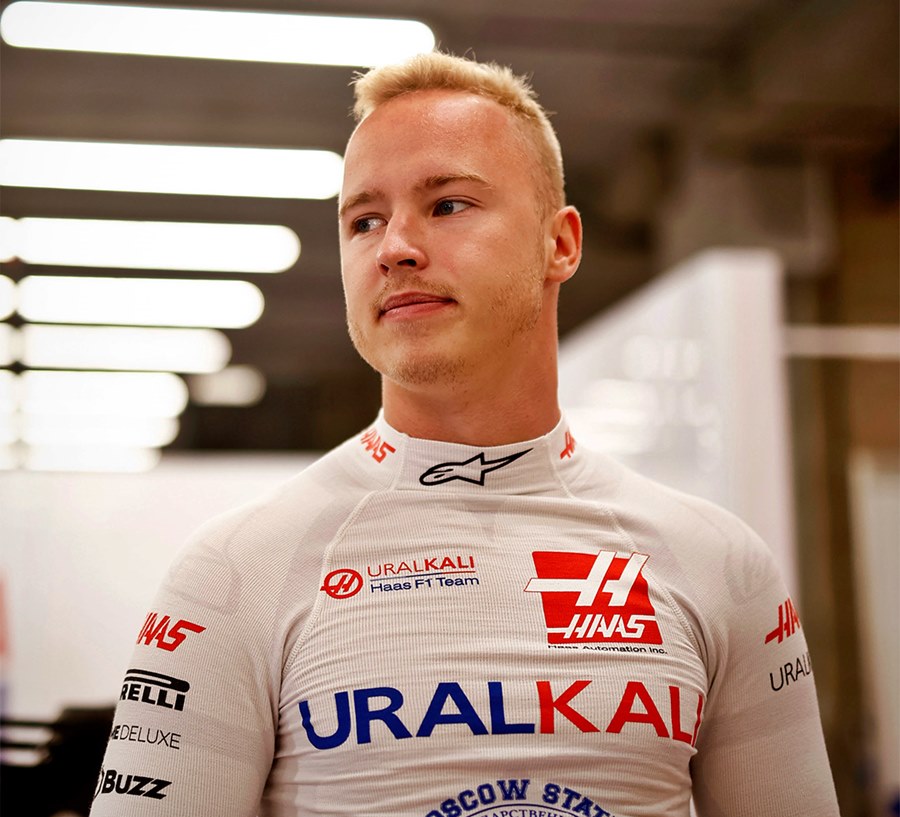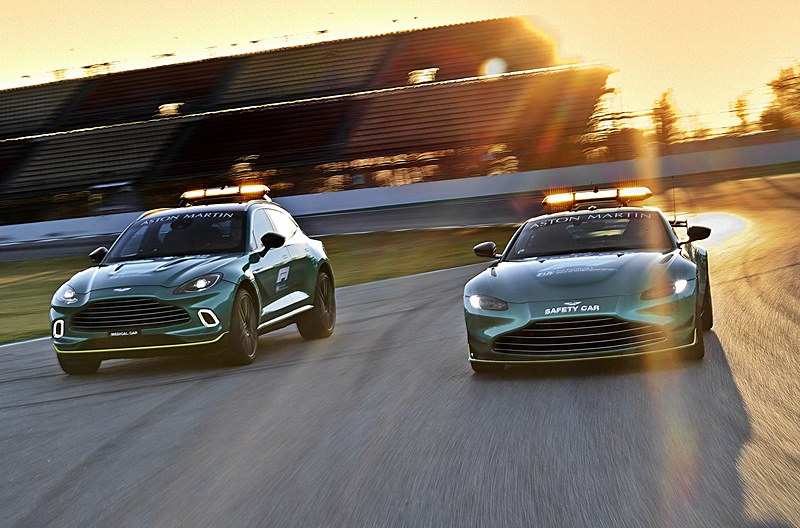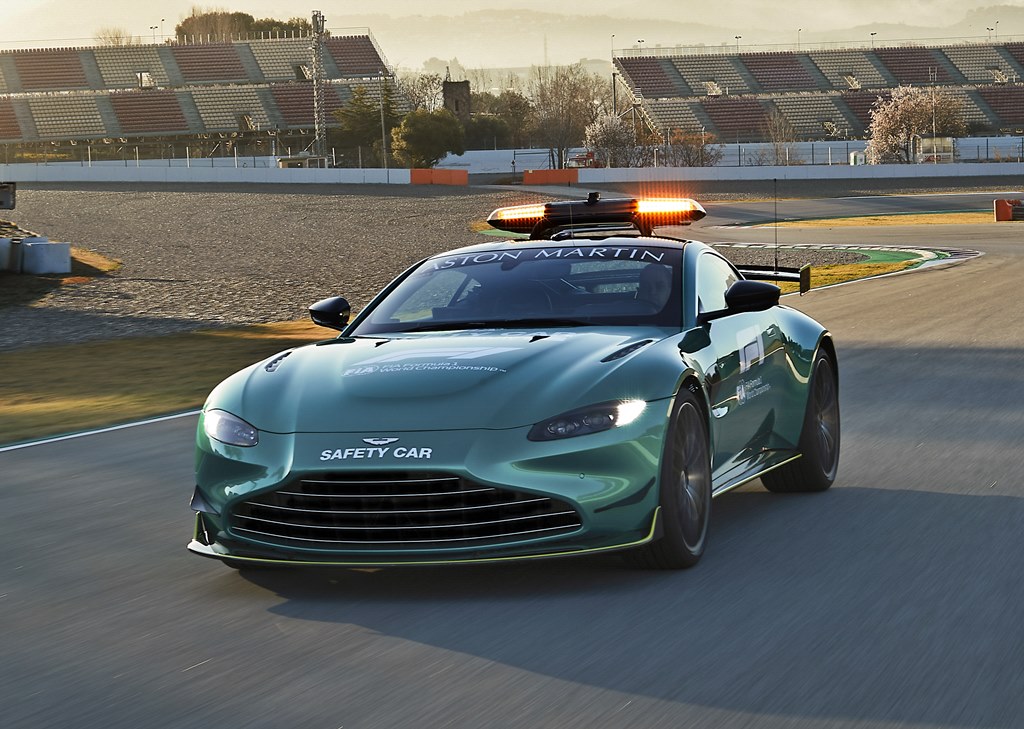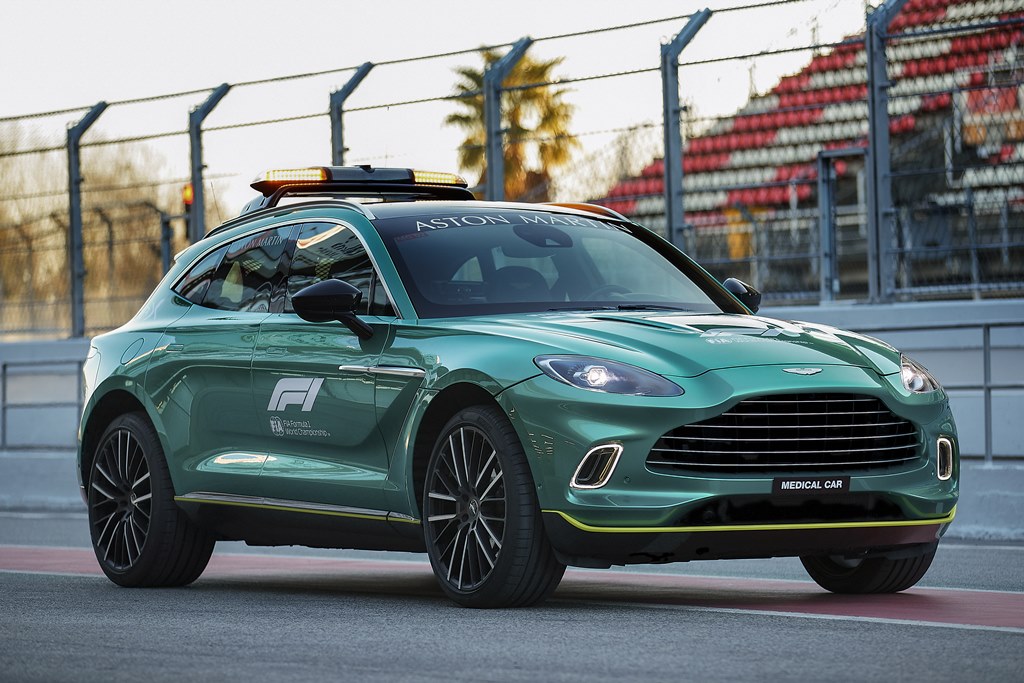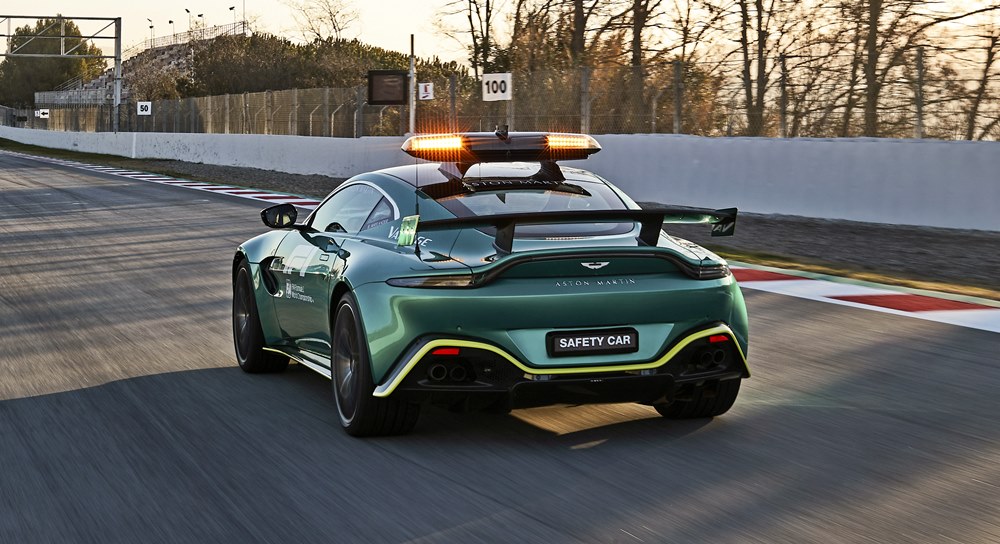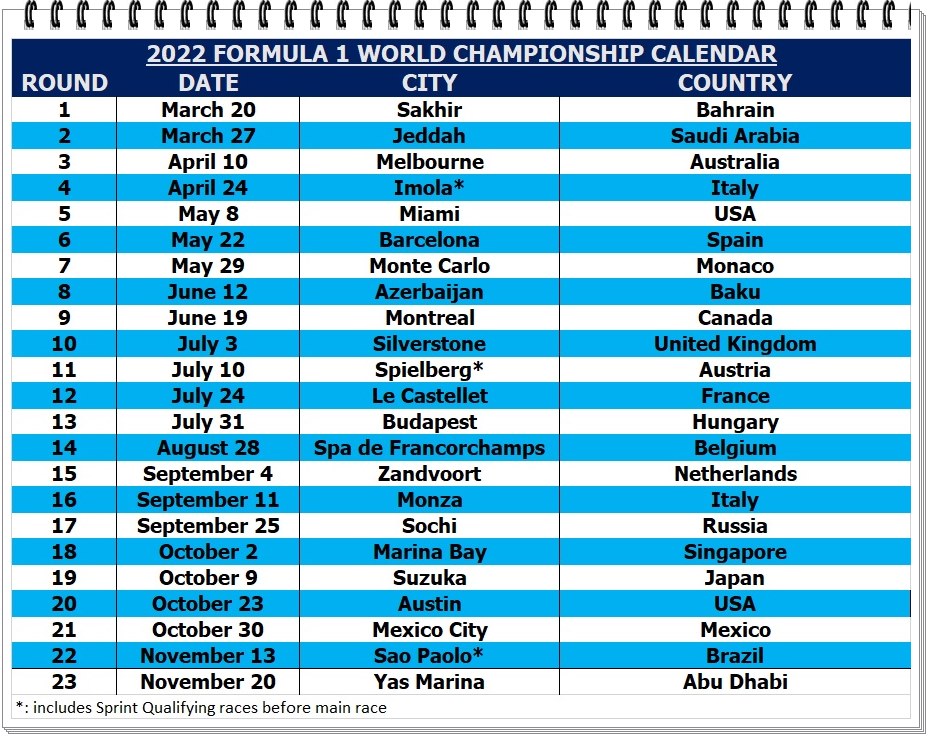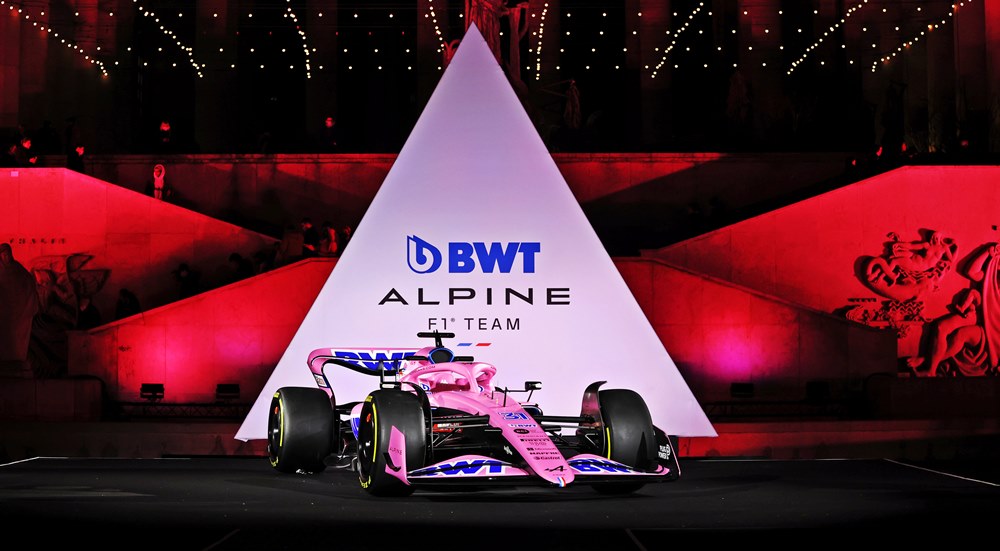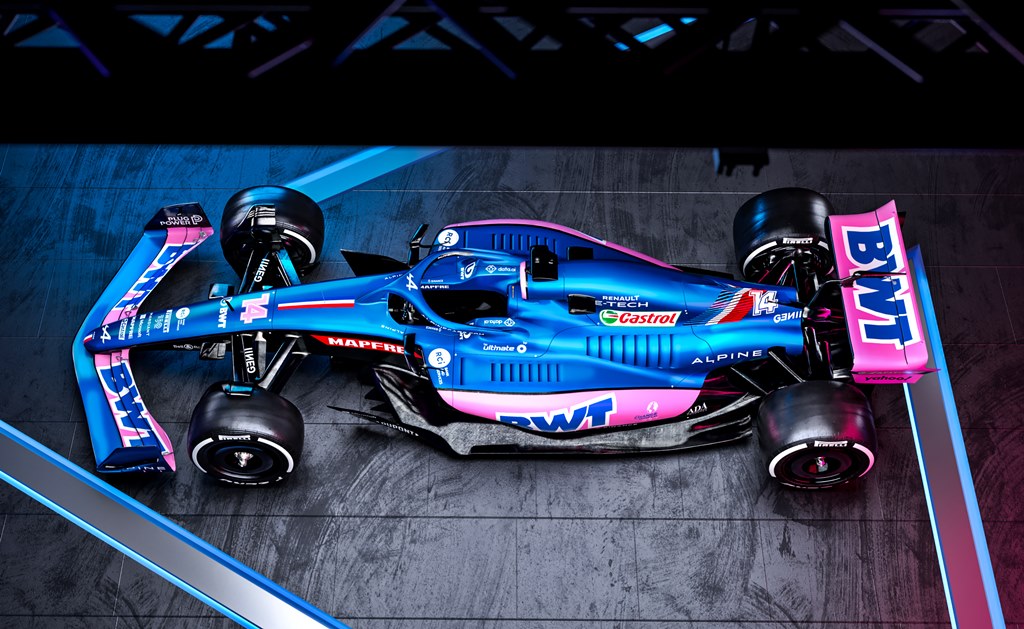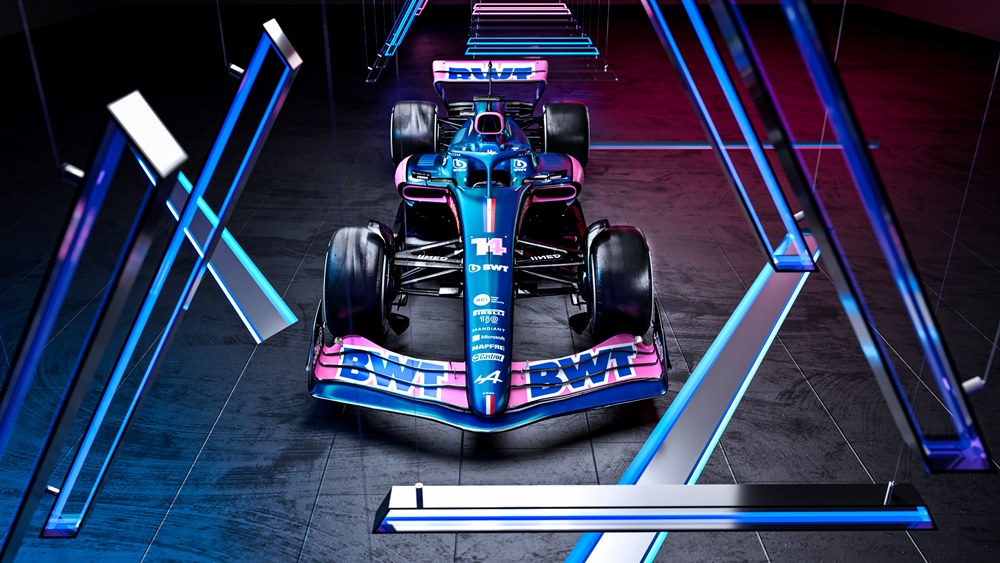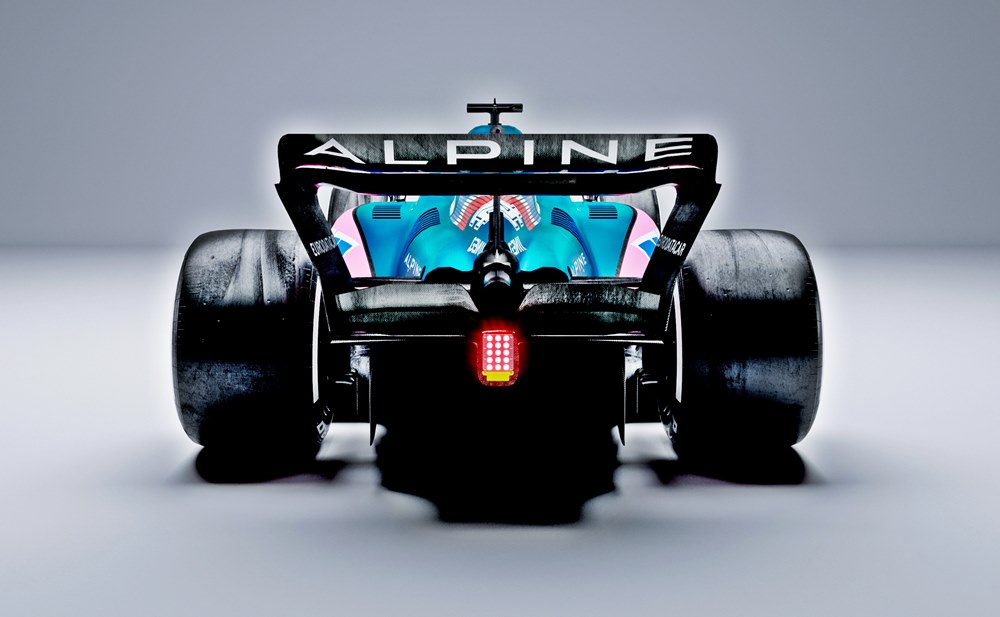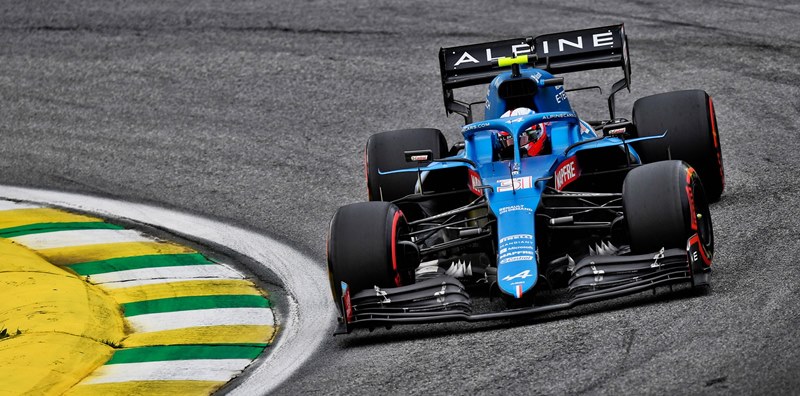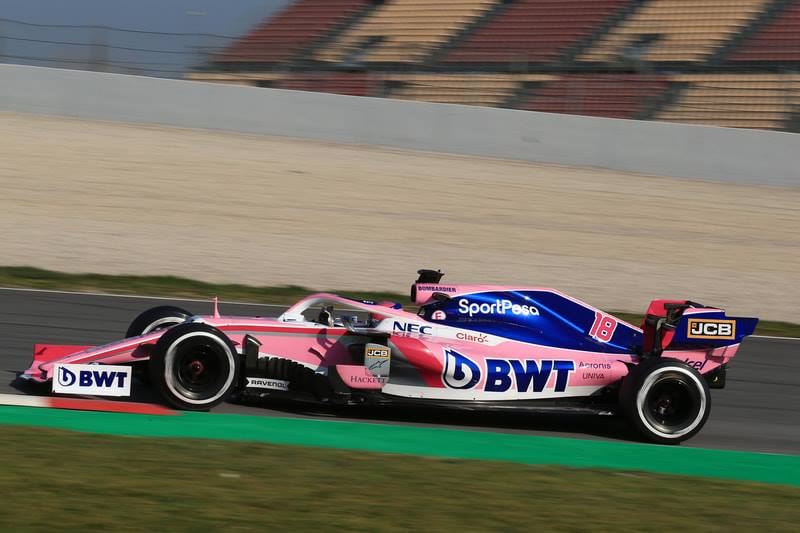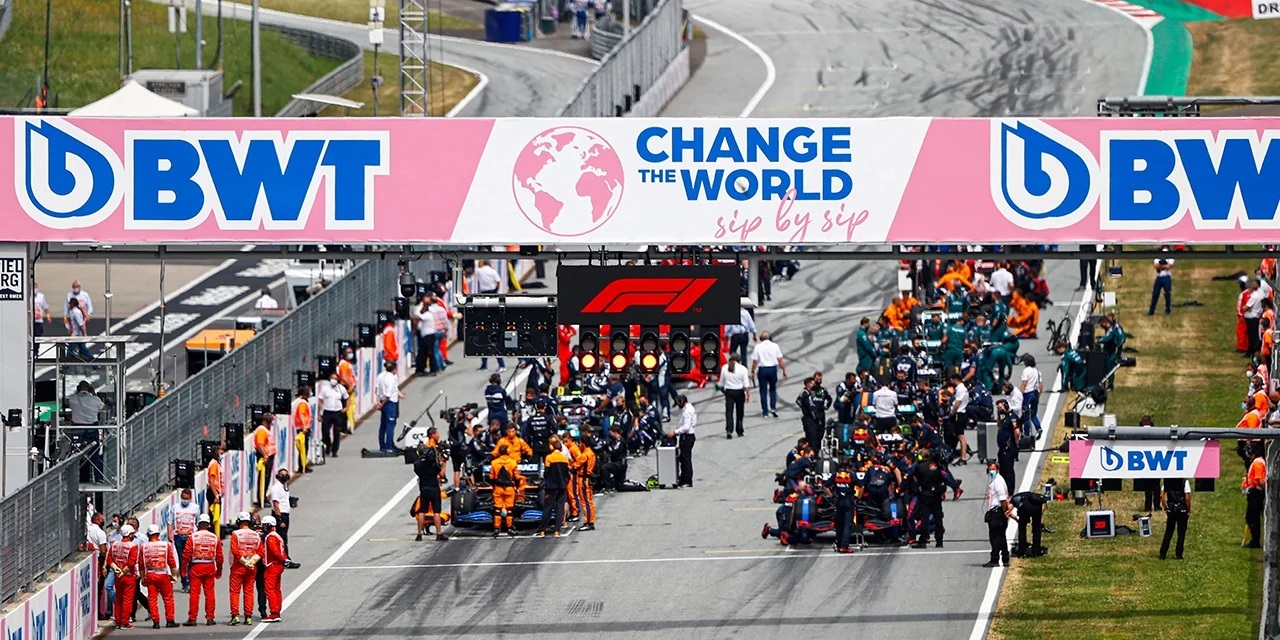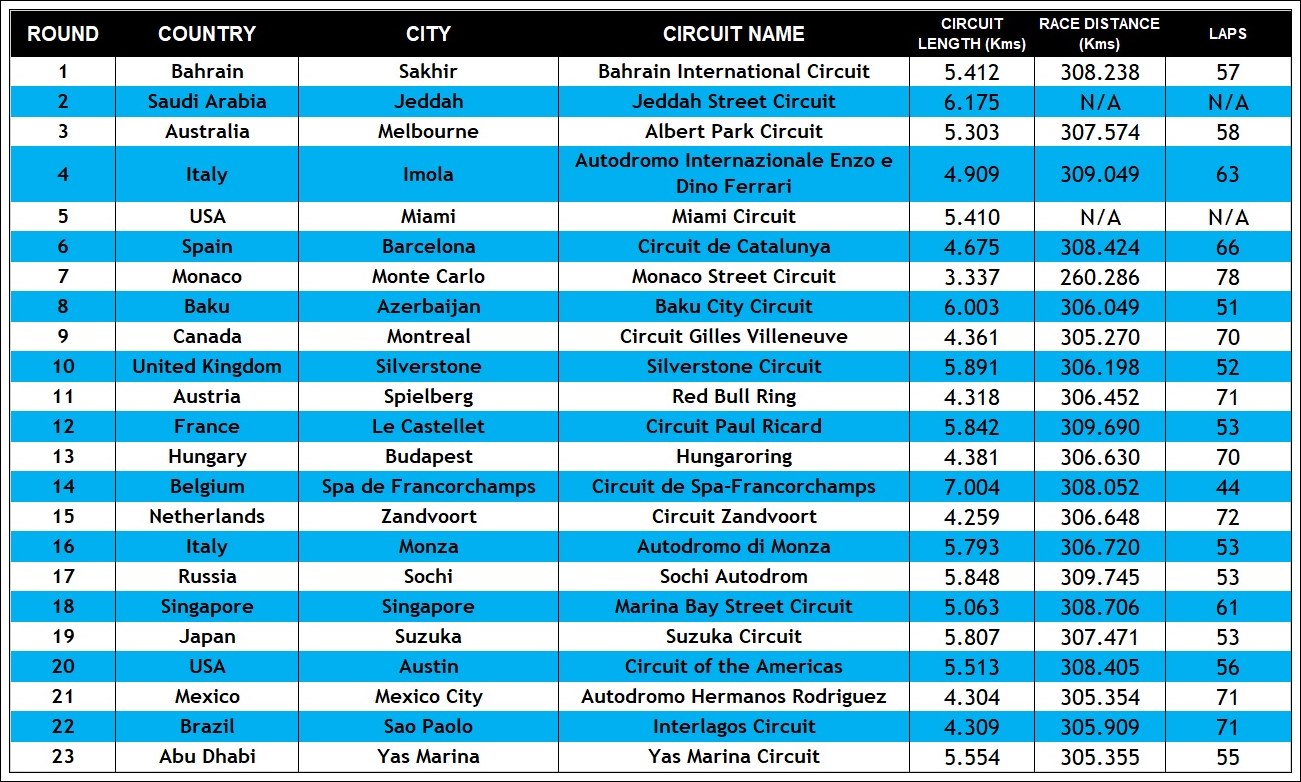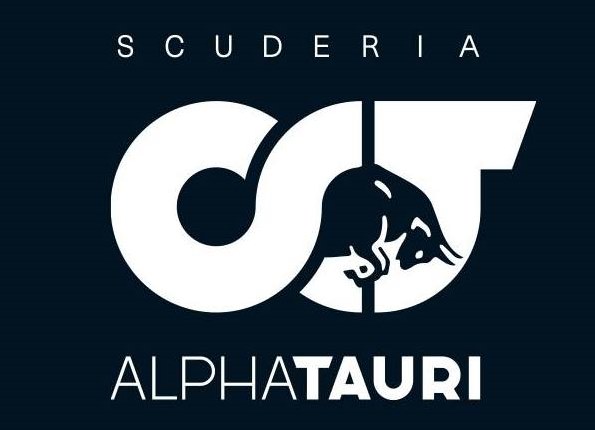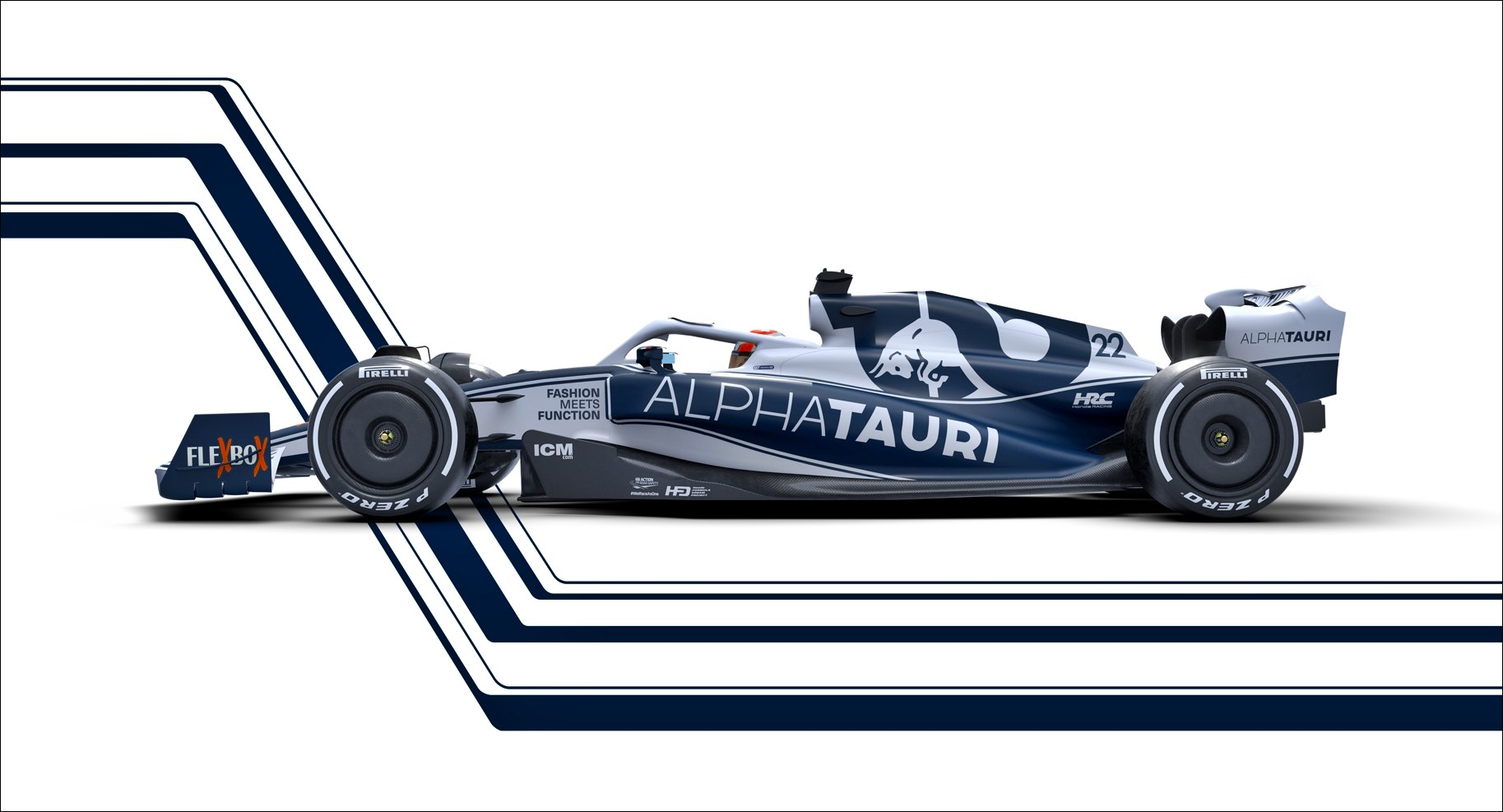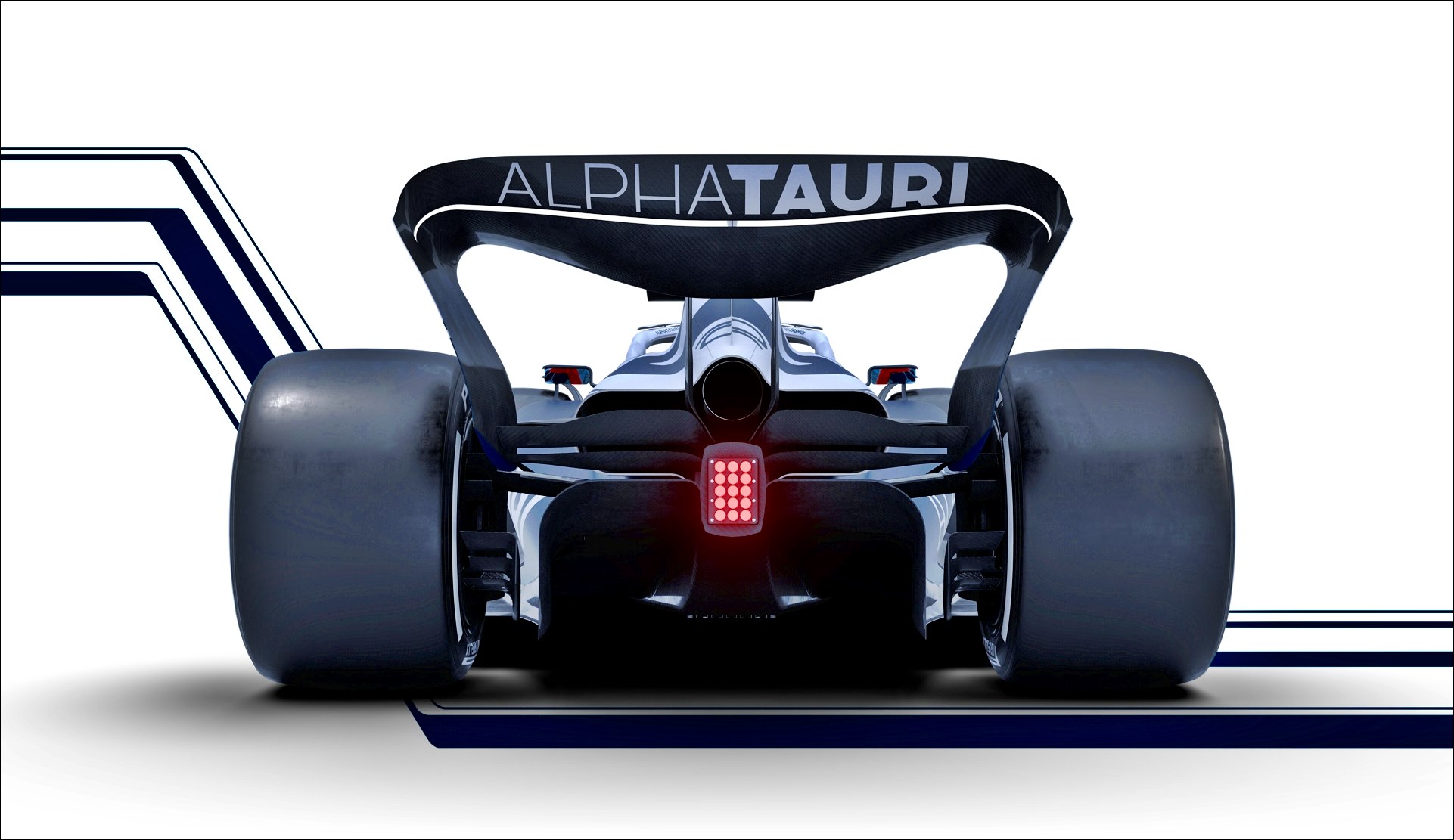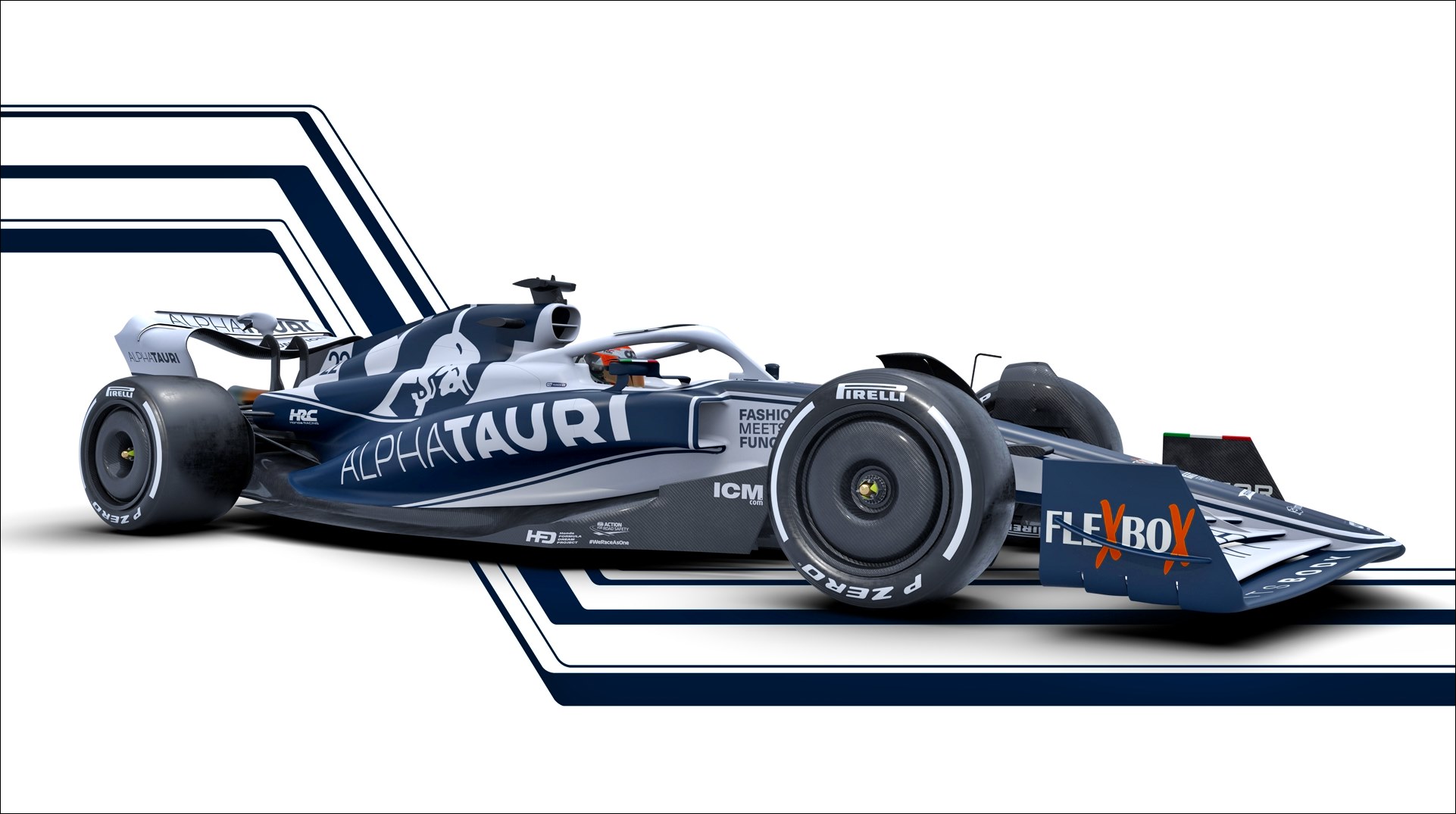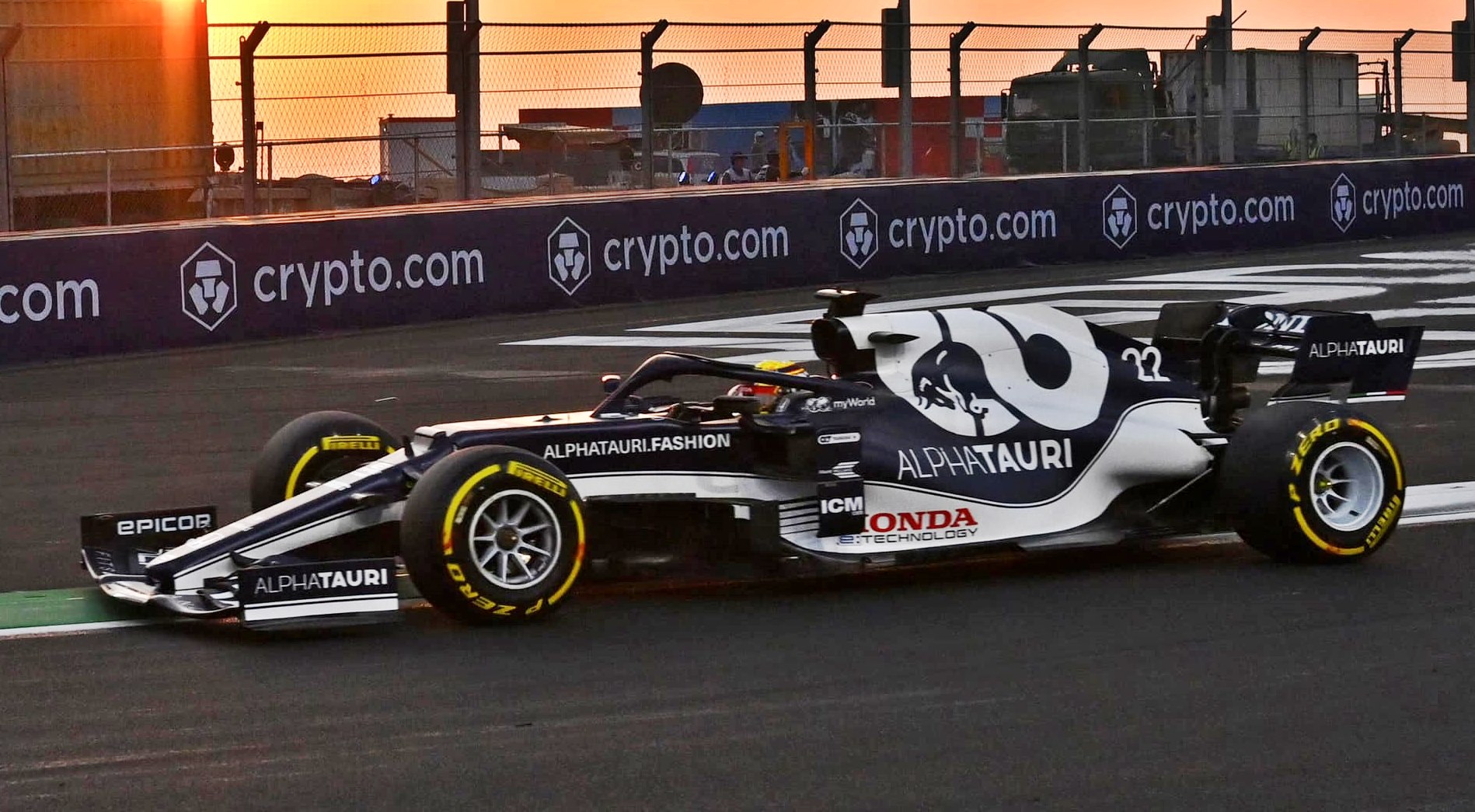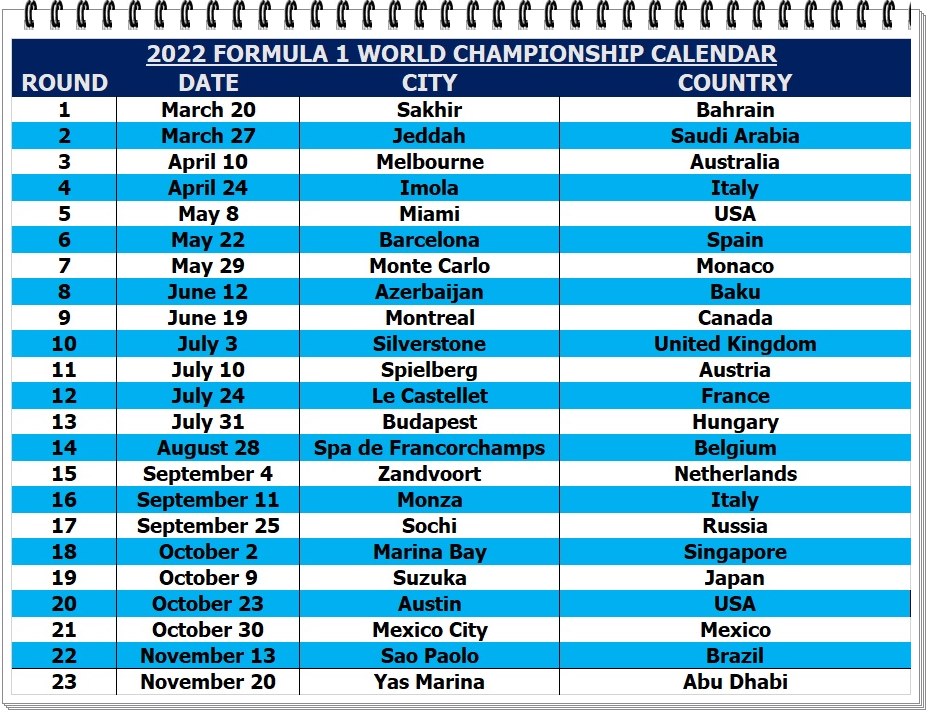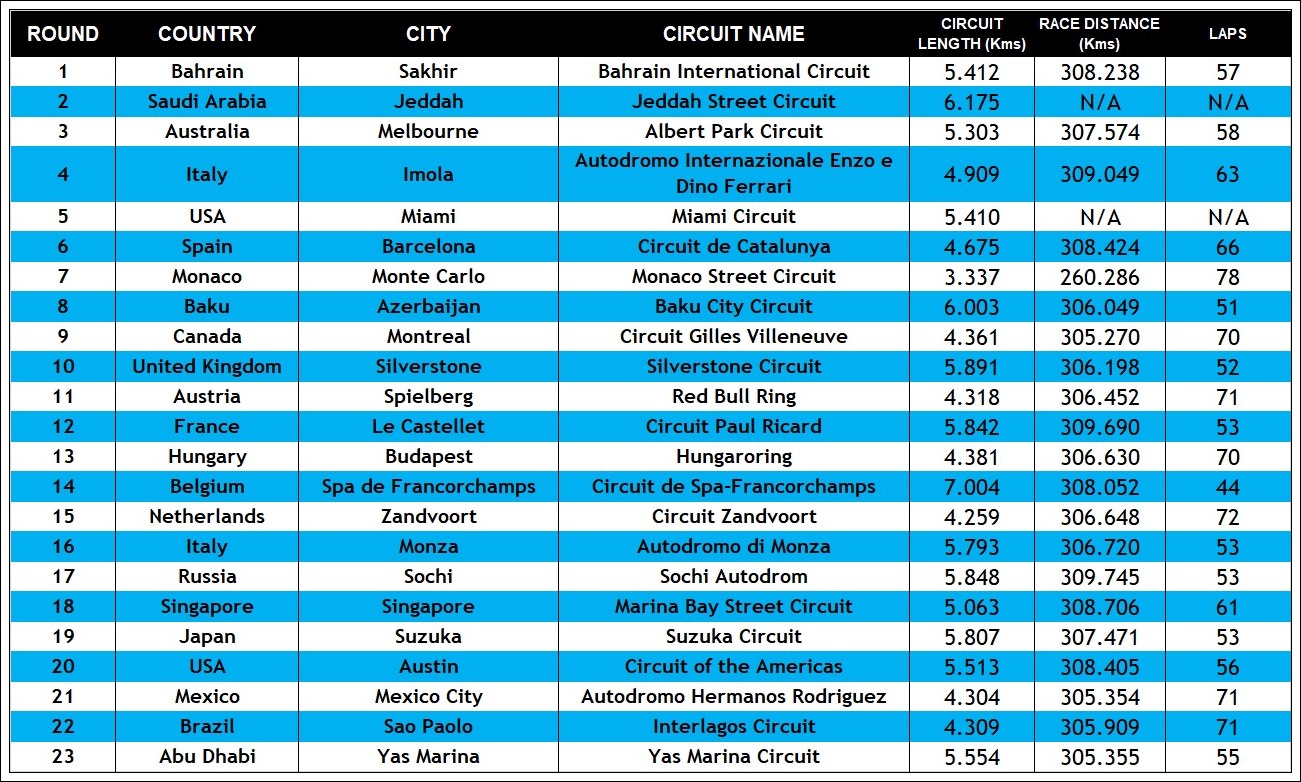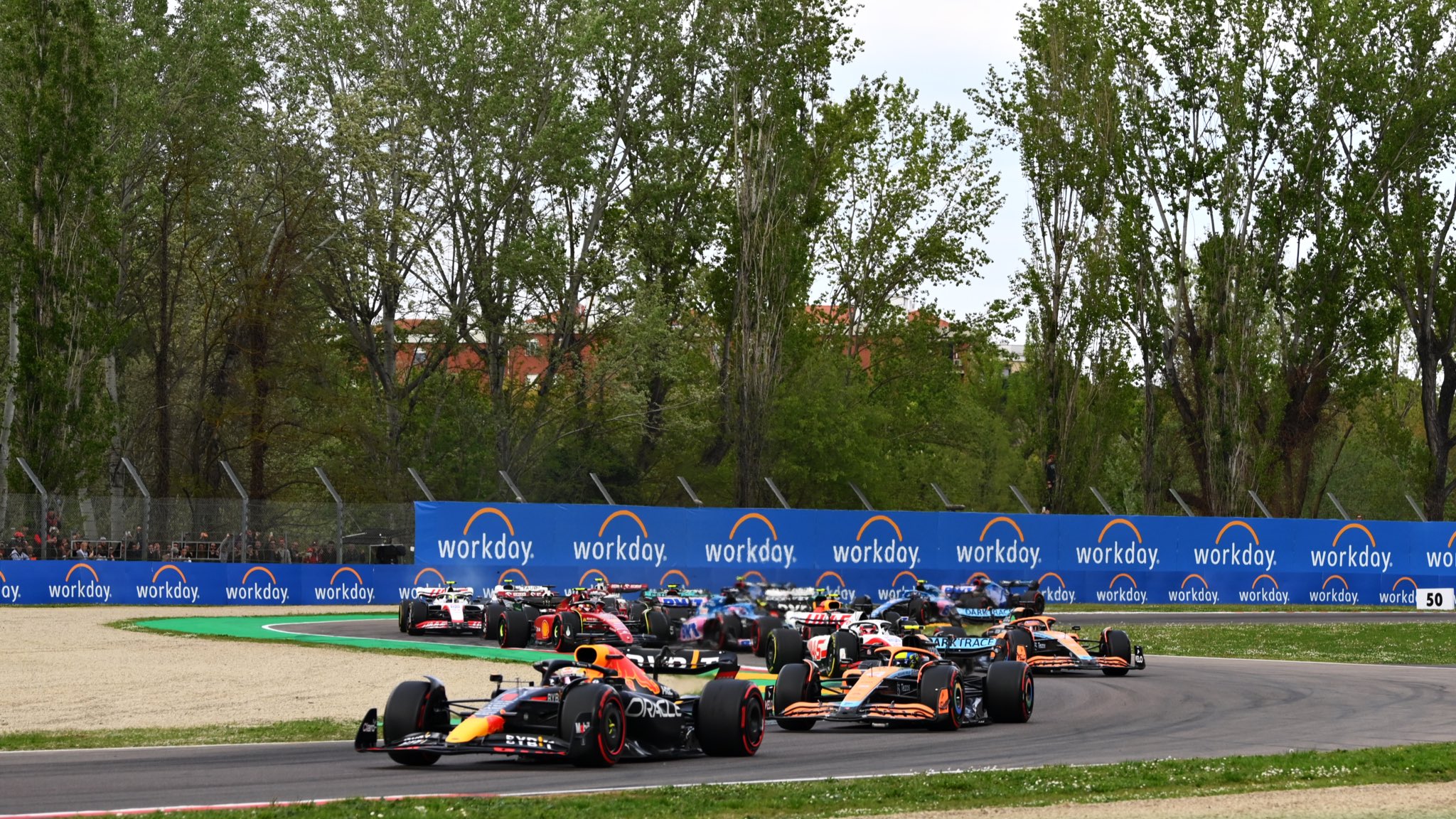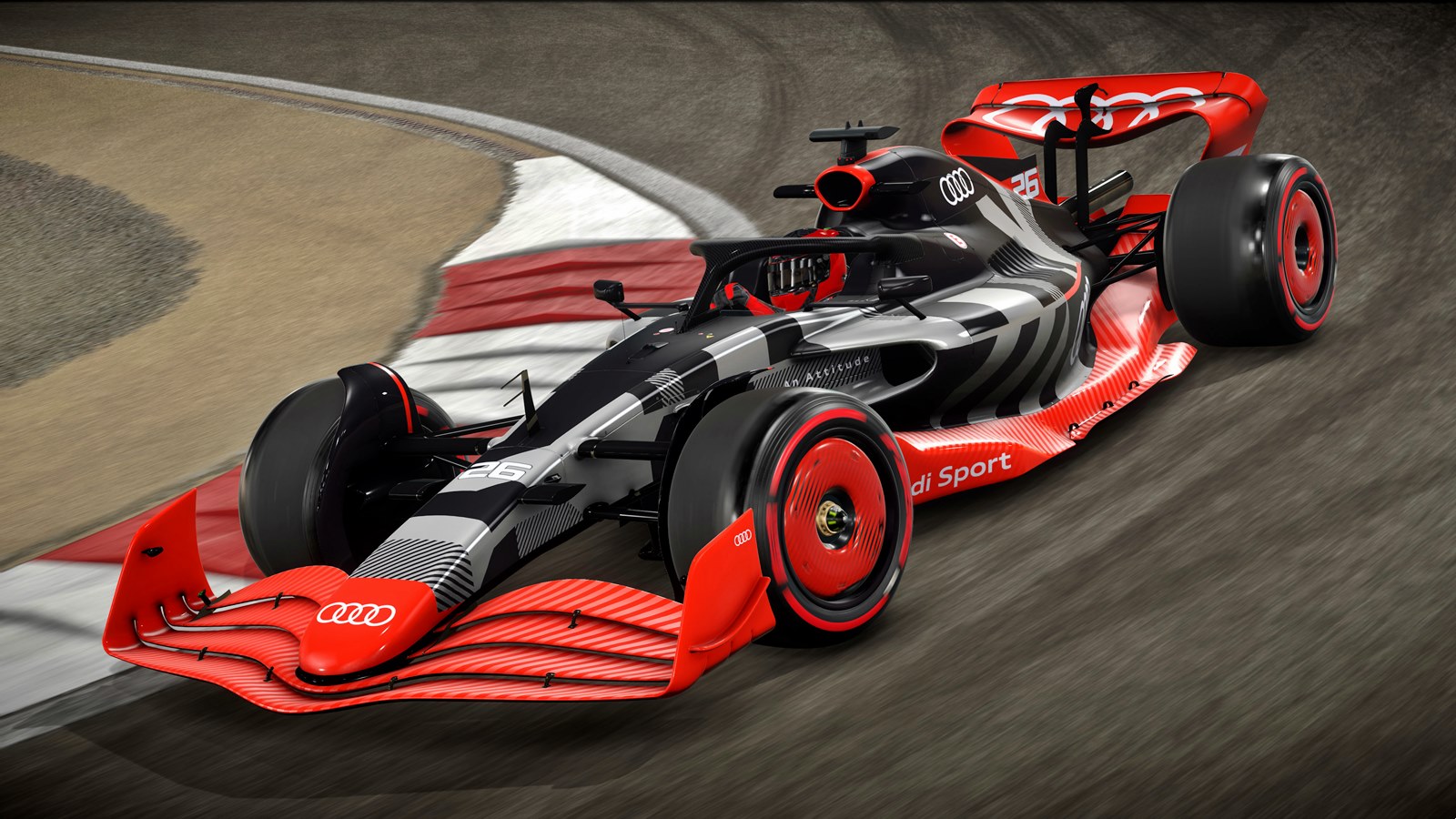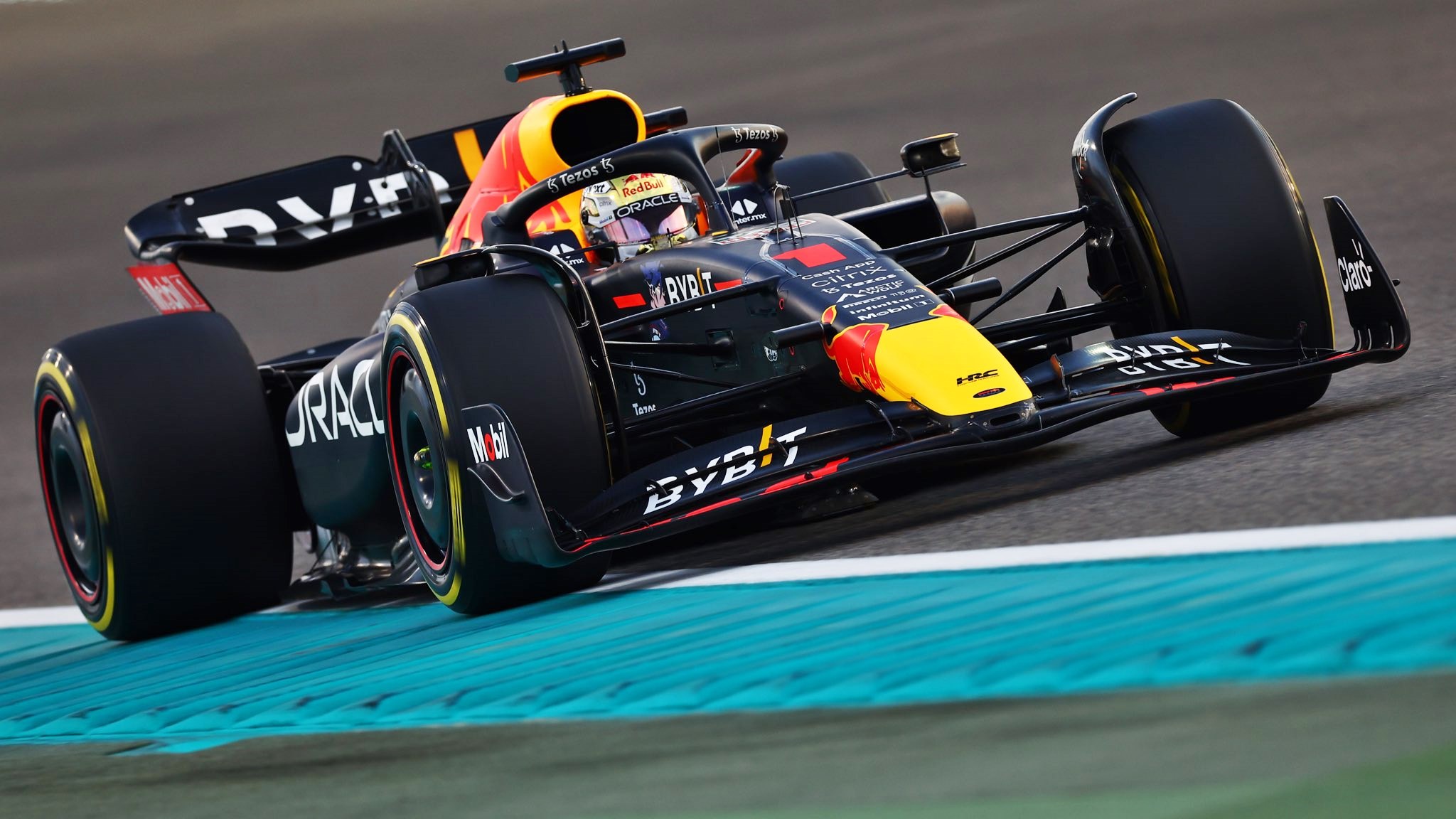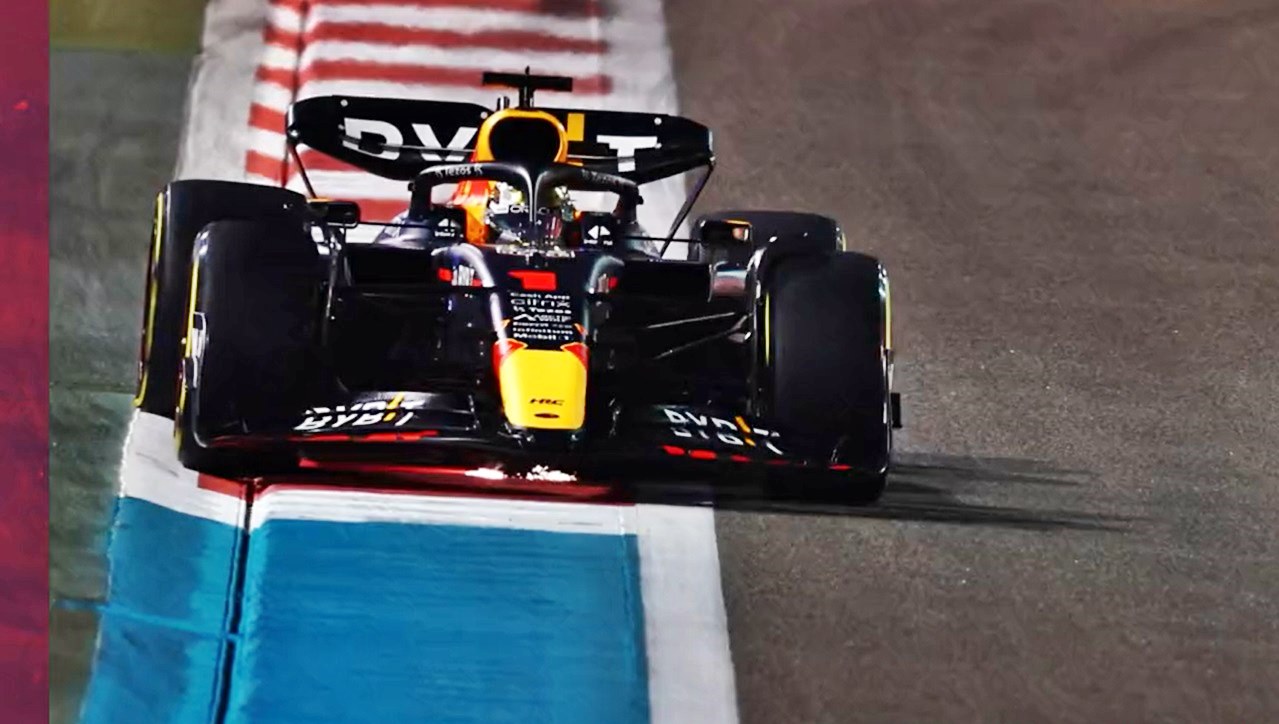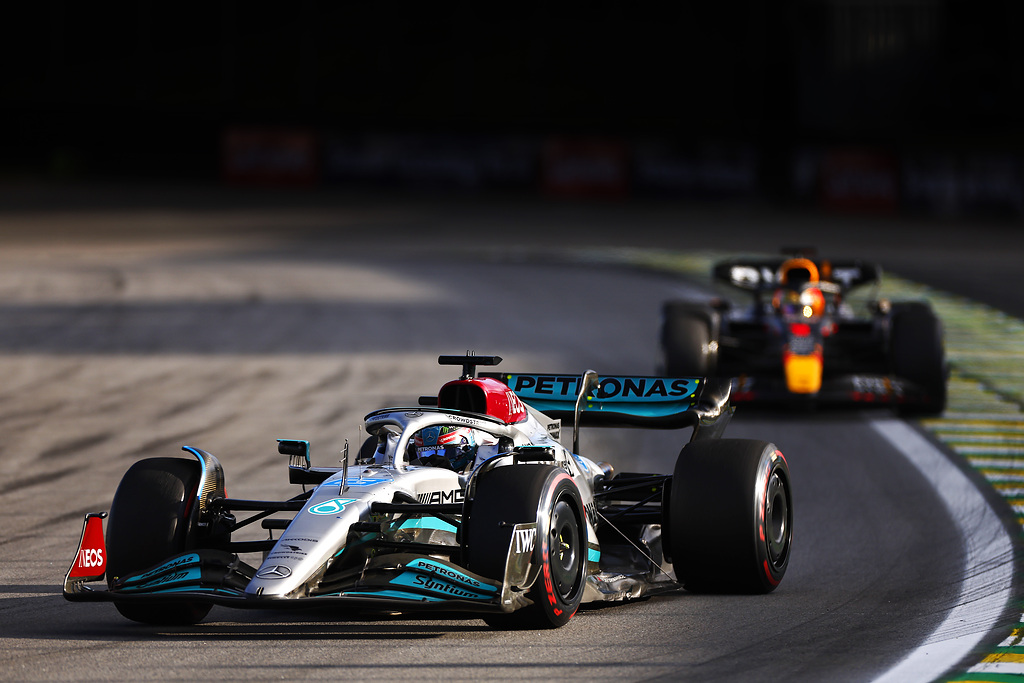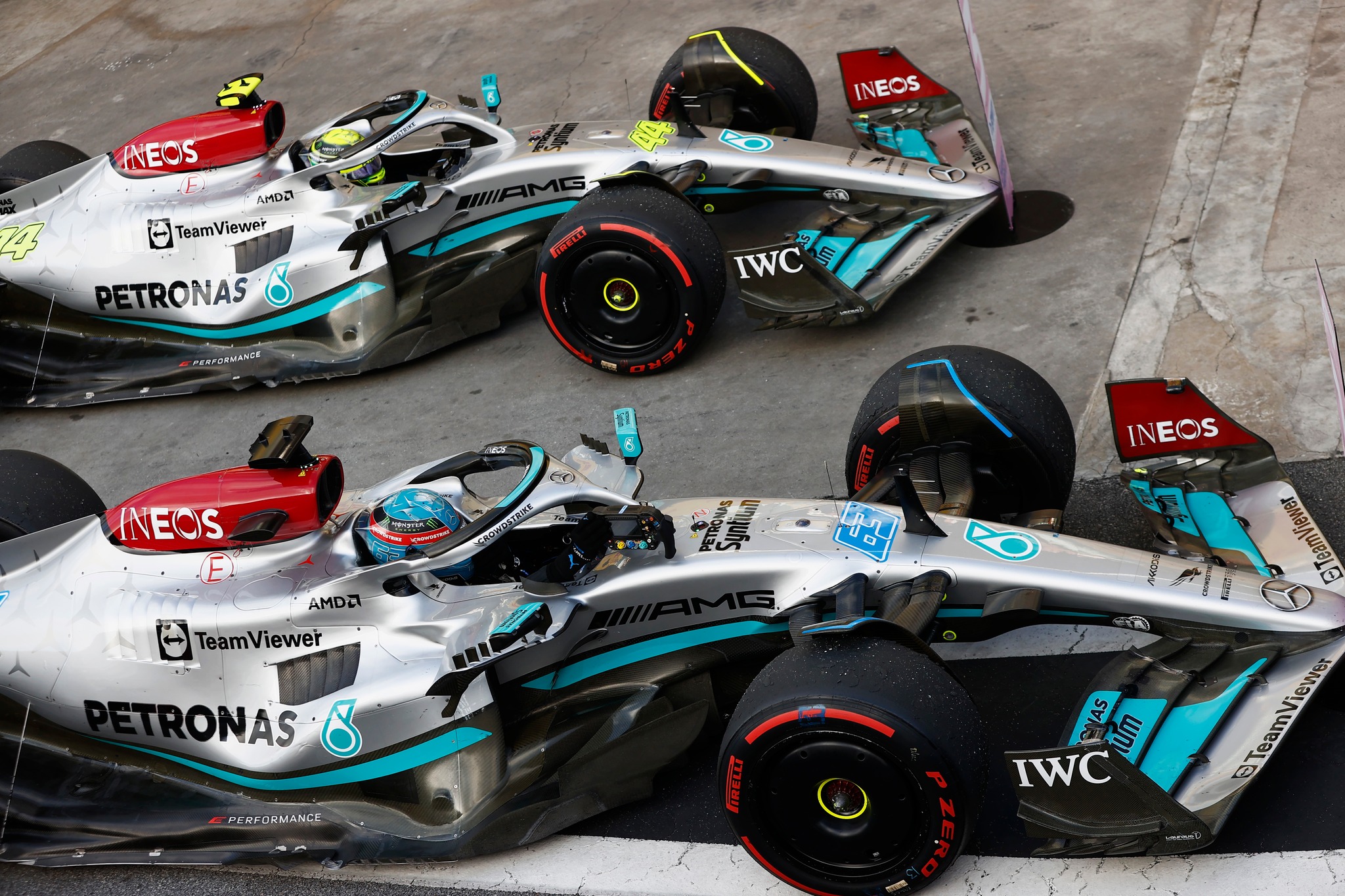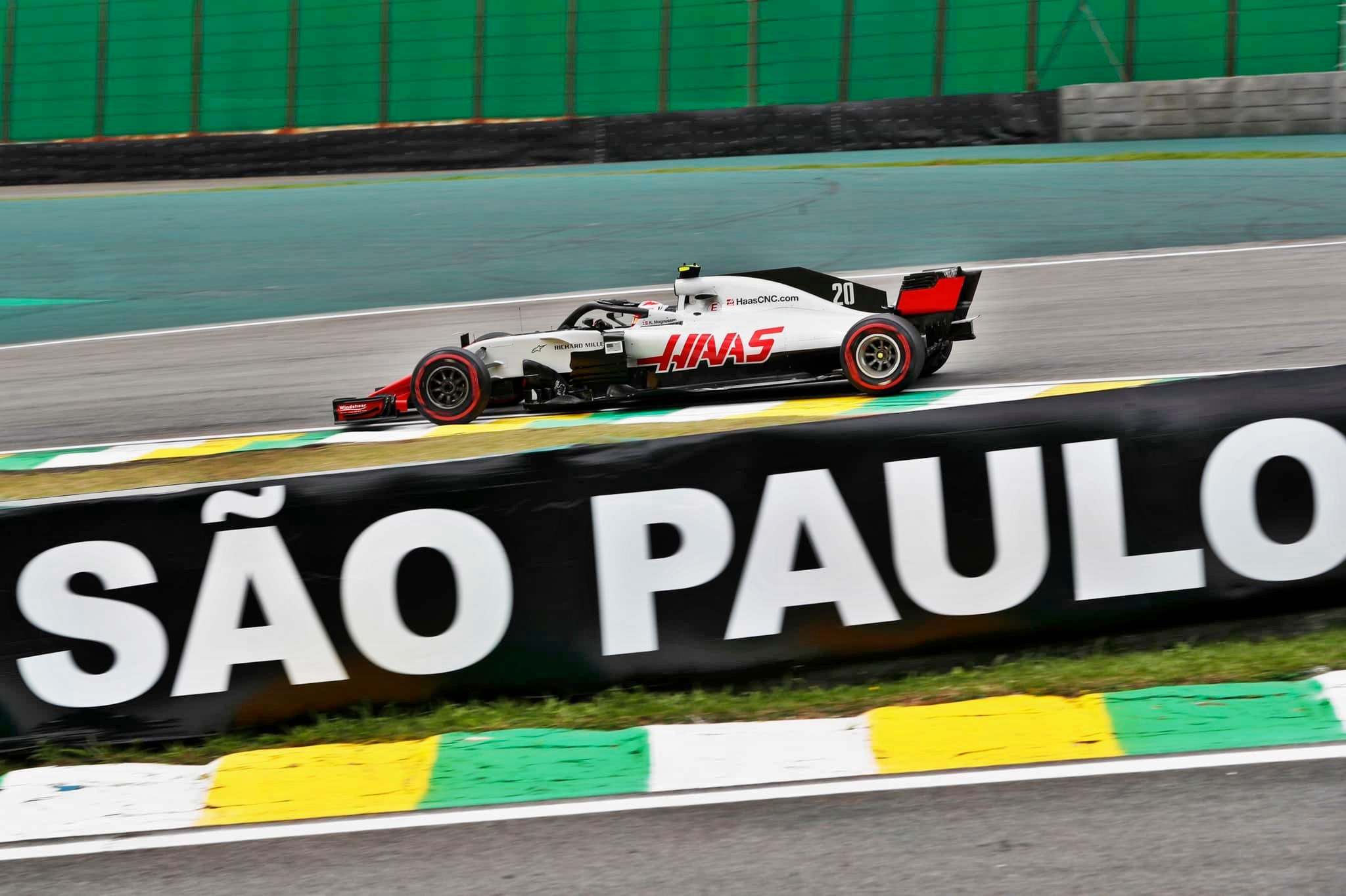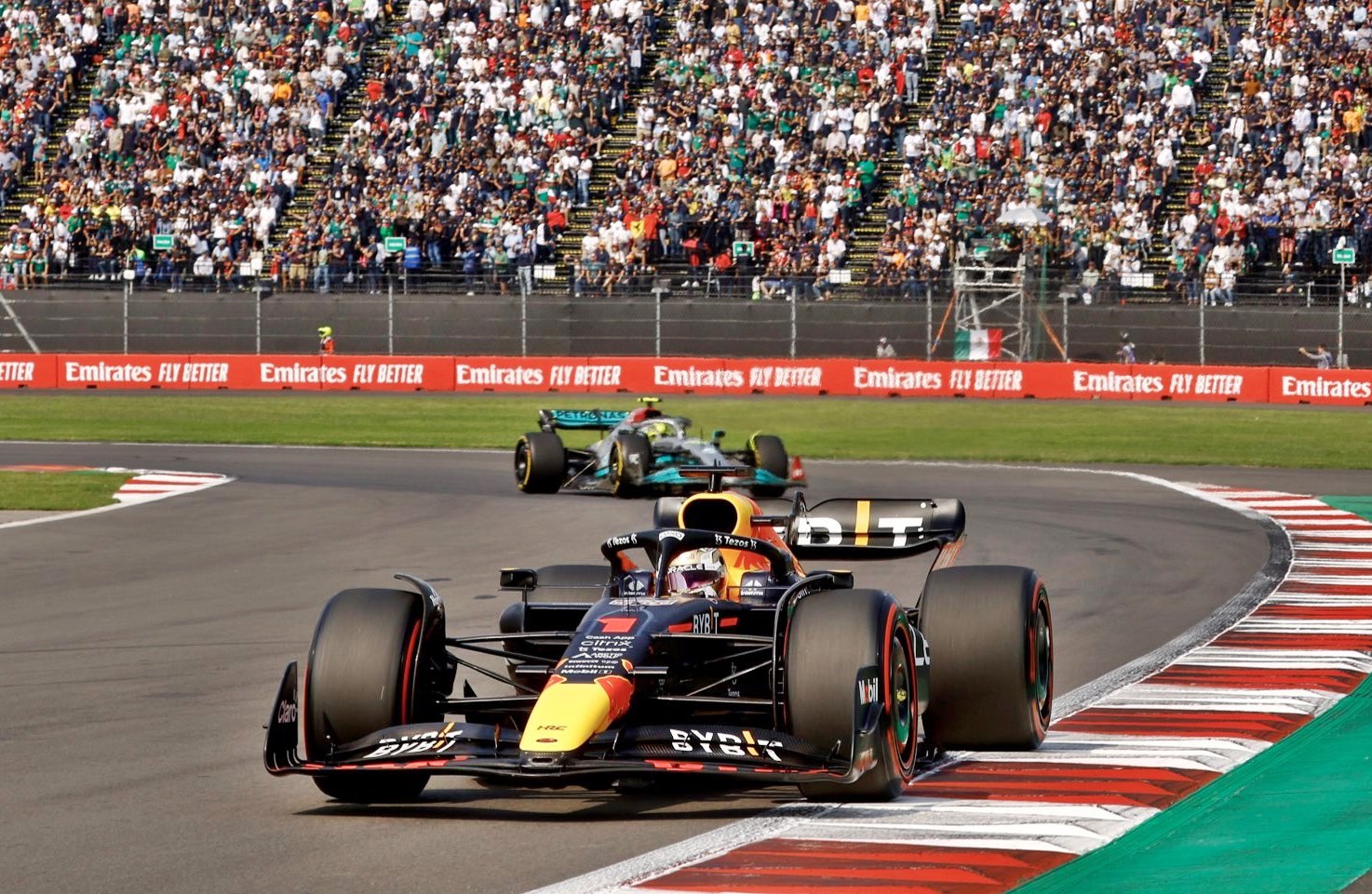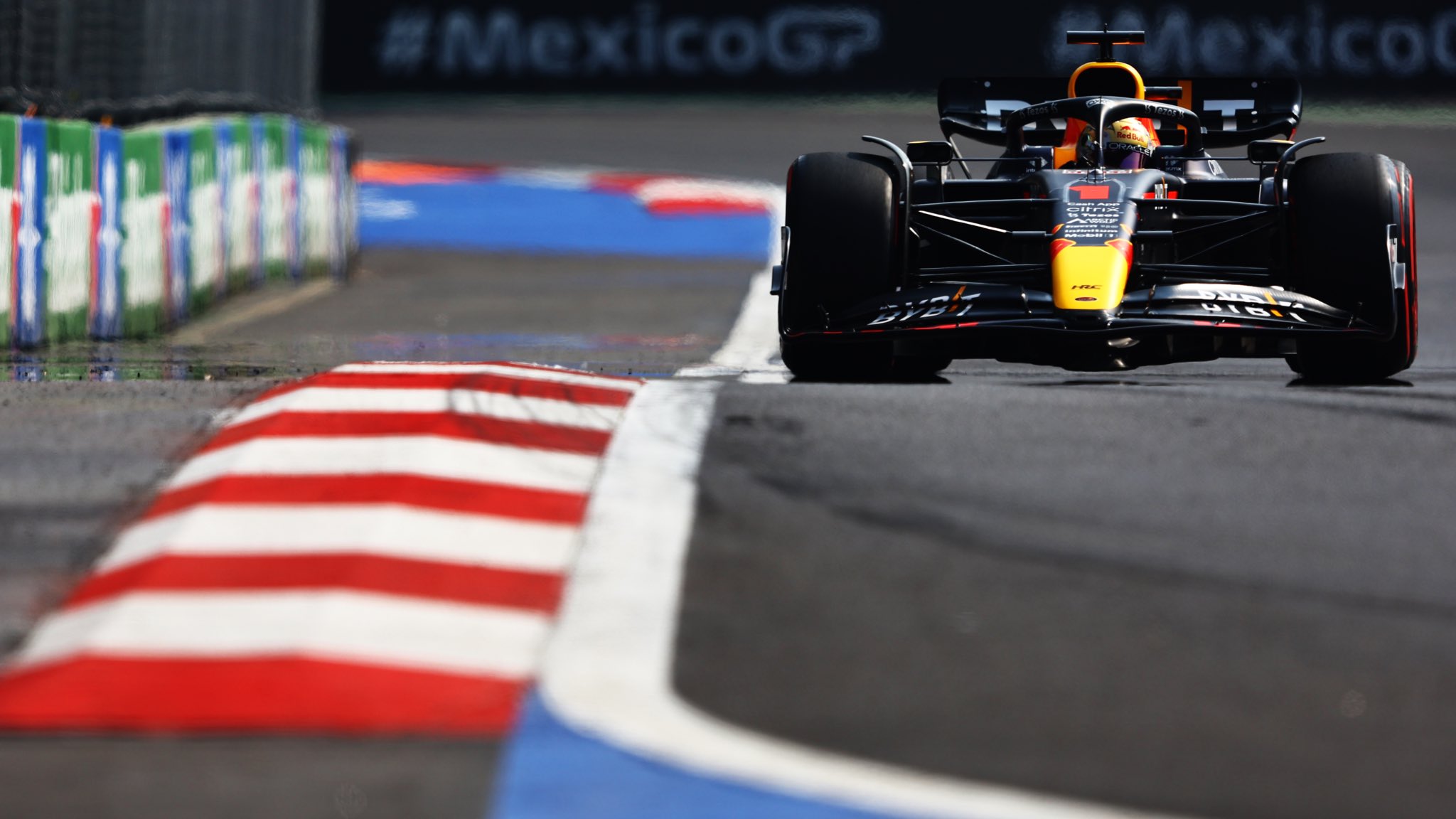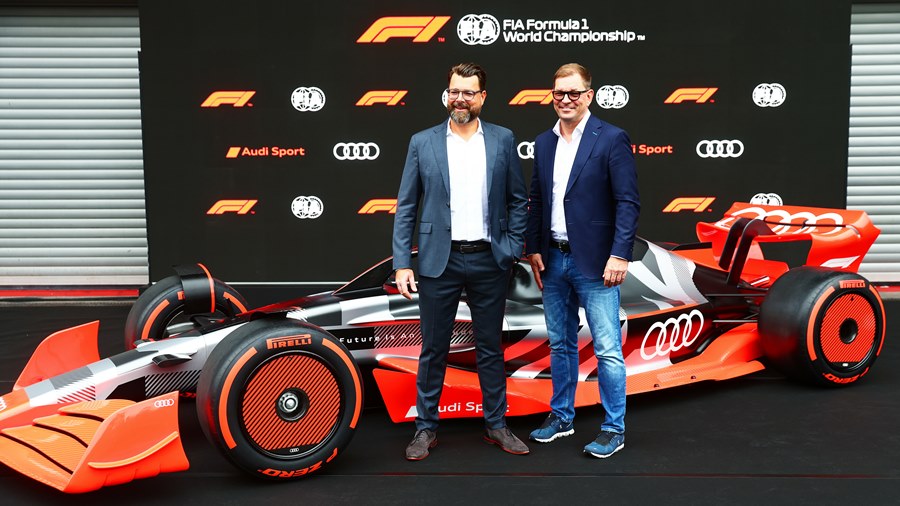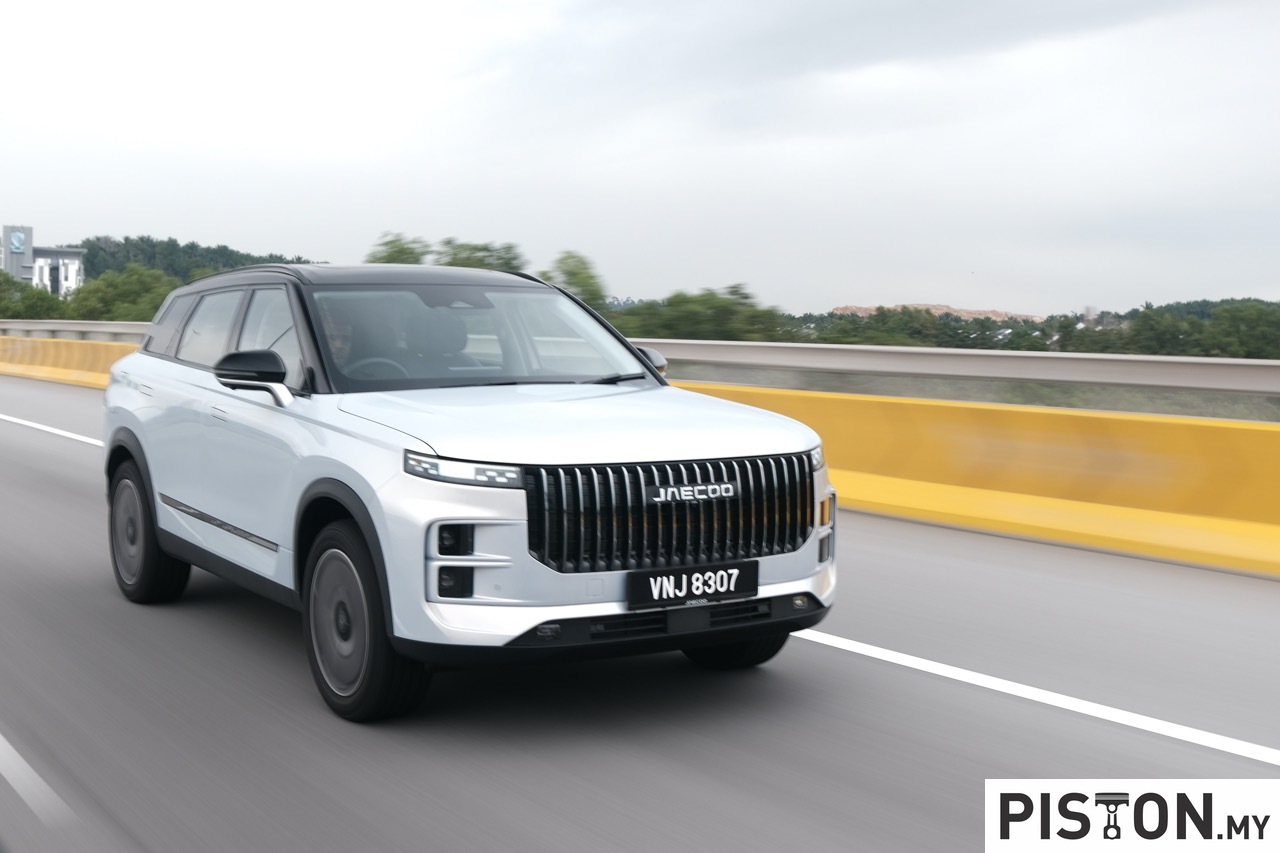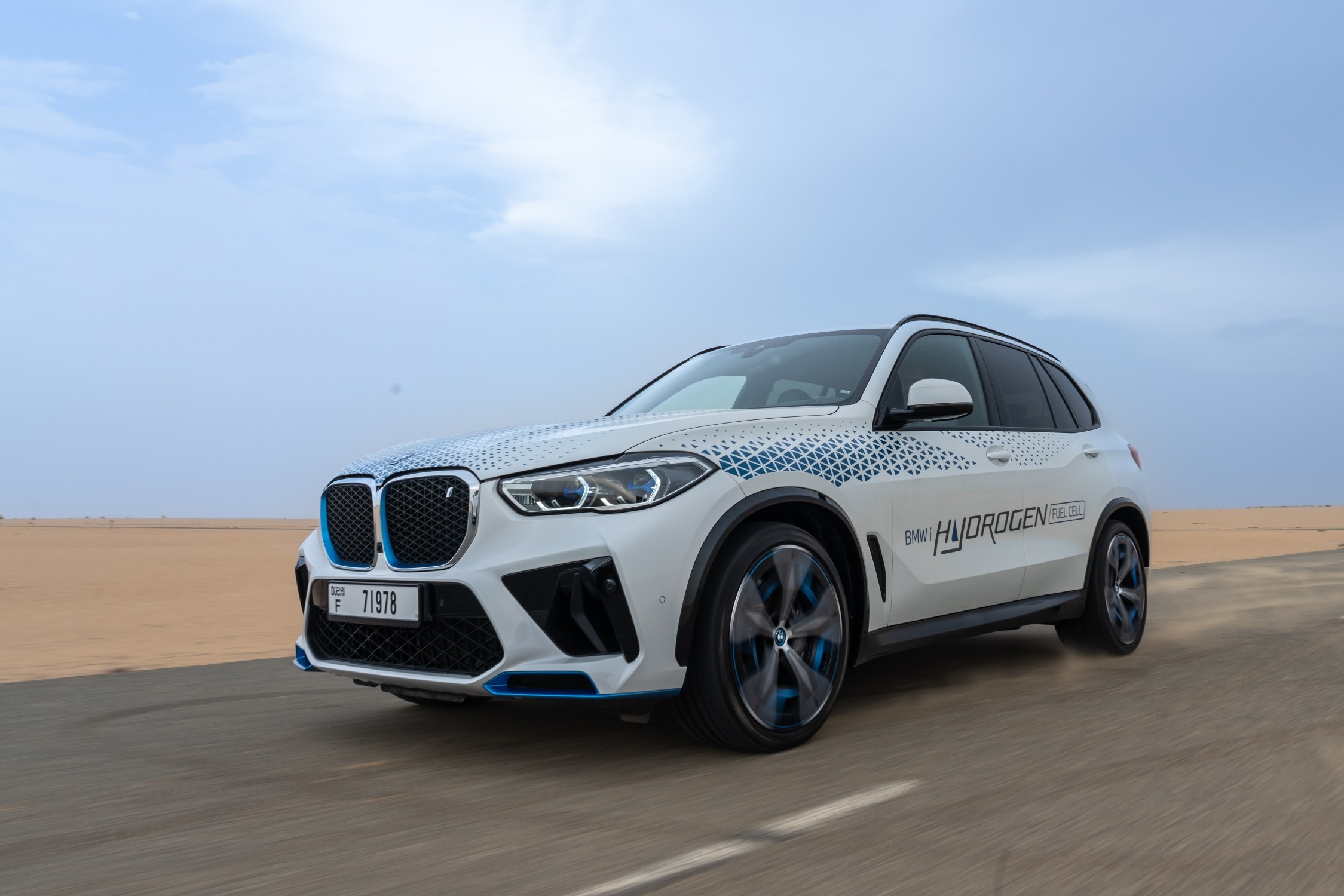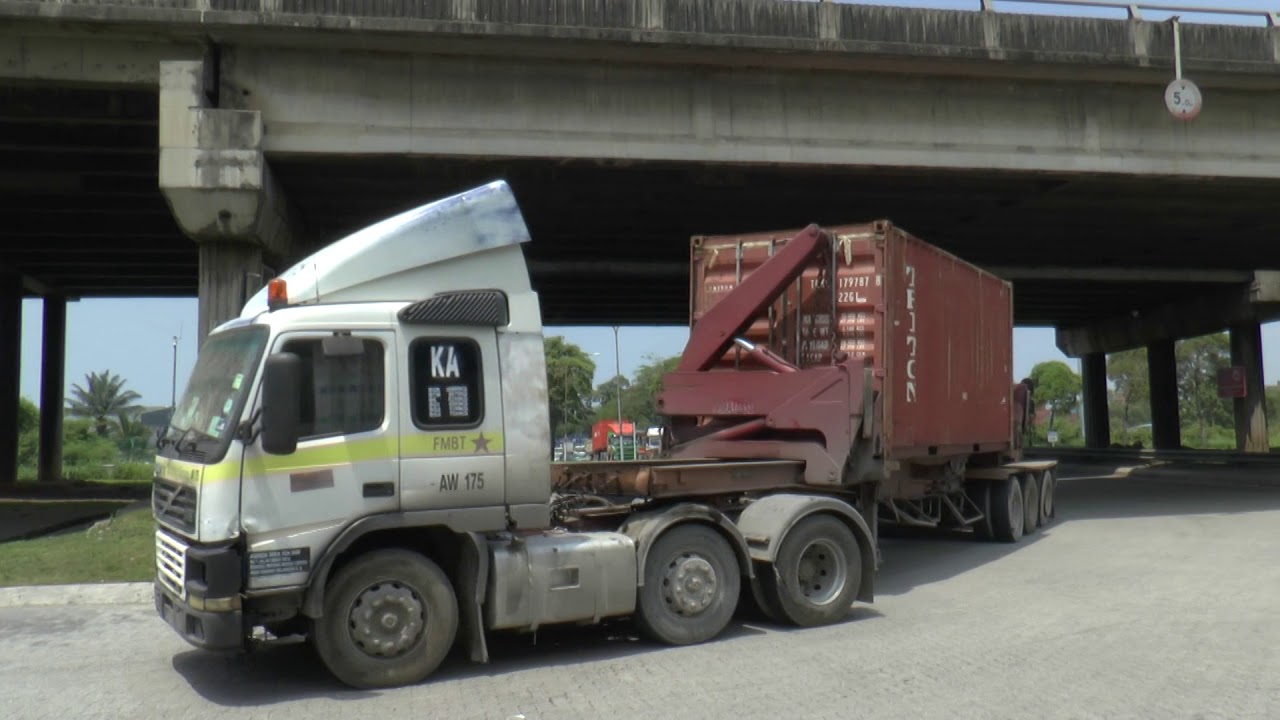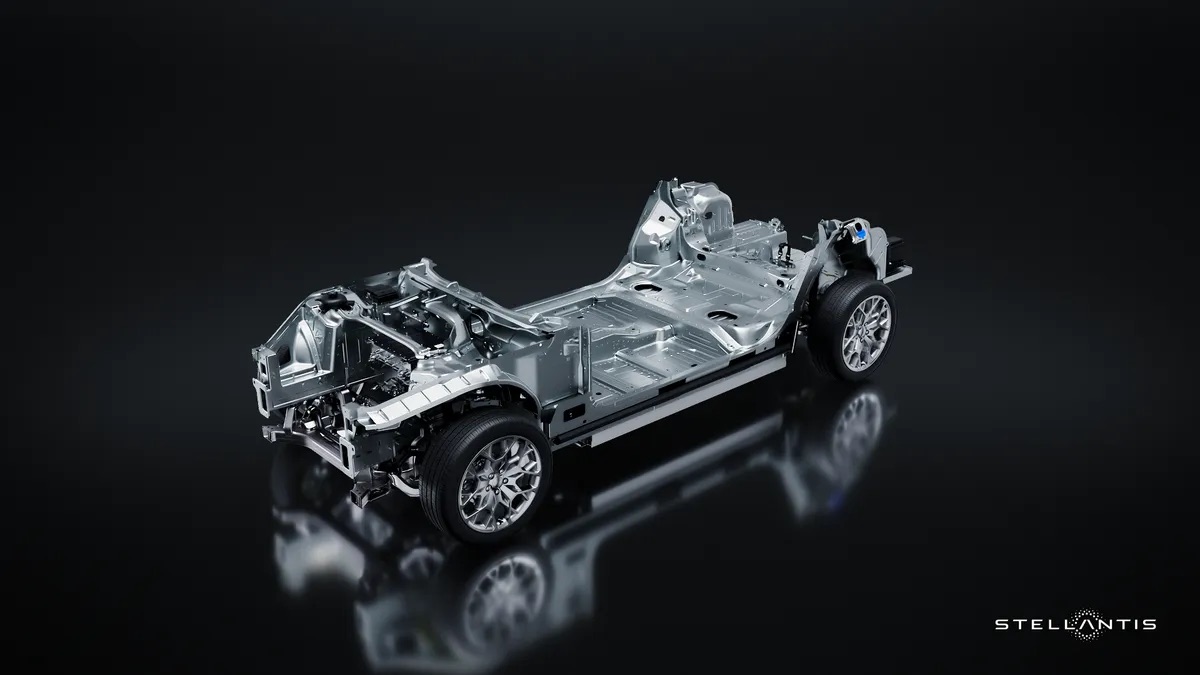Race starts in Jeddah at 8 pm/1 am (Monday) in Malaysia
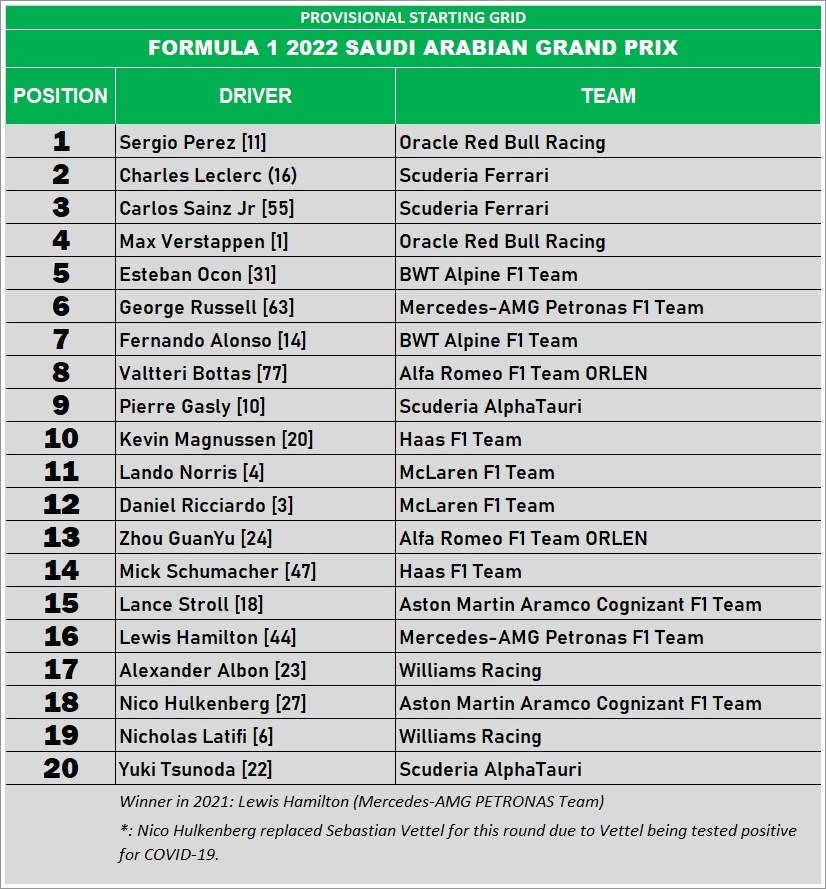
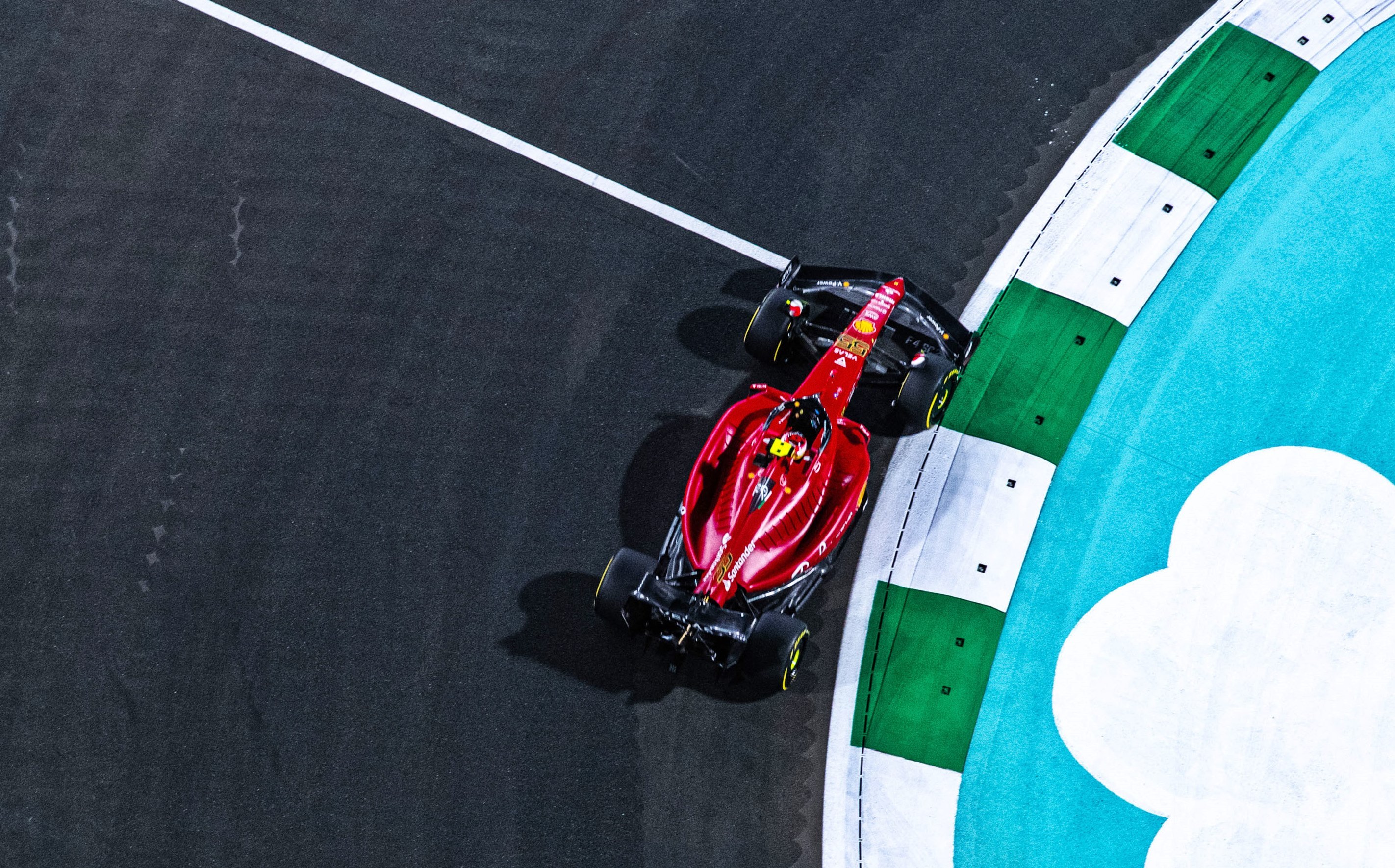
While the COVID-19 pandemic of 2020 caused cancellations and rescheduling of the rounds of Formula 1 World Championship, there have been many other times when certain rounds have not been run in the past. However, they were not due to conflicts or political issues in the host country, with the exception of the 2011 Bahrain Grand Prix which was cancelled when anti-government protests (inspired by the ‘Arab Spring’) led to concerns about security for the F1 participants.
This year, the conflict in Ukraine has seen the termination – not just cancellation – of the Russian Grand Prix in Sochi by Formula 1 as a response to the invasion of Ukraine. Yesterday, the second round of the 2022 championship in Jeddah, Saudi Arabia, was also the subject of security and safety concerns after an Aramco oil storage facility just 11 kms from the circuit was attacked by Yemen’s Houthis. However, after much discussion with government agencies and the teams, it was announced that the race would go on as there were sufficient assurances of protection.
“We have received total assurance that the country’s safety is first,” said Formula One CEO, Stefano Domenicali. “So they have in place all the systems to protect this area, the city, the places where we are going. So we feel confident and we have to trust the local authority in that respect.”
“The attacks had targeted economic infrastructure and not civilians. We have the assurance from a high level that this is a secure place, the whole thing will be secure and let’s go on racing,” added FIA President, Mohammed Ben Sulayem.
This second round of the 2022 championship is the Saudi Arabian Grand Prix and it is the second time the event is being run at Jeddah where the 6.174-km long Corniche Street Circuit has been created. Like the Bahrain round last weekend, this 50-lap race will be run after sunset with over 600 lights providing illumination (connected by 200,000 metres of cable and fibreoptic lines).
Very fast circuit
The young circuit has proven to be one of F1’s fastest circuits (and it also has the most corners this year). At an average speed of 253.9 km/h, Lewis Hamilton’s pole lap last year is second on the current calendar, behind Monza. It trails the Italian track, Silverstone (pre-2010 layout) and the Osterreichring in the all-time list.
A number of revisions have been made, mainly at improving the sight-lines for the drivers. This has been done by moving the barriers further back. The track at the final Turn 27 has been widened to 12 metres, and that could mean a quicker lap time than last year.
However, as will be the case at every track this year, the redesigned cars for 2022 will require understanding of the new demands. With the walls close and the stakes high, judgment and precision will be key factors for victory.
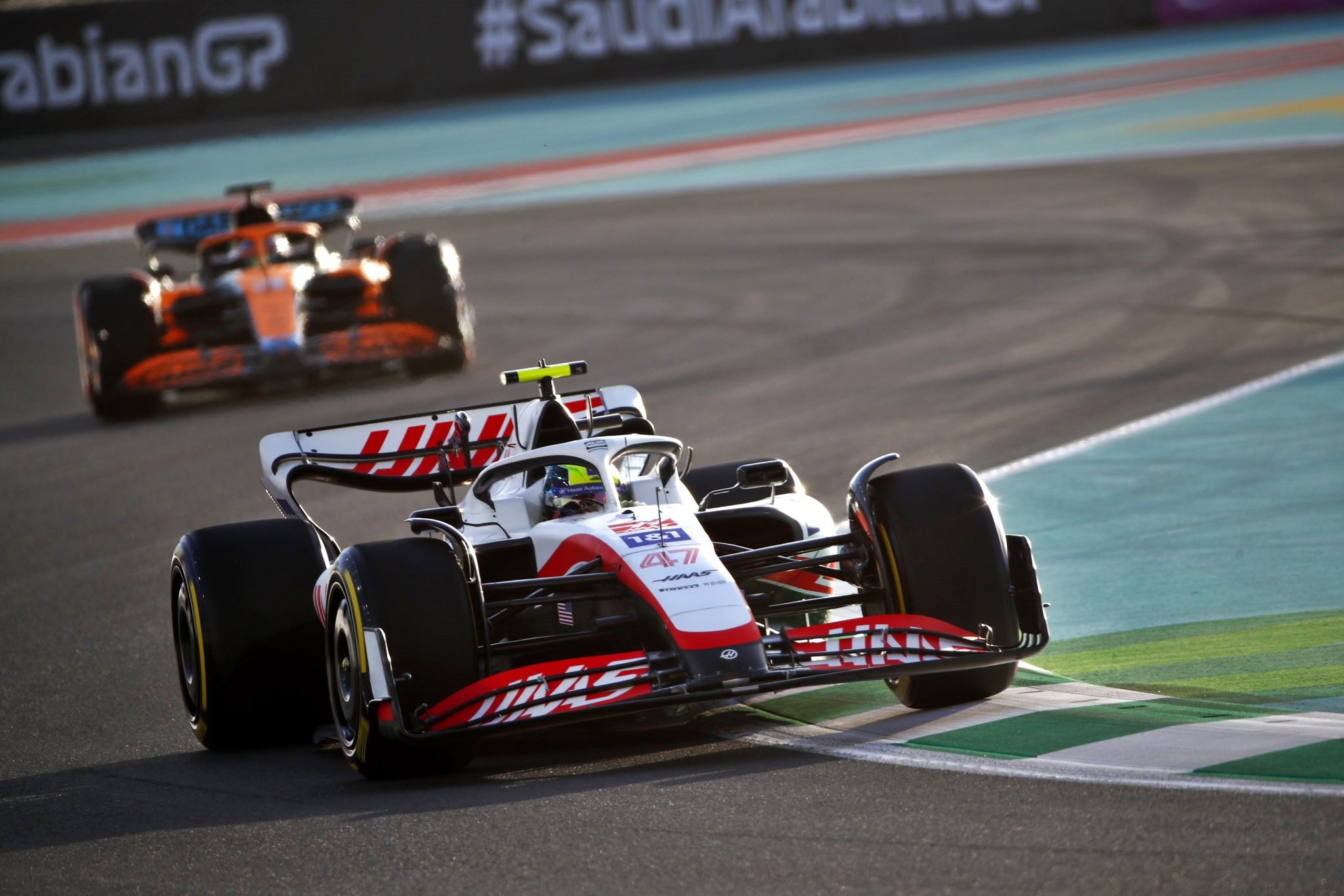
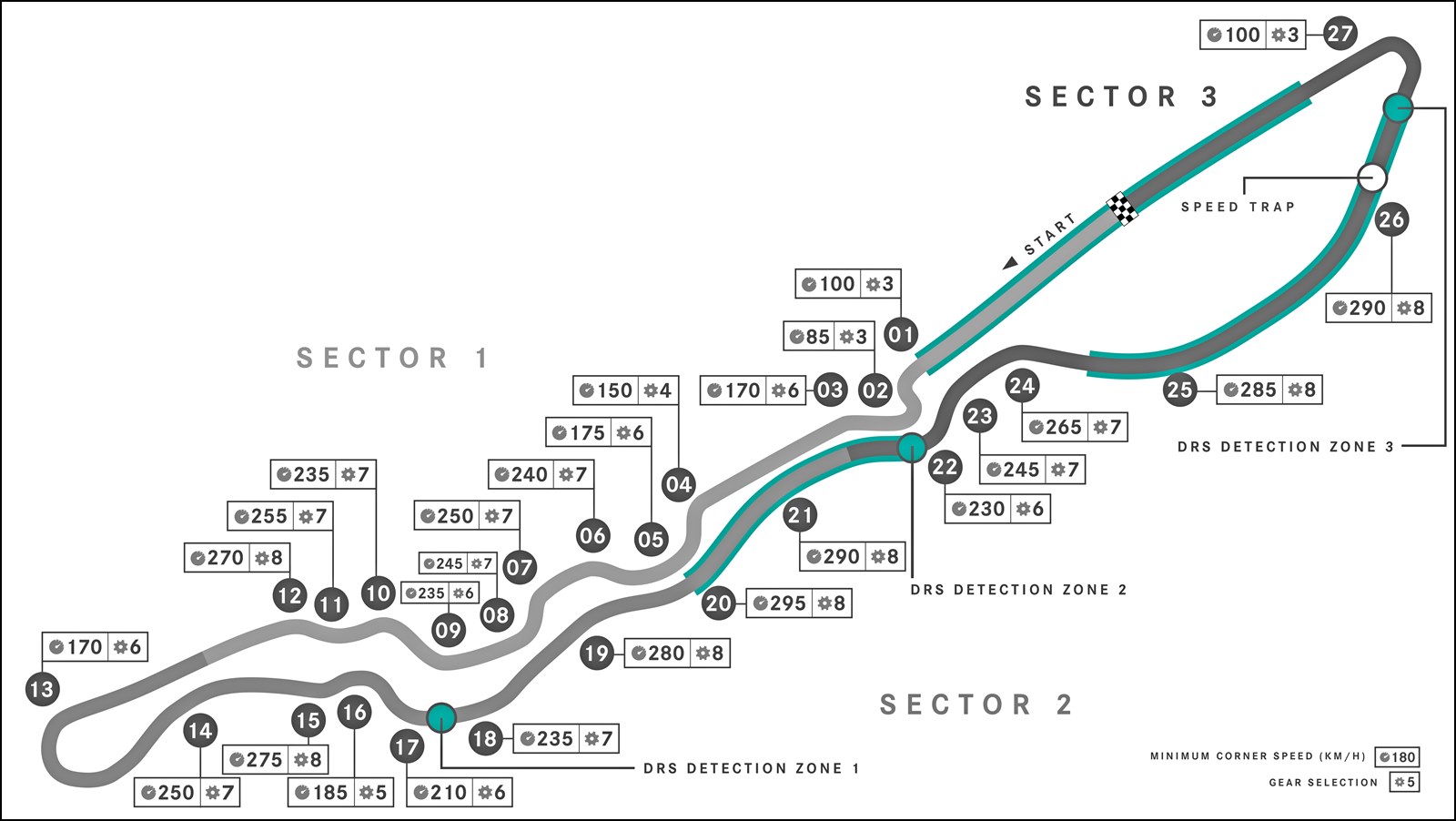
“The Jeddah circuit marks a completely different challenge compared to the opening Grand Prix in Bahrain due to the diverse track characteristics, both in terms of layout and asphalt. Drivers will also use a softer range of compounds this weekend to cope with the specific demands of the track, which is nearly as quick as Monza. The teams have no experience of these tyres and cars on the circuit, and conditions could be somewhat different from last time in Saudi Arabia just 4 months ago – with the race now being held at a different time of year and a few track modifications in store,” said Pirelli’s Motorsport Director, Mario Isola.
Brembo supplies all teams
The Brembo Group is supplying all the teams with its calipers, the first time since 1975. All 20 cars will have new nickel-plated and machined from billet 6-piston calipers, the maximum number allowed by the regulations. Five of the teams will also use by-wore units to manage rear braking, allowing balancing of braking forces between front and rear wheels.
Brembo engineers have also worked with each team to customize many of the brake systems because each racing car is set up differently. Some teams opt for lighter and less rigid calipers, while others choose stiffer, heavier set-ups; so the weight/stiffness ratio has to be optimized for each brake caliper. In-wheel sensors keep the team’s engineers informed of the disc and caliper temperatures at all times so they and the drivers can regulate and optimize braking performance.
Some of the new regulations have affected brake disc design. Until 2021, discs could be pierced with up to 1,480 holes of 2.5 mm diameter. This year, the requirements allow for between 1,000 and 1,100 holes at the front and around 900 at the back, compared with 1,050 holes previously. The updated rules also impose a new minimum diameter of 3 mm. This means that while disc thickness stays the same, there will be fewer and larger holes, reducing cooling ability.
Perforated brake pads have also been banned this season, so Brembo is offering teams a choice of two alternative configurations. In terms of weight, the 2022 braking system is around 700 gms heavier per wheel, adding almost 3 kgs to the total weight of cars compared to last season.
Changing dominance?
The new era of F1 has already lived up to expectations that the dominance of Mercedes-AMG and Red Bull Racing can be challenged by others, and Ferrari’s victory in the first round showed this. While the reigning champions Mercedes-AMG will be looking to do better than third (and not from the misfortune of others), Red Bull Racing has revealed that the sudden power failures to both its cars in the closing laps was because of a fault in fuel delivery which they do not expect to happen again.
Haas F1 had a surprising performance without Nikita Mazepin around (not that he contributed any points last year) as Kevin Magnussen finished fifth, and Mick Schumacher was just one position short of the top 10 finishers. George Russell also did well in his first official drive with the Mercedes-AMG team (second if you include the stand-in drive last year), while the tenth placing by newcomer Zhou GuanYu was commendable for his very first F1 race.




